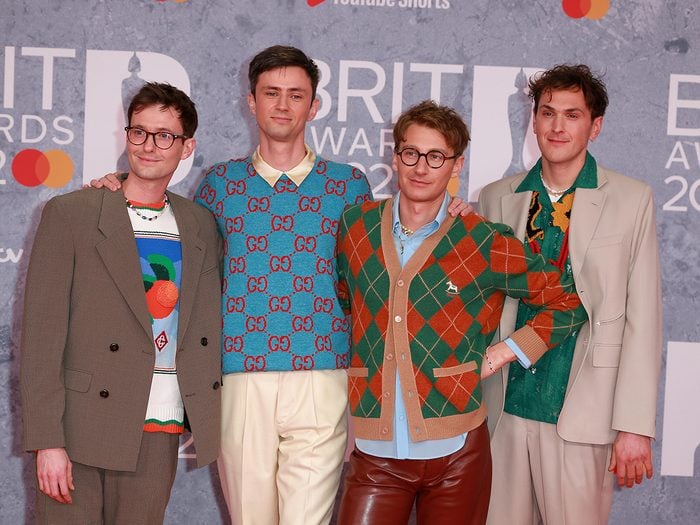
The Most Popular Song From Each Year
2022: “Heat Waves” — Glass Animals
Even if you’ve never heard of Glass Animals, you’ve certainly heard their hummable hit “Heat Waves,” which dominated the airwaves throughout 2022.
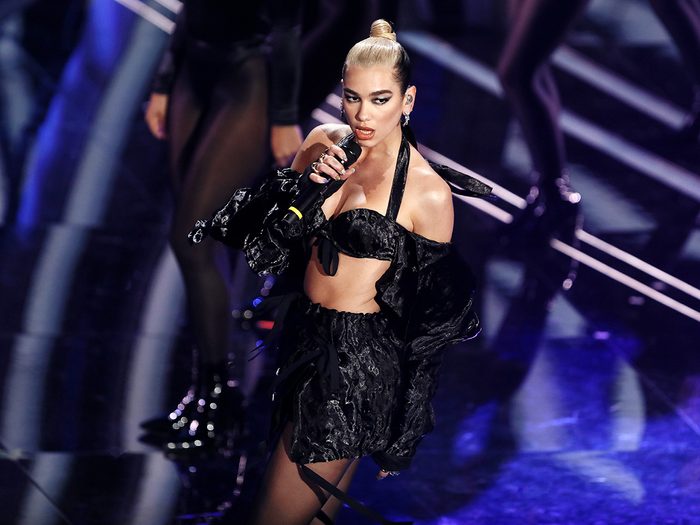
2021: “Levitating” — Dua Lipa
In 2021, Dua Lipa set a Guinness World Record for the most monthly listeners on Spotify for a female recording artist. It’s a sure bet that this catchy jam was the driving force behind that achievement, especially when you consider the video has generated nearly 600-million views on YouTube alone.

2020: “Blinding Lights” — The Weeknd
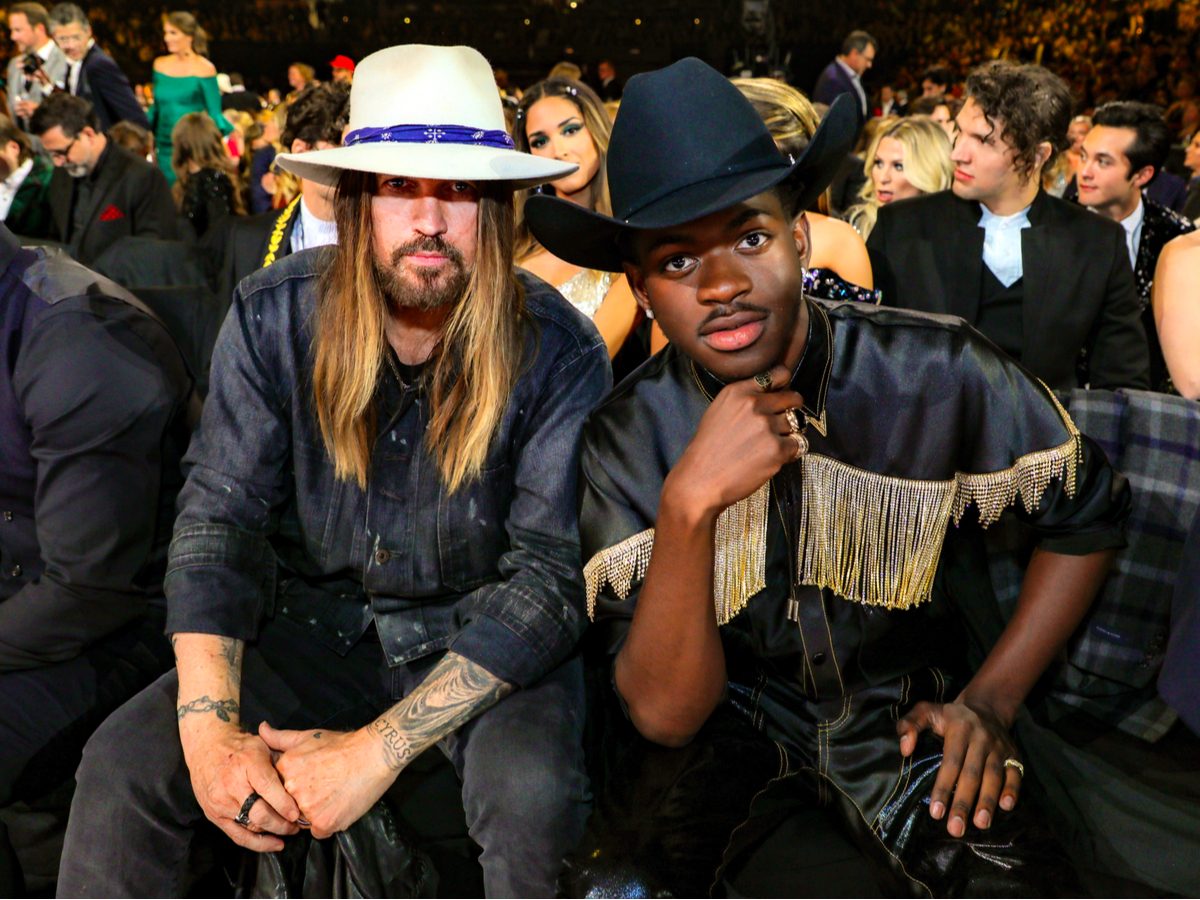
2019: “Old Town Road” — Lil Nas X featuring Billy Ray Cyrus
There’s a pretty good chance you heard “Old Town Road” at some point in 2019—after all, the song remained at the top of the Billboard Hot 100 for a record-breaking 19 consecutive weeks. Debates about its genre aside, “Old Town Road,” with its memorable hook and standout turn by Cyrus, is too catchy to ignore.
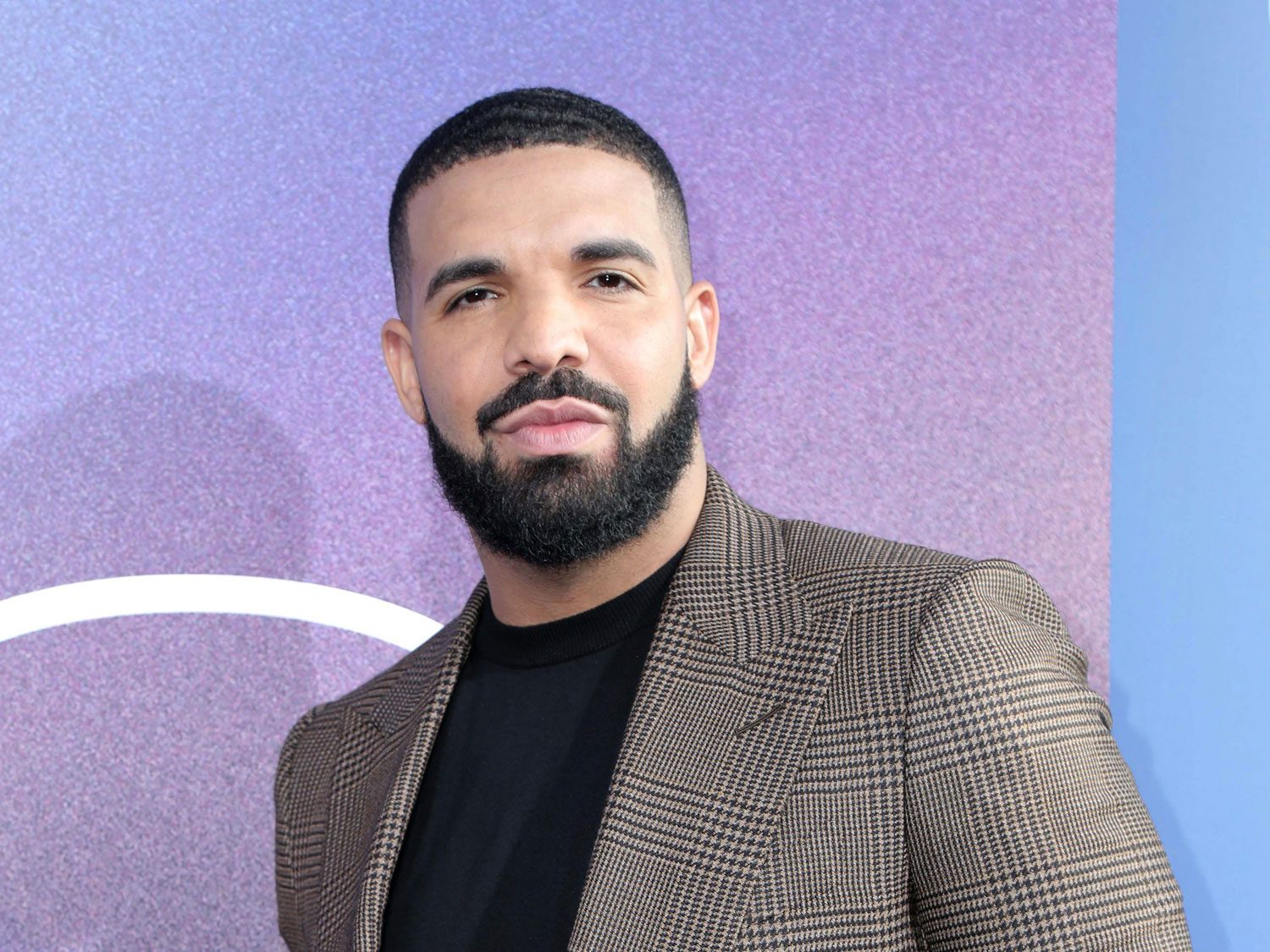
2018: “God’s Plan” — Drake
Canadian rapper and Toronto Raptors ambassador Drake secured his superstar status when he scored three No. 1 hits in 2018: “Nice for What,” “In My Feelings” and “God’s Plan,” which nabbed the top spot for 11 straight weeks.

2017: “Shape of You” — Ed Sheeran
British singer-songwriter Ed Sheeran originally wrote “Shape of You” for Rihanna, but was eventually convinced by his record label to keep it for himself.

2016: “Love Yourself” — Justin Bieber
“Love Yourself”—co-written by Ed Sheeran—became Justin Bieber’s third consecutive No. 1 on the Billboard Hot 100. Fans and critics alike have speculated whether or not it’s based on Bieber’s former girlfriend, Selena Gomez.

2015: “Uptown Funk” — Mark Ronson featuring Bruno Mars
British producer Mark Ronson, who’s worked with the likes of Adele and Amy Winehouse, teamed up with Bruno Mars for this infectious tribute to 1980s funk.
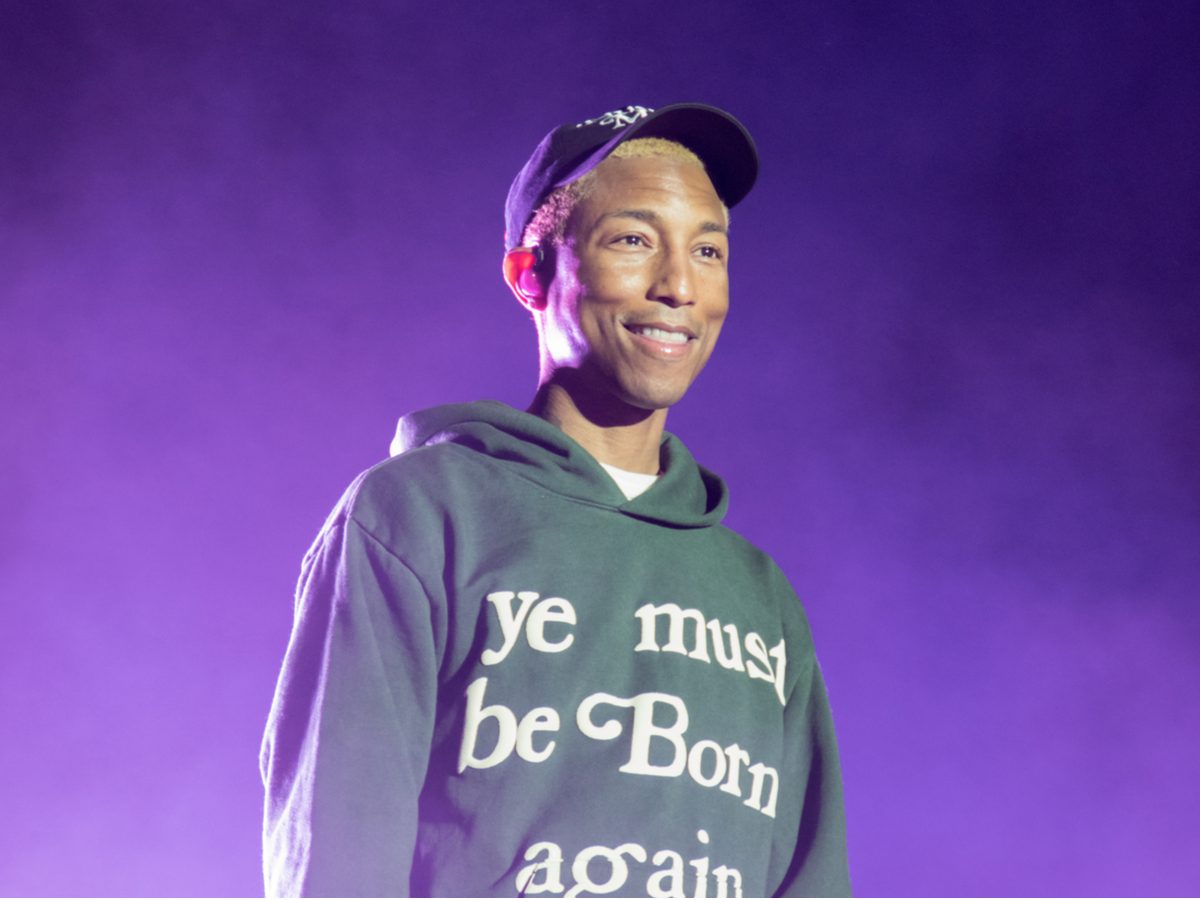
2014: “Happy” — Pharrell Williams
Released as part of the Despicable Me 2 soundtrack, “Happy” sees Pharrell Williams doing his best Curtis Mayfield impression against a uptempo neo-soul backdrop.
For more great film soundtracks, check out 10 Best Original Score winners that are worth rewatching.

2013: “Thrift Shop” — Macklemore & Ryan Lewis featuring Wanz
With lines like “I’ll wear your granddad’s clothes, I look incredible,” “Thrift Shop” was the unexpected hit of 2013. Macklemore and Ryan Lewis’ tribute to the joys of consignment shops and smart spending made the indie rap duo household names.
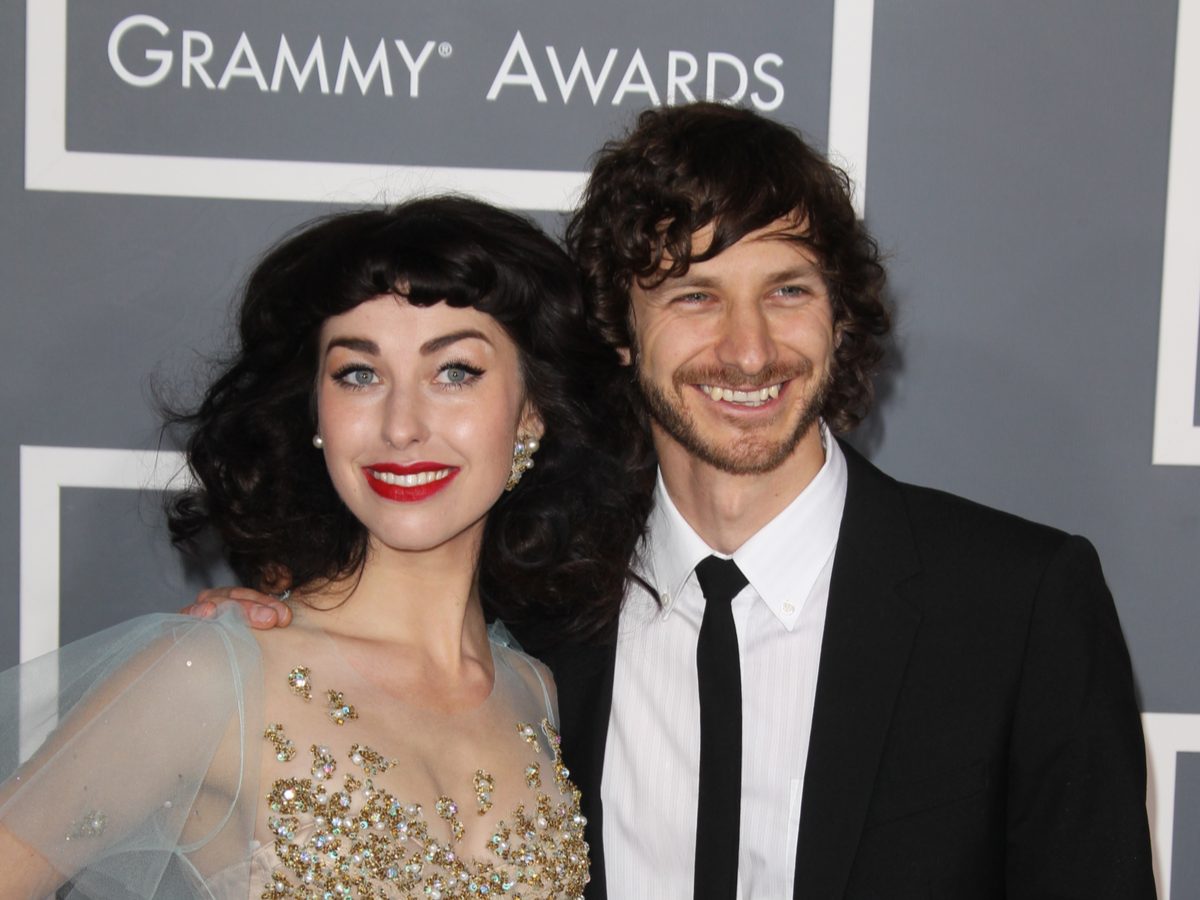
2012: “Somebody That I Used to Know” — Gotye featuring Kimbra
If there were a Hall of Fame for break-up songs, this unlikely chart-topper would surely be on the inaugural list of inductees. Nearly a decade later, “Somebody That I Used to Know” still packs a heck of a punch. (Its music video is just as memorable.)
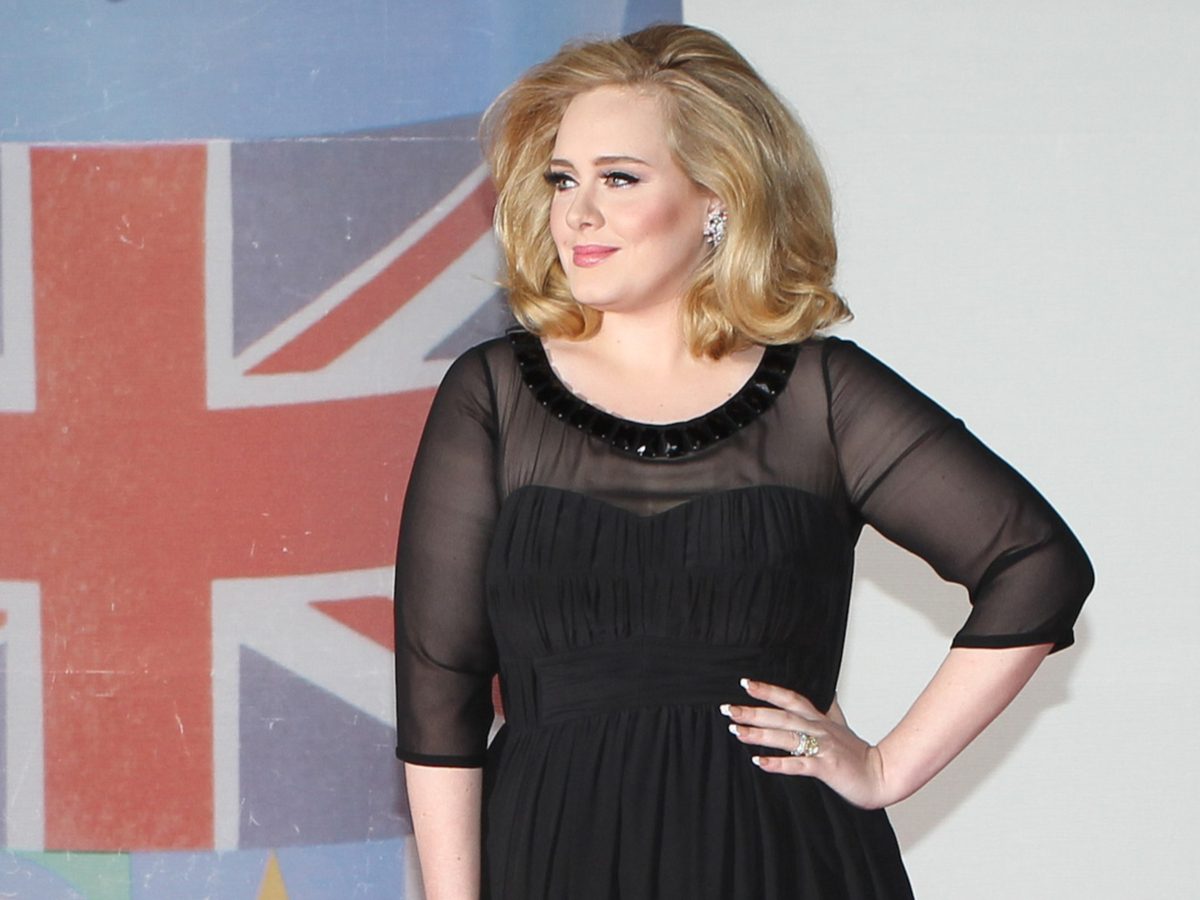
2011: “Rolling in the Deep” — Adele
Adele had already been a star before 2011, but with the release of “Rolling in the Deep,” the singer-songwriter achieved next-level fame.
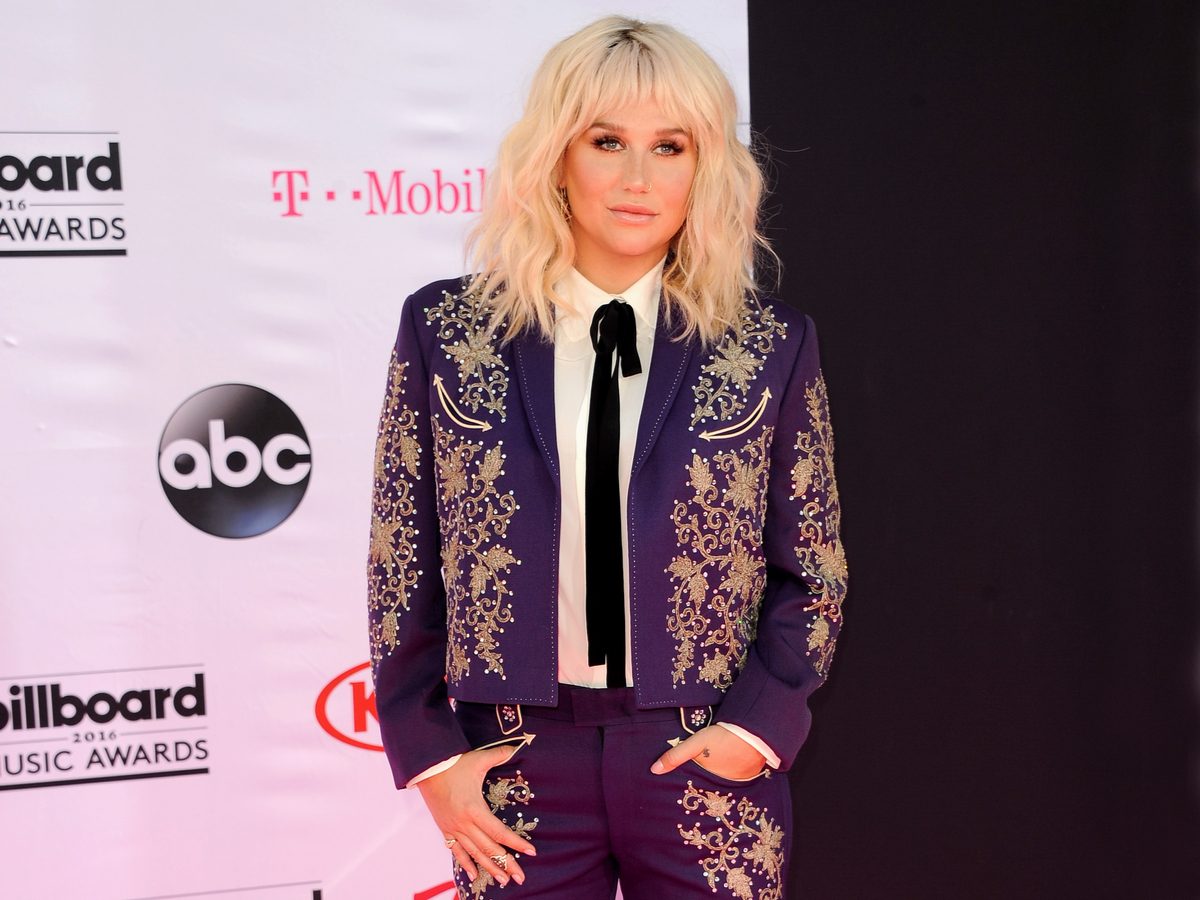
2010: “Tik Tok” — Kesha
A decade before it was the app of the COVID-19 lockdown, “Tik Tok” was Kesha’s debut single. The catchy pop tune documents a debauched night of partying, which (naturally) doesn’t start ’til Kesha walks in.
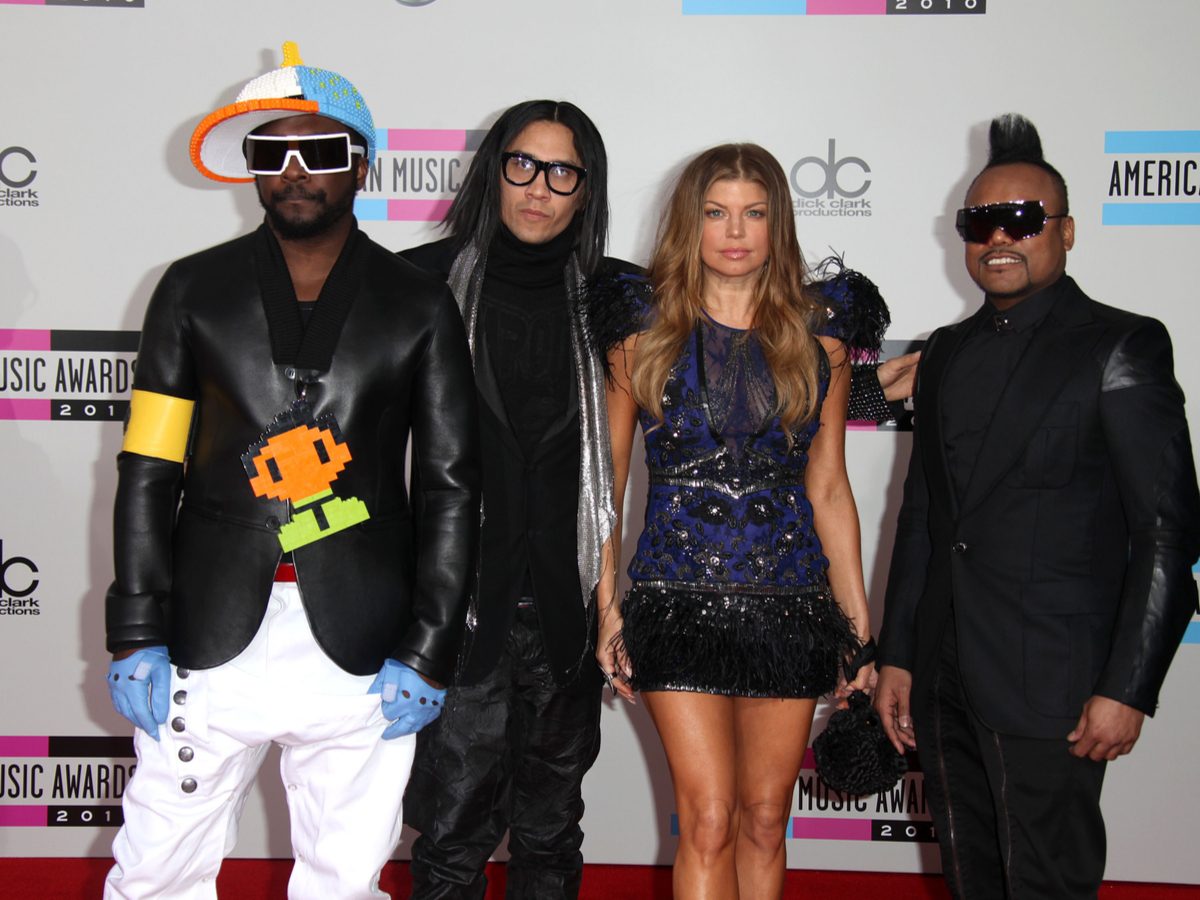
2009: “Boom Boom Pow” — The Black Eyed Peas
Just how much of an impact did “Boom Boom Pow” make? The smash hit reached the top of the charts in the United States, Canada, Australia, and the UK, as well as reaching the top 10 in more than 20 other countries.
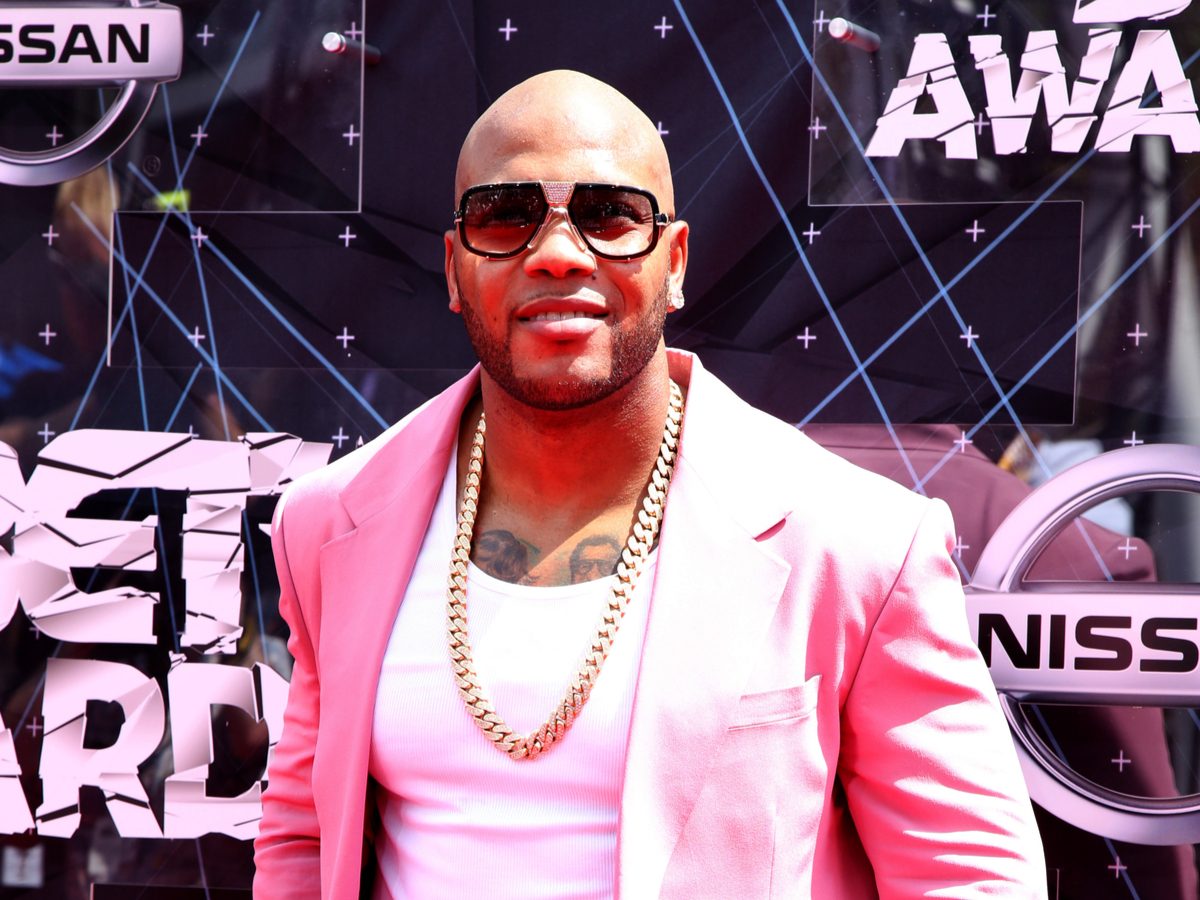
2008: “Low” — Flo Rida featuring T-Pain
The lyrics of “Low” are packed with late-2000s references (Apple Bottom jeans, boots with fur, etc.), but this hip-hop time capsule remains a banger today.
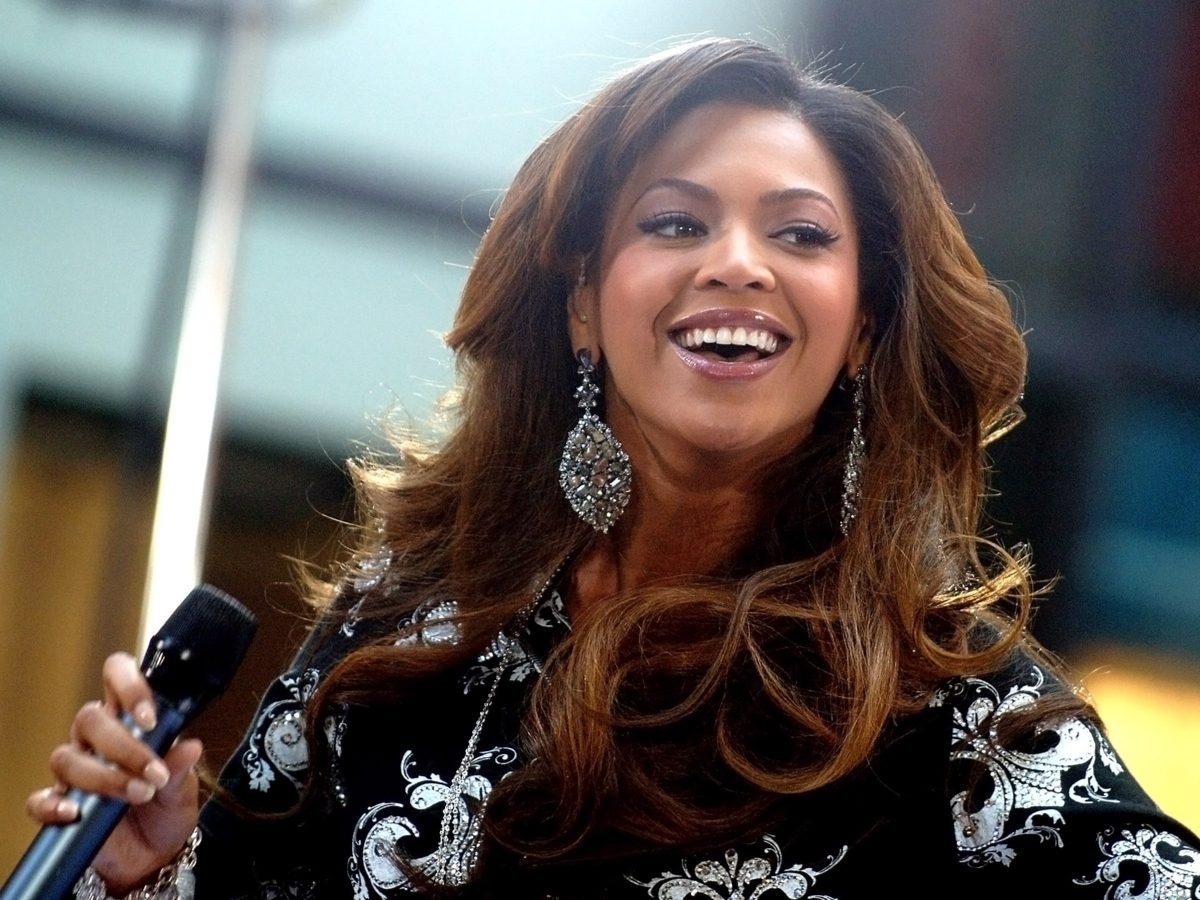
2007: “Irreplaceable” — Beyoncé
Beyoncé discovers her partner has cheated on her. Her response? Three-and-a-half minutes of unforgettable parting lines. (Our favourite: “It’s my name on that Jag, so remove your bags and let me call you a cab.”)
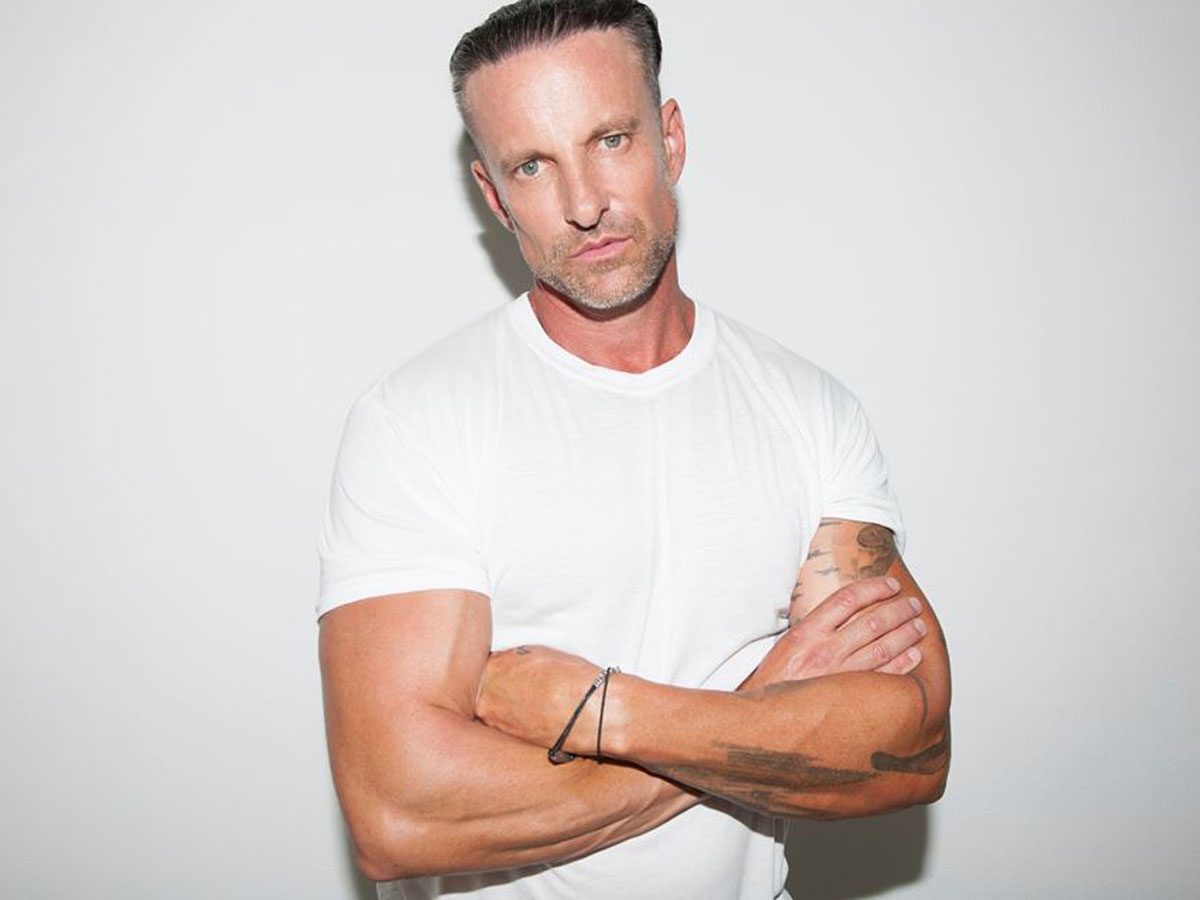
2006: “Bad Day” — Daniel Powter
Best known as the “elimination song” for American Idol contestants, “Bad Day” was the most-played song in the UK between 2002 and 2008, according to London-based copyright collective PRS for Music.

2005: “We Belong Together” — Mariah Carey
After her popularity waned in the early 2000s, “We Belong Together” was something of a comeback for Mariah Carey. And what a comeback it was: the second single from The Emancipation of Mimi remained No. 1 on the Billboard Hot 100 for a whopping 14 weeks.
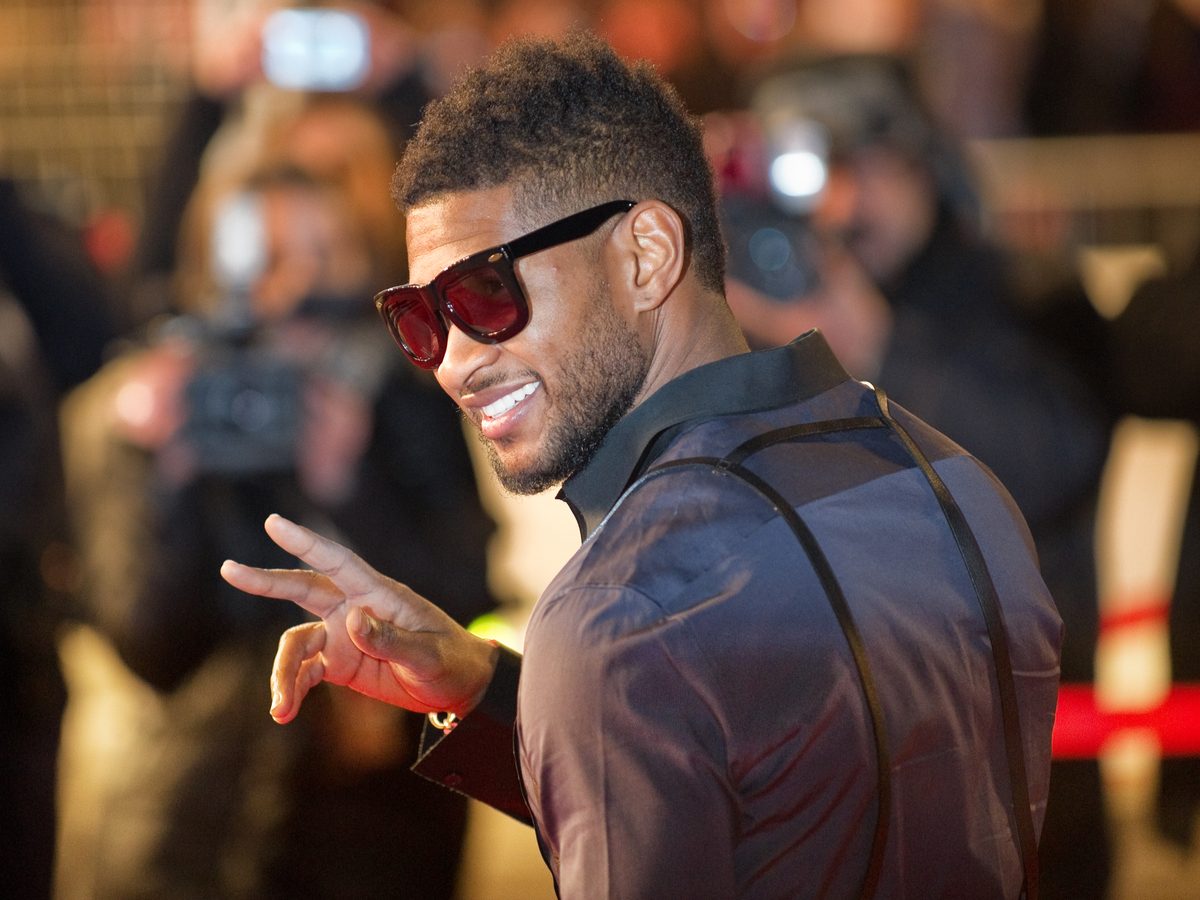
2004: “Yeah!” — Usher featuring Lil Jon and Ludacris
Despite staying at No. 1 for 12 consecutive weeks and becoming Usher’s signature song, “Yeah!” almost didn’t make the cut on the landmark album, Confessions. “Nobody knew it was going to be that huge of a record,” Usher later revealed in an interview with Rolling Stone.
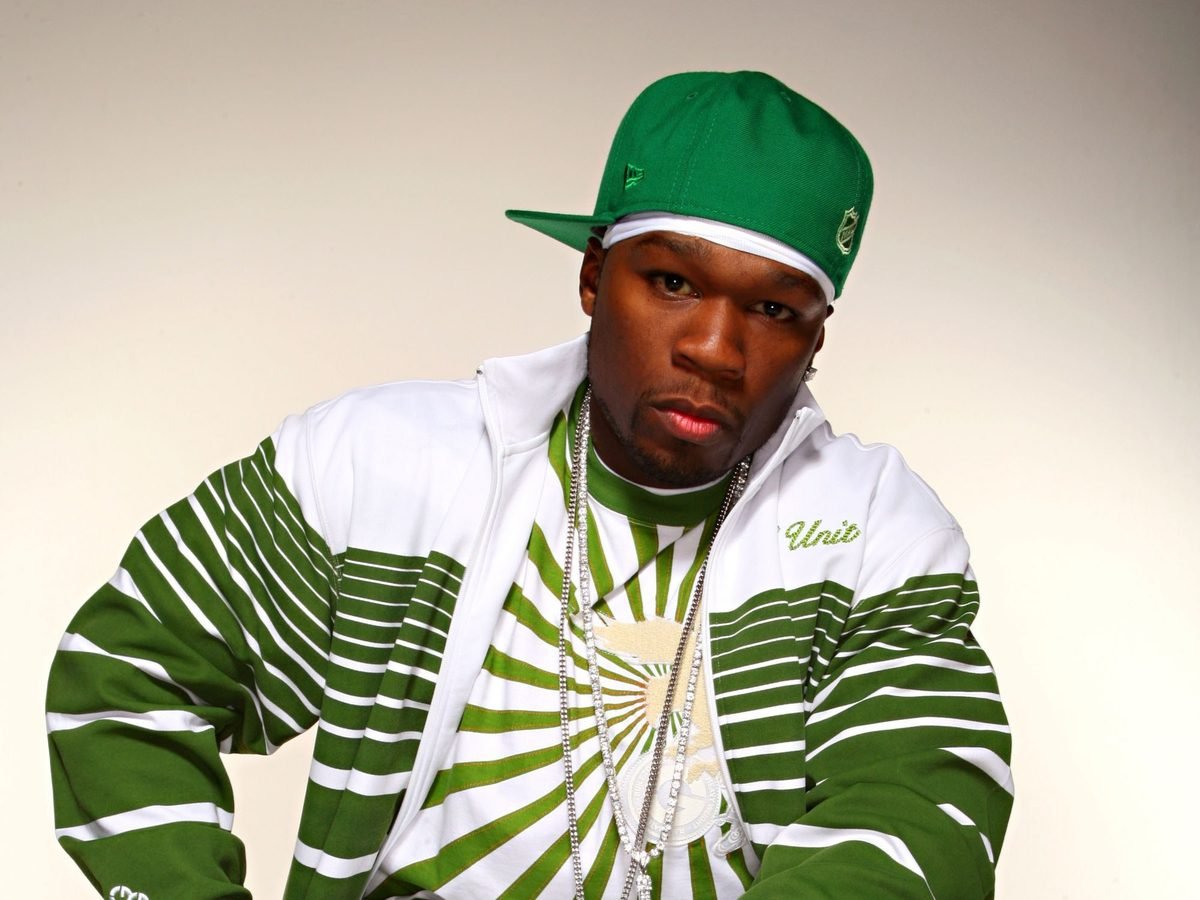
2003: “In Da Club” — 50 Cent
Buoyed by a muscular beat, orchestral samples and 50 Cent’s deadpan delivery, the wonderfully minimalist “In da Club” was a hit with critics and clubs alike—and proof that sometimes less is more.

2002: “How You Remind Me” — Nickelback
“How You Remind Me” marks just the second time a song by a Canadian band hit No. 1 on the Billboard Hot 100. (The first was “American Woman” by The Guess Who.) It was also the most-played song on the American airwaves during the 2000s, with over 1.2 million spins!
Don’t miss our countdown of the greatest Canadian albums of all time.
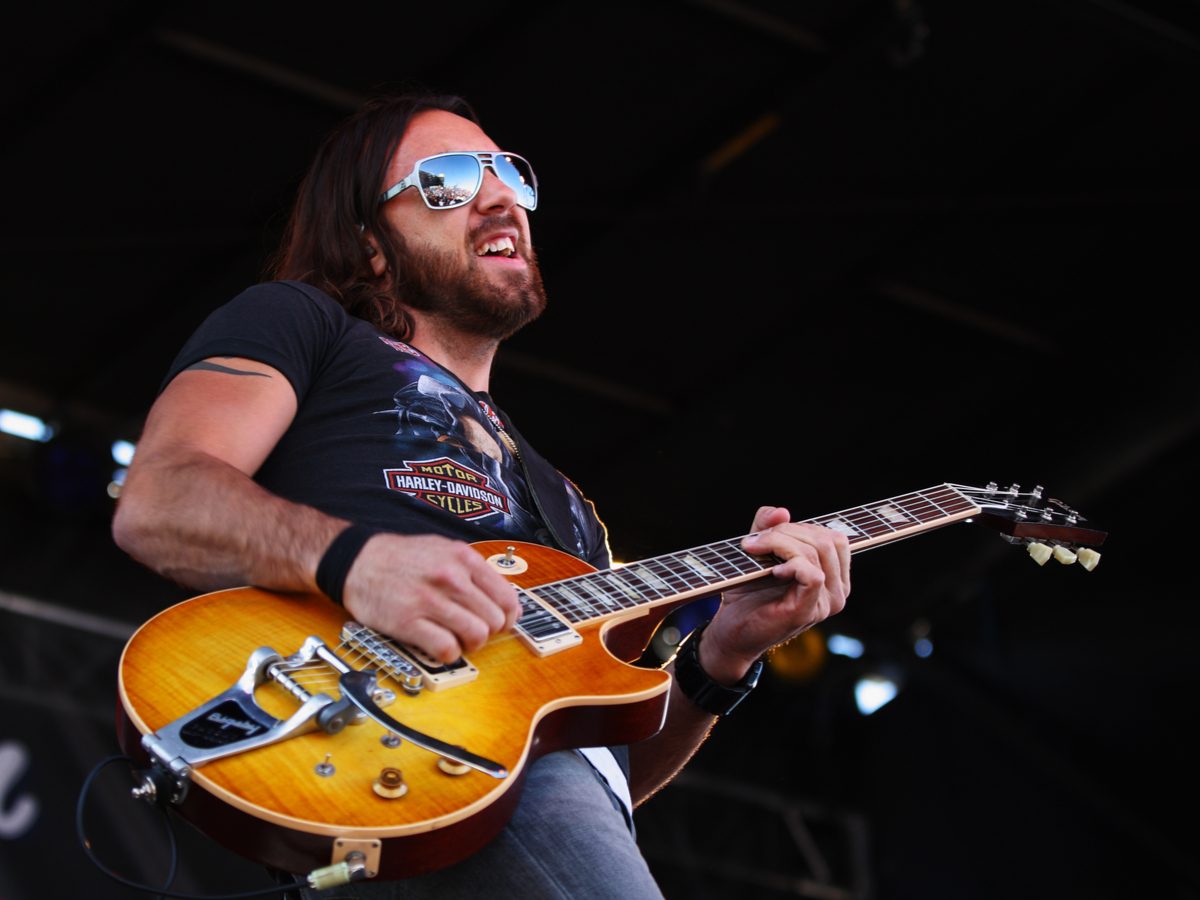
2001: “Hanging by a Moment” — Lifehouse
Lead singer Jason Wade reportedly wrote “Hanging by a Moment” in 10 minutes. How’s that for return on investment?
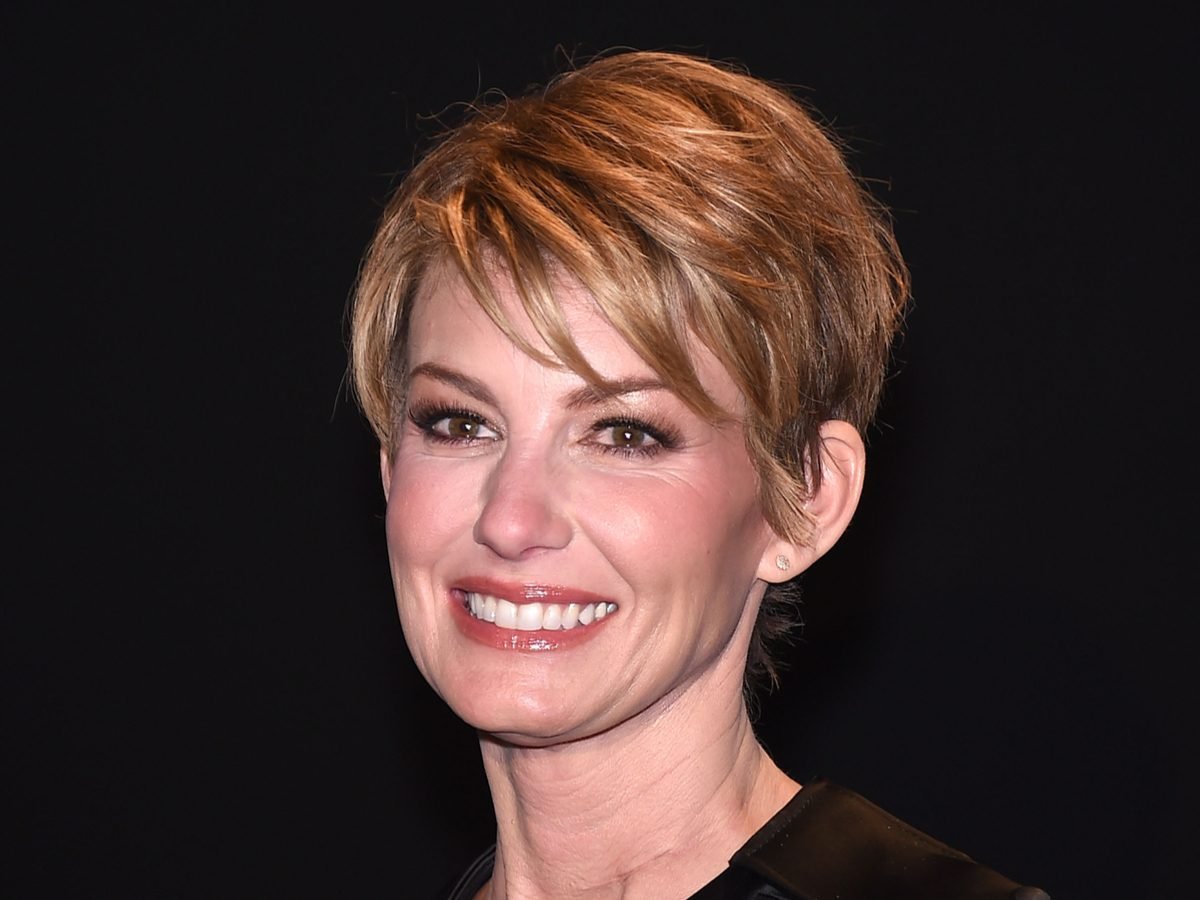
2000: “Breathe” — Faith Hill
Released to both country and pop radio stations, “Breathe” was a bona fide crossover hit and peaked at No. 2 on the Billboard Hot 100. Hill later won the 2001 Grammy Award for Best Female Country Vocal Performance.
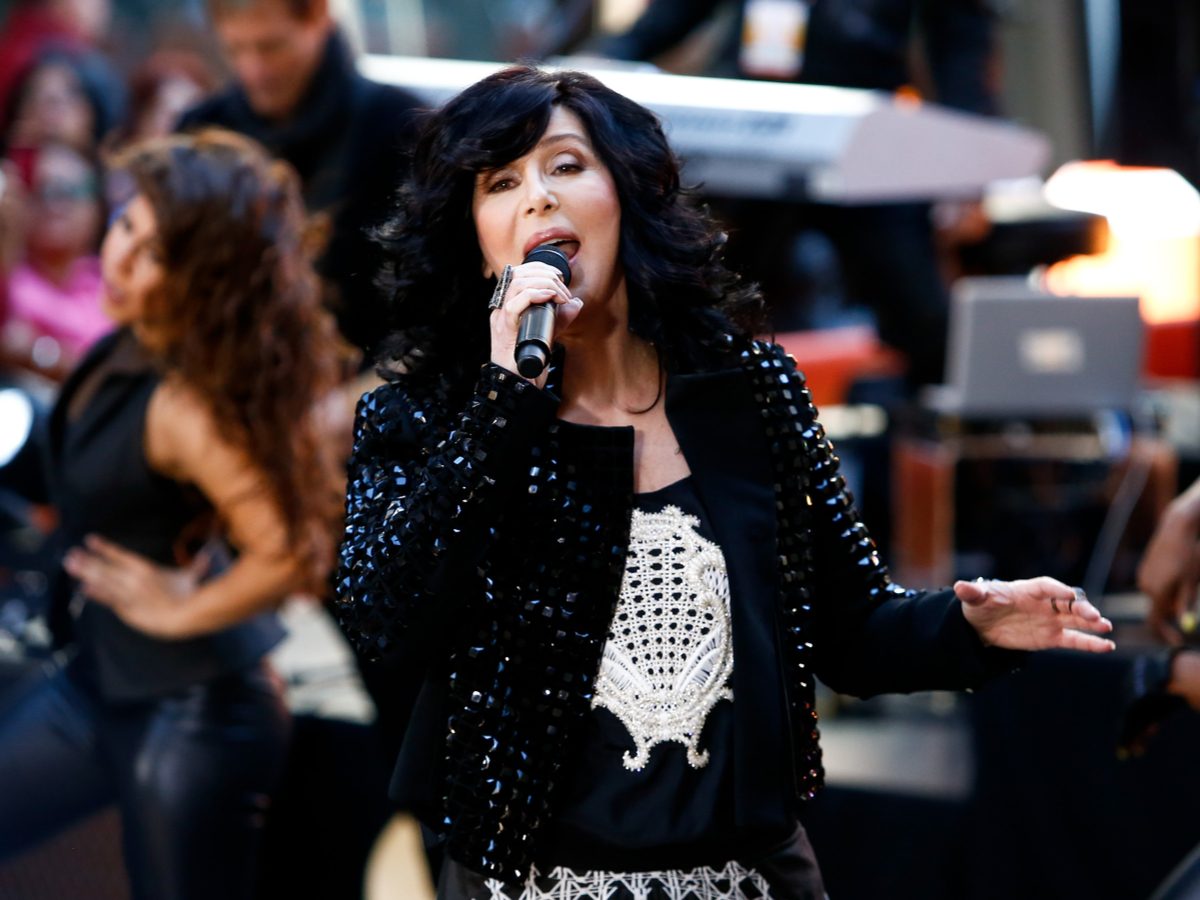
1999: “Believe” — Cher
“Believe” was Cher’s first foray into electronic dance pop—and introduced the world to a then-new technology called Auto-Tune. With over 11 million copies sold worldwide, it remains one of the best-selling singles of all time.
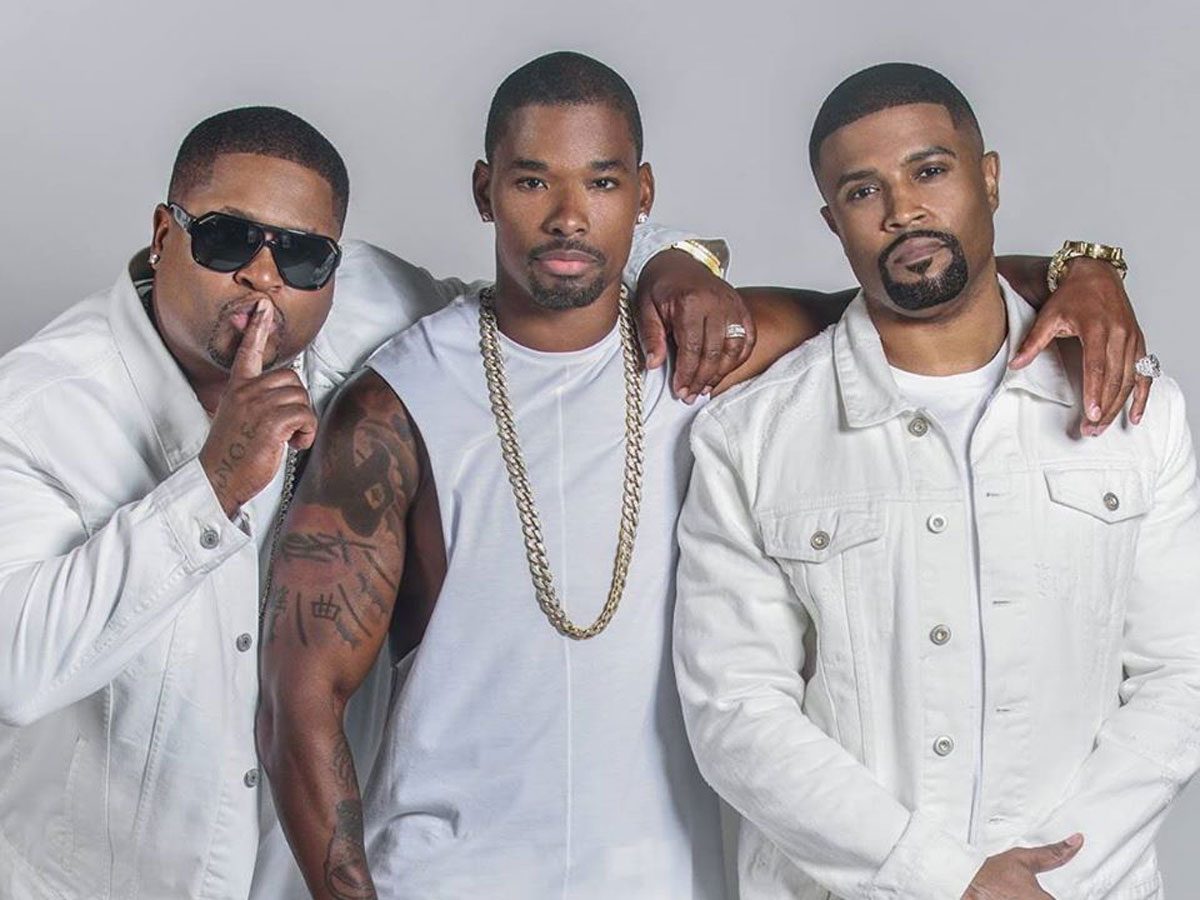
1998: “Too Close” — Next
Despite its sexually-charged lyrics, radio stations considered “Too Close” harmless and gave it plenty of airplay. It was the biggest-selling single of 1998, spending a then-record 38 weeks in the US top 20.
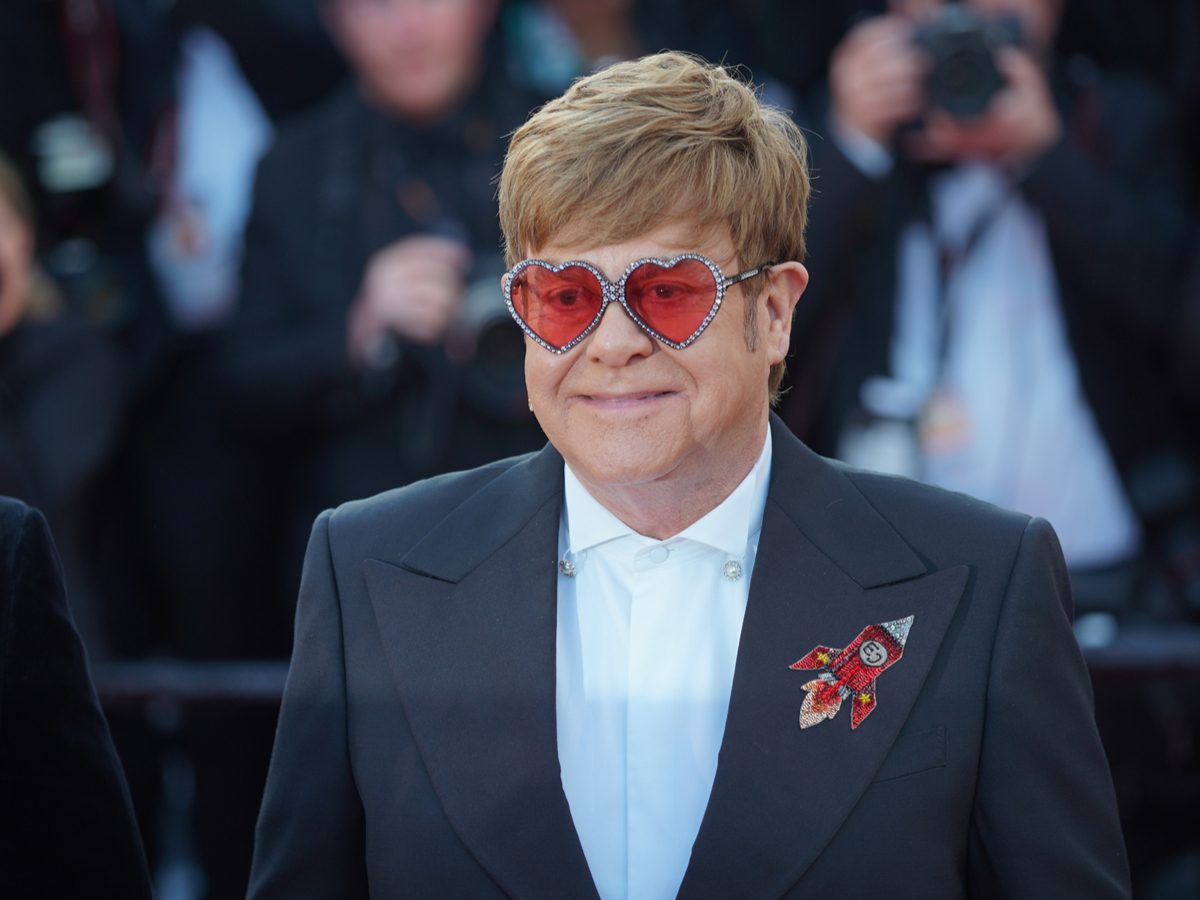
1997: “Candle in the Wind” — Elton John
Originally written about Marilyn Monroe and released as part of John’s 1973 album Goodbye Yellow Brick Road, “Candle in the Wind” was re-written and re-recorded in 1997 as a tribute to Diana, Princess of Wales, who died in Paris on August 31.
Here’s what we still don’t know about Princess Diana’s death.
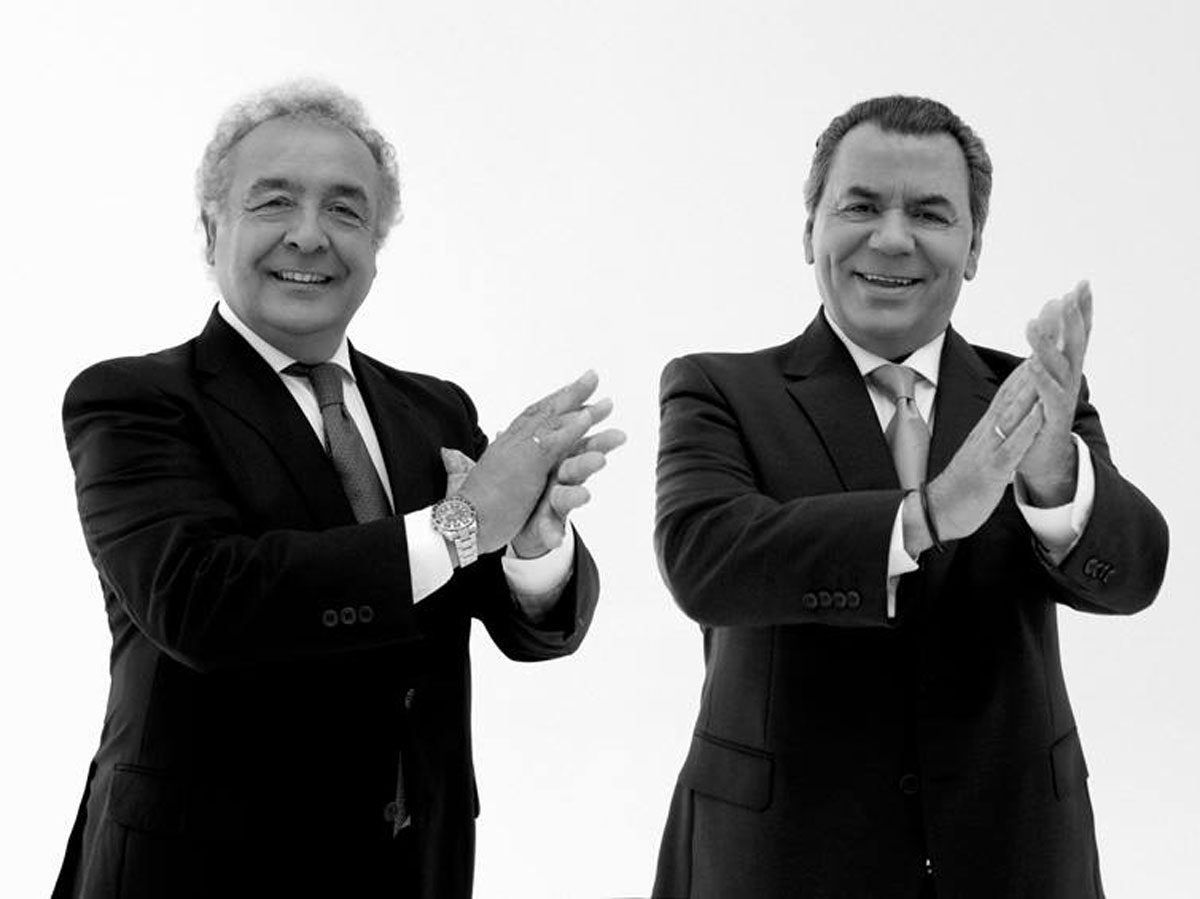
1996: “Macarena” (Bayside Boys Mix) — Los del Rio
Latin pop duo Los del Rio originally released “Macarena” in 1993 to modest success. When American label BMG got its hands on the single two years later, the company commissioned this smash hit English-language remix.
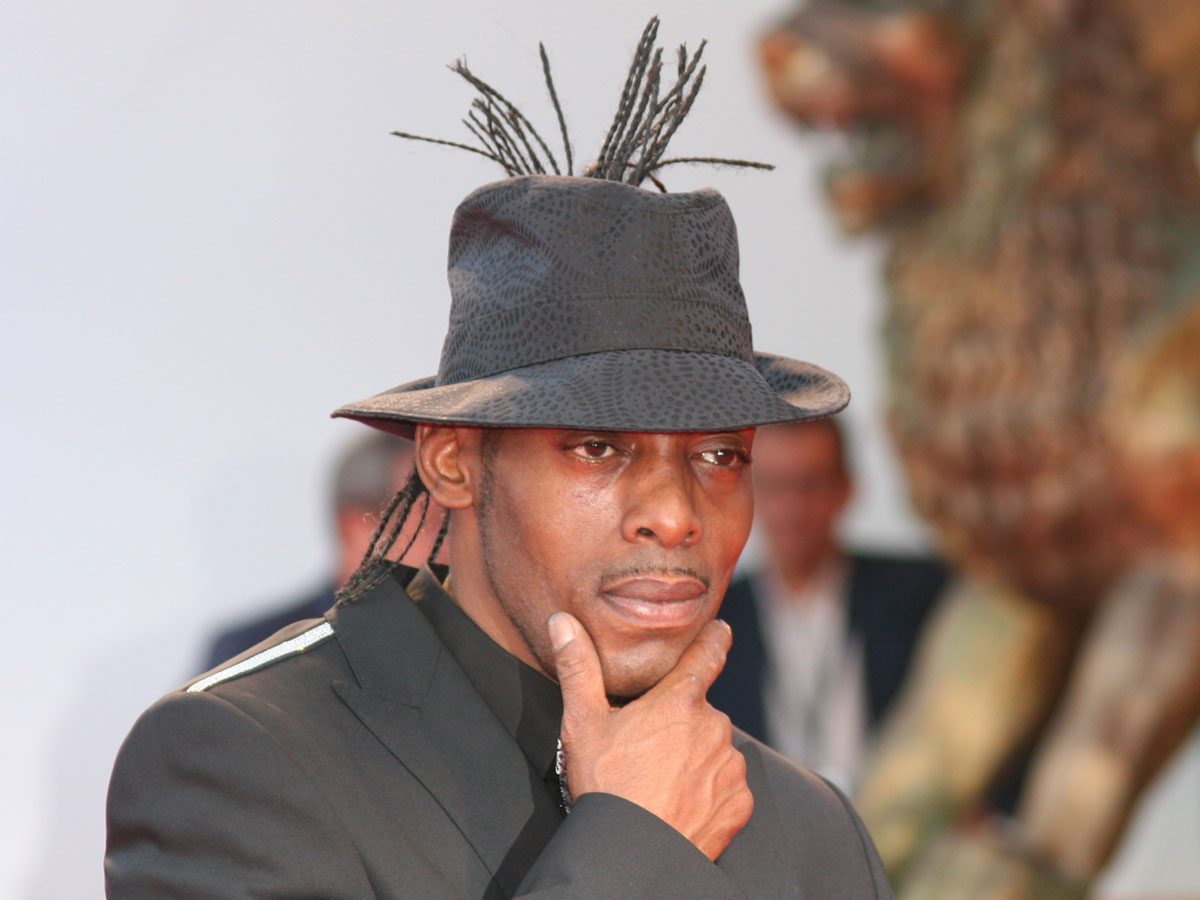
1995: “Gangsta’s Paradise” — Coolio featuring L.V.
The lead single from the 1995 Michelle Pfeiffer drama Dangerous Minds, “Gangsta’s Paradise” is a reworking of a 1976 song by Stevie Wonder, “Pastime Paradise.”
We’ve rounded up the best movie soundtracks of all time!
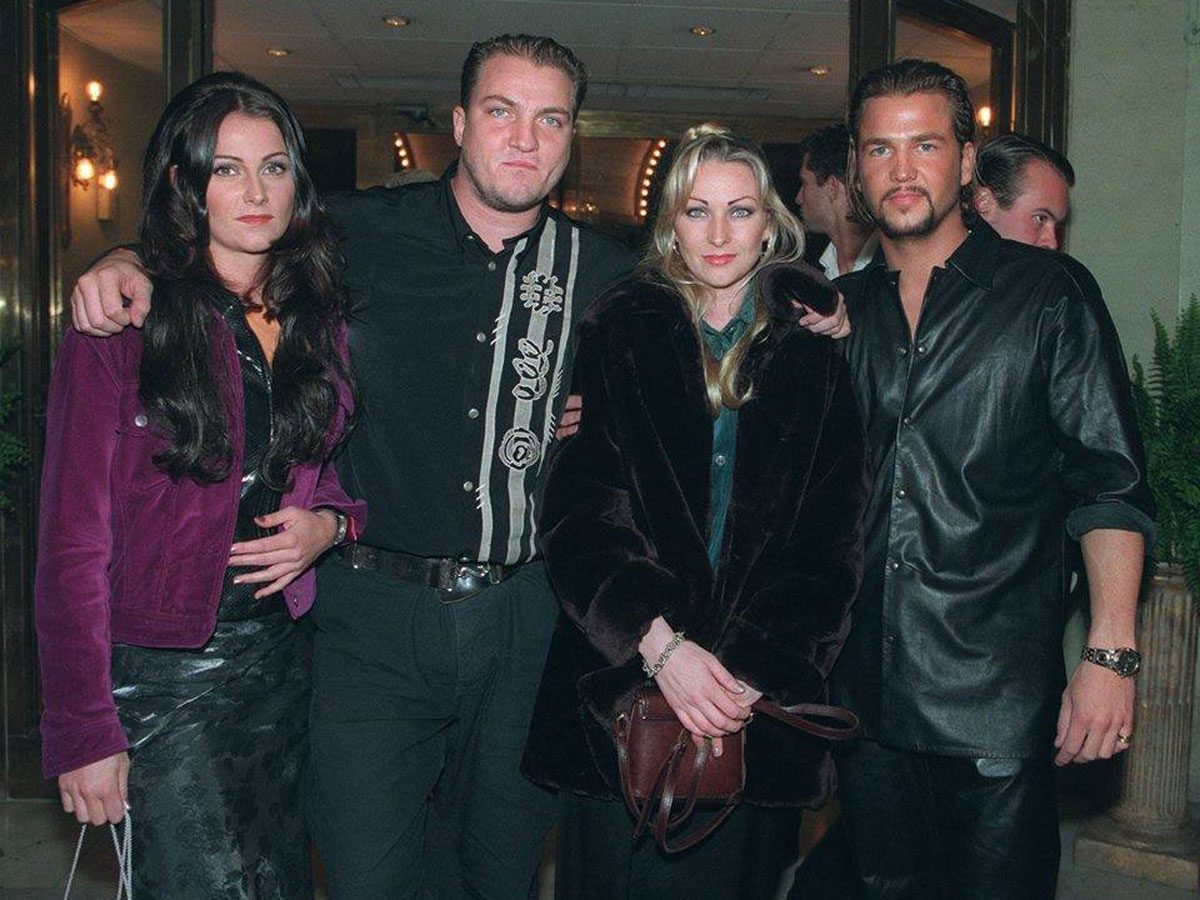
1994: “The Sign” — Ace of Base
This reggae-inspired hit single from Swedish pop group Ace of Base has continued to garner praise for its energy and unforgettable hook. In 2016, Rolling Stone placed the song at No. 42 on their list of “50 Best Songs of the Nineties.”
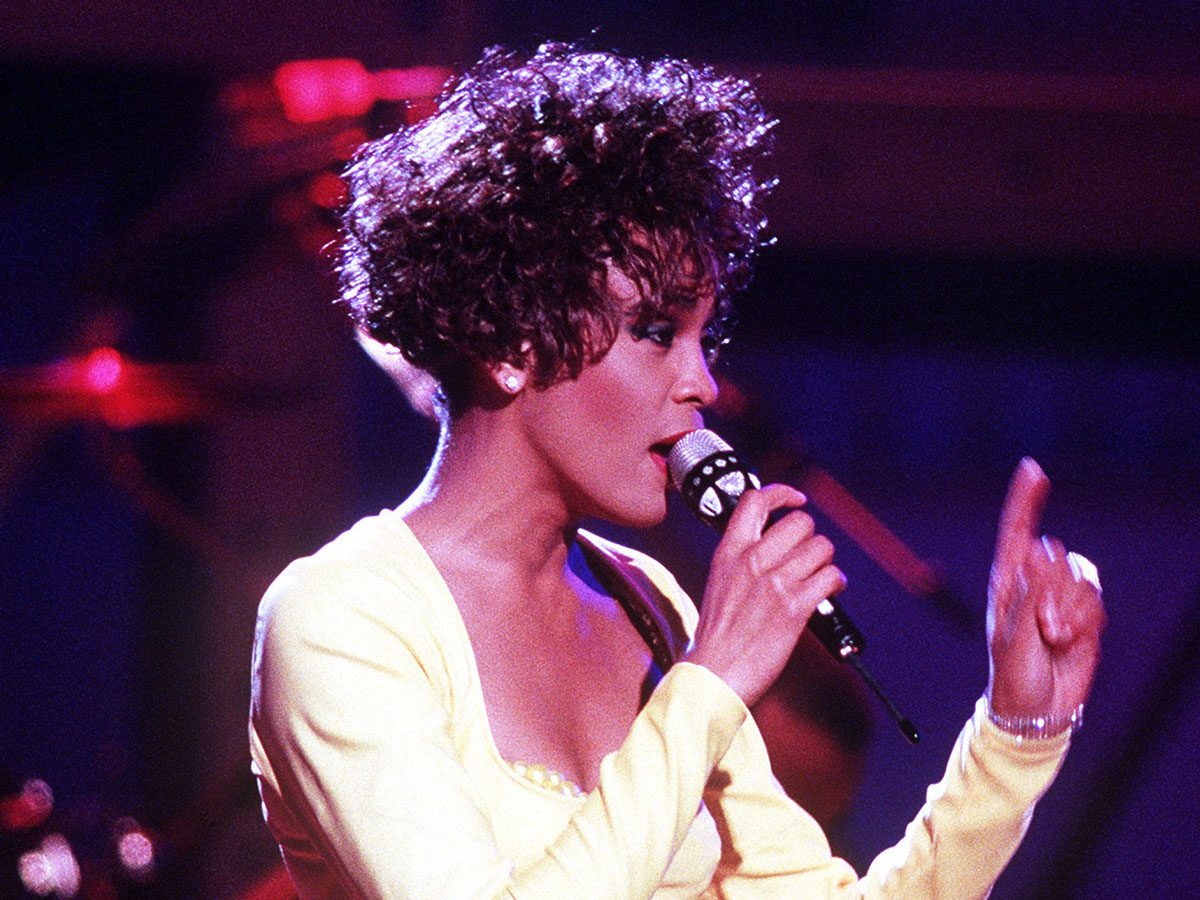
1993: “I Will Always Love You” — Whitney Houston
While filming The Bodyguard, Whitney Houston’s co-star, Kevin Costner, suggested she record Dolly Parton’s “I Will Always Love You.” One of the most famous love songs of all time, Houston’s version topped the Billboard Hot 100 for a then-record 14 consecutive weeks.
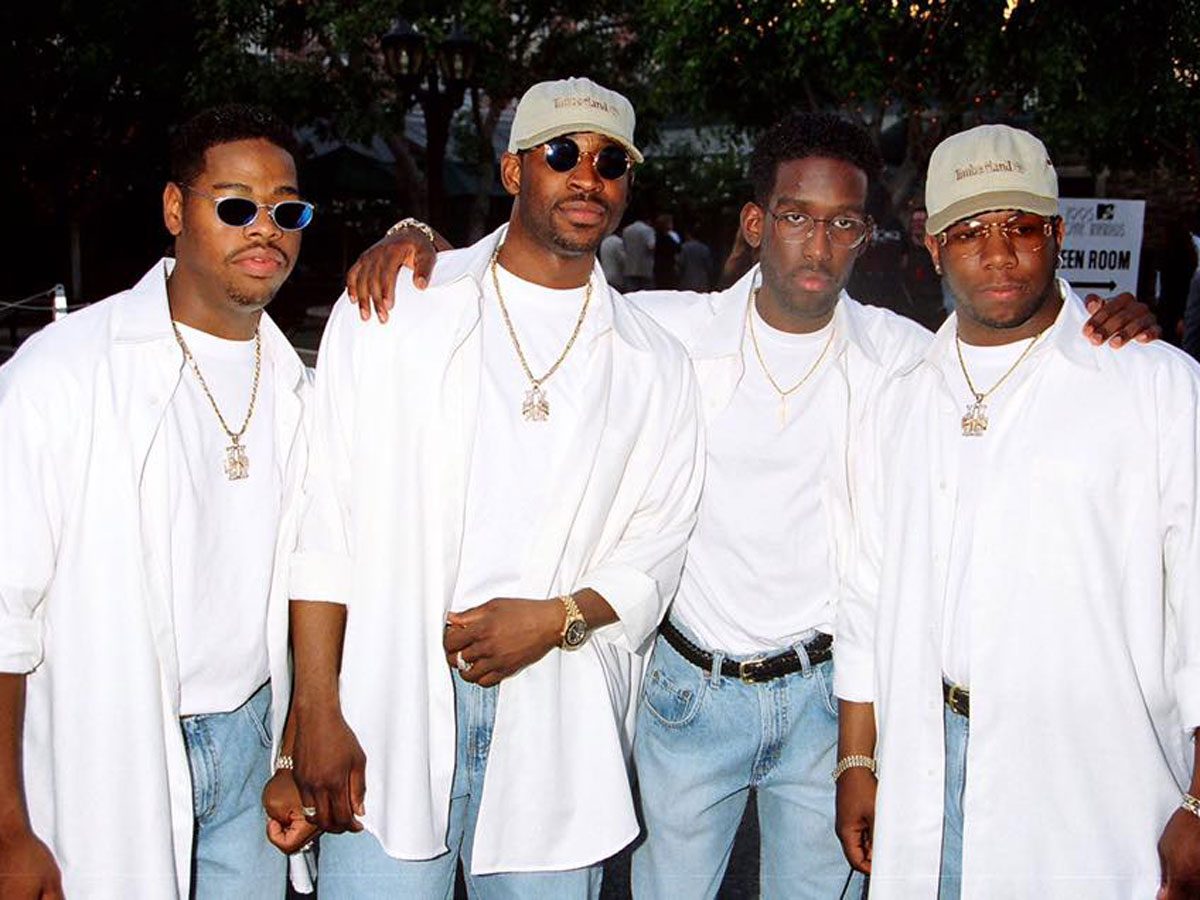
1992: “End of the Road” — Boyz II Men
“End of the Road” is inspired by real-life events—two of the song’s writers, Kenneth “Babyface” Edmonds and Daryl Simmons, were both going through divorces at the time.
Take a nostalgic look back at the things everyone had in their homes in the ’90s.
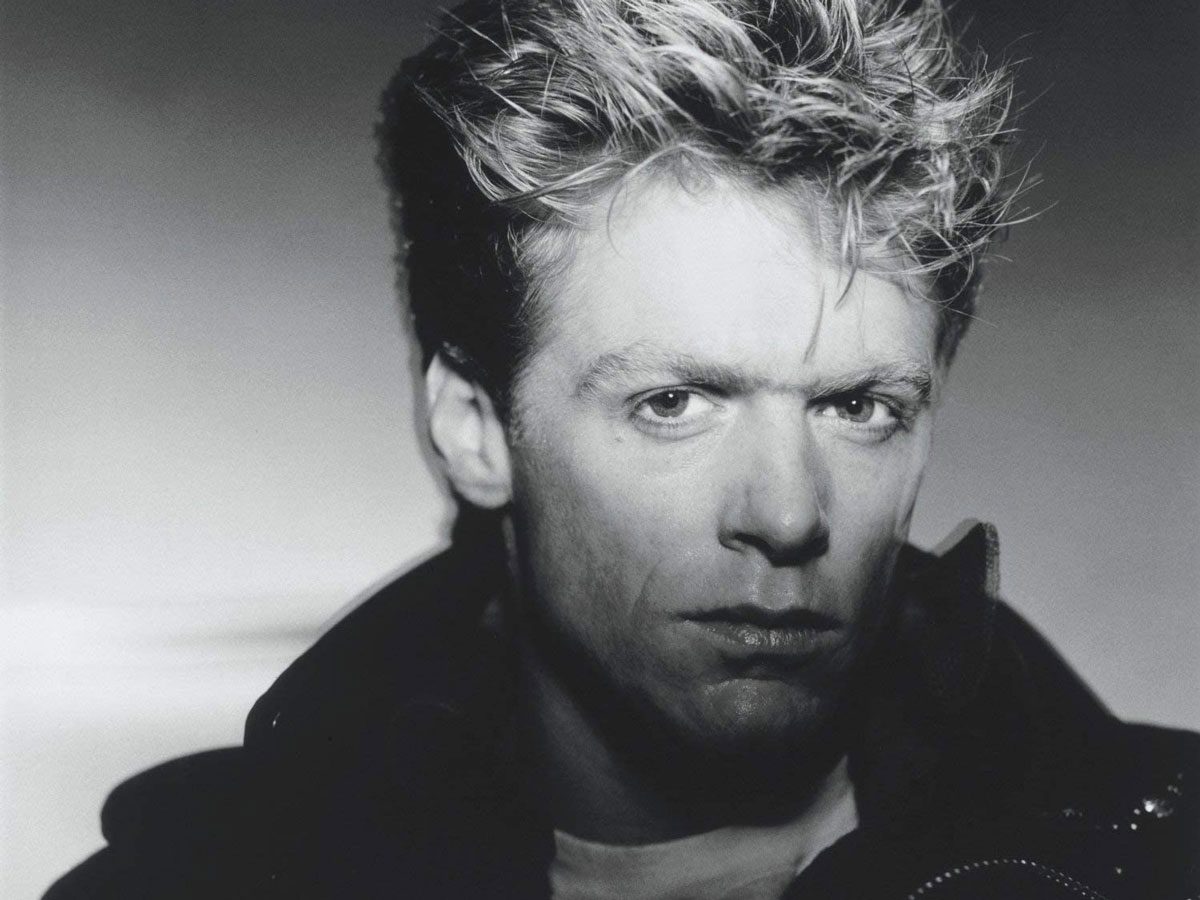
1991: “(Everything I Do) I Do It for You” — Bryan Adams
Despite featuring zero references to English folklore, “(Everything I Do) I Do It for You” was actually commissioned for the Kevin Costner blockbuster Robin Hood: Prince of Thieves.
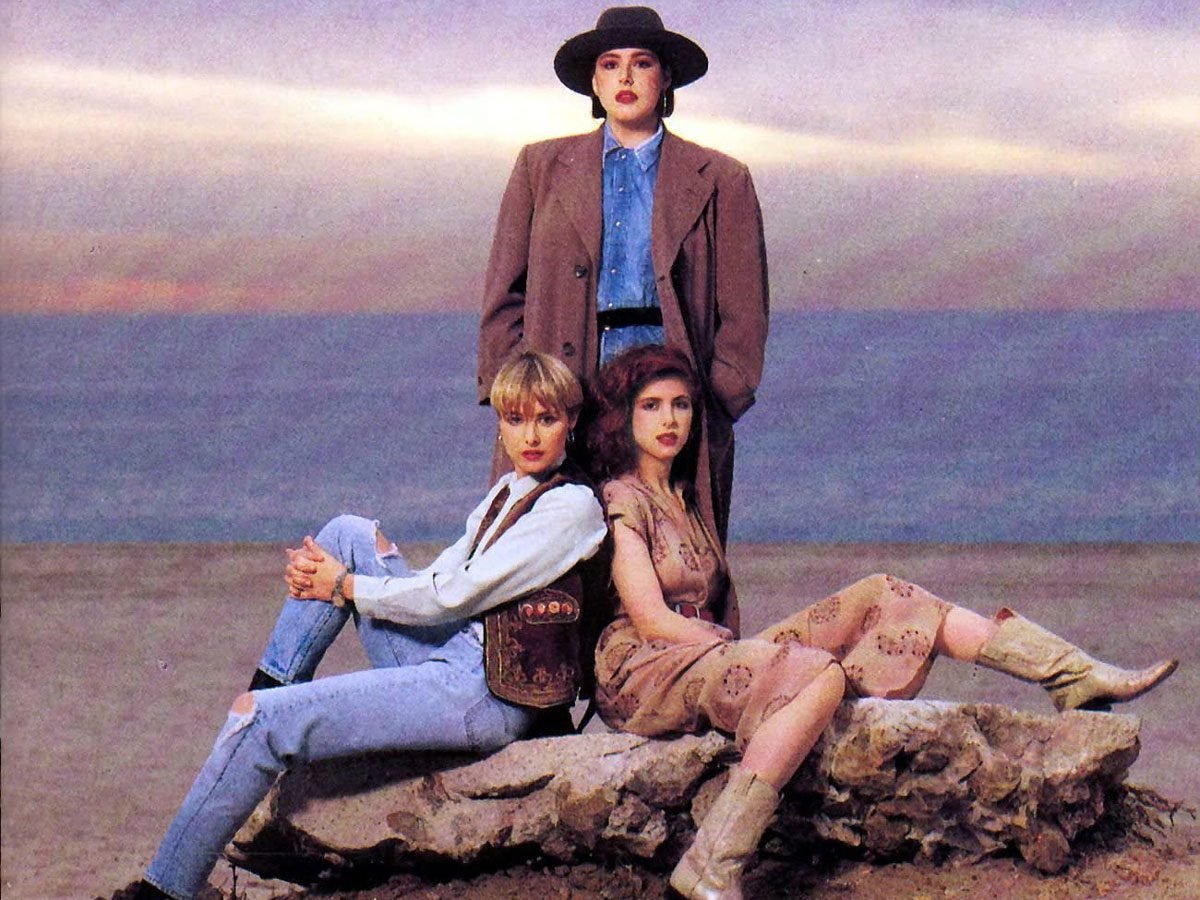
1990: “Hold On” — Wilson Phillips
Band members Carnie Wilson and Wendy Wilson are the daughters of Brian Wilson of The Beach Boys, while Chynna Phillips is the daughter of John Phillips and Michelle Phillips of The Mamas and the Papas. Talk about rock royalty!
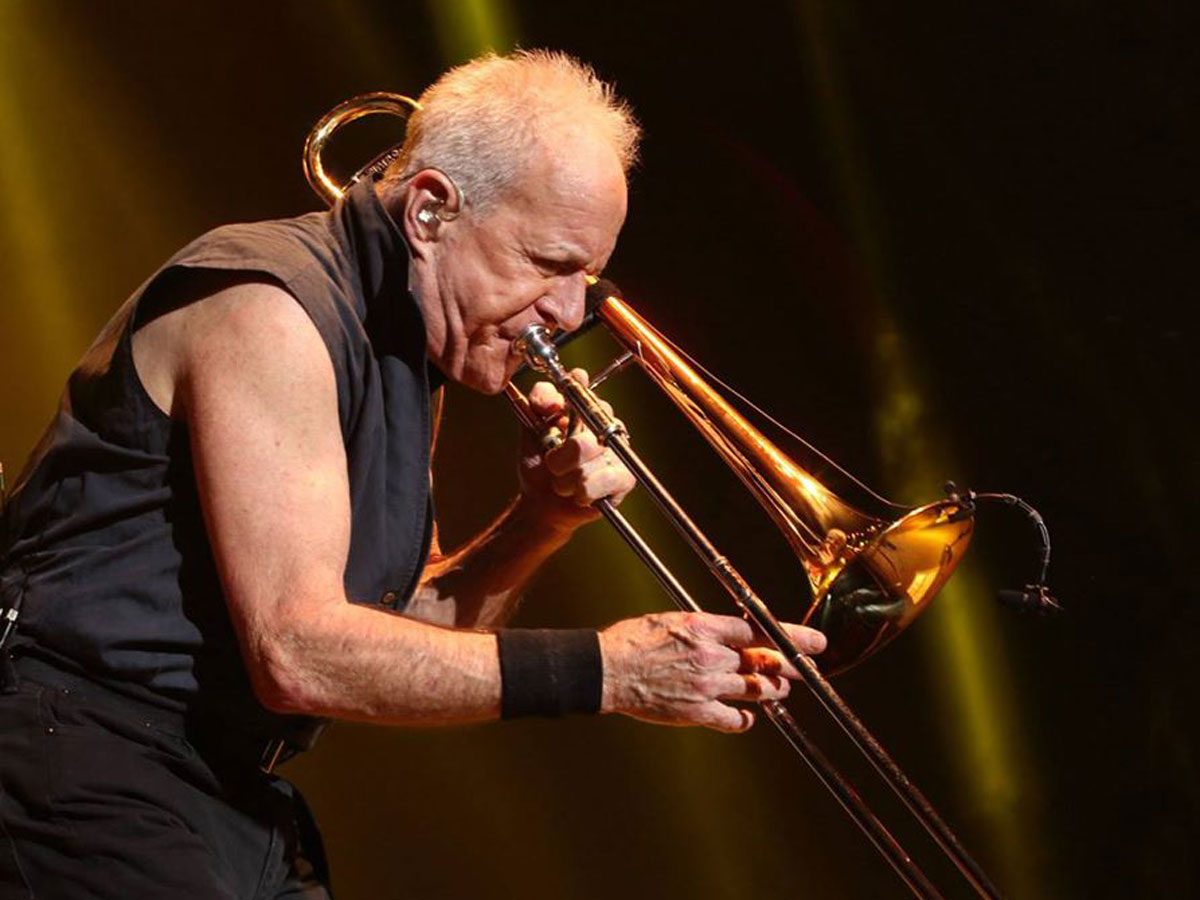
1989: “Look Away” — Chicago
“Look Away” was written by Diane Warren, whose other hits include “I Don’t Want to Miss a Thing” for Aerosmith and “Have You Ever?” for Brandy.
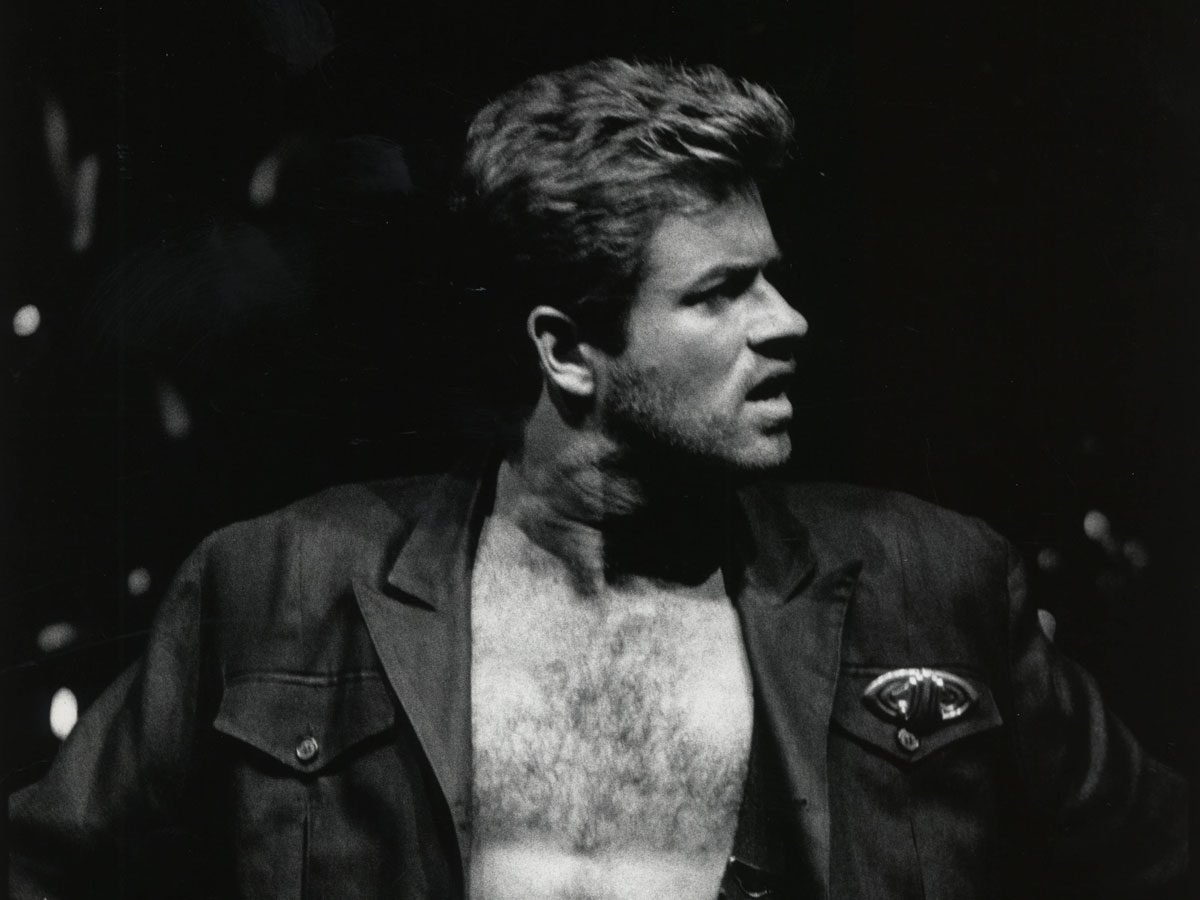
1988: “Faith” — George Michael
The music video for “Faith,” which features George Michael in a black leather jacket, Ray Ban Aviator sunglasses and a pair of Levi’s blue jeans with cowboy boots, was among the most iconic of the 1980s. (Michael would later reference “Faith” in the lyrics and music video of another hit single, “Freedom ’90.”)
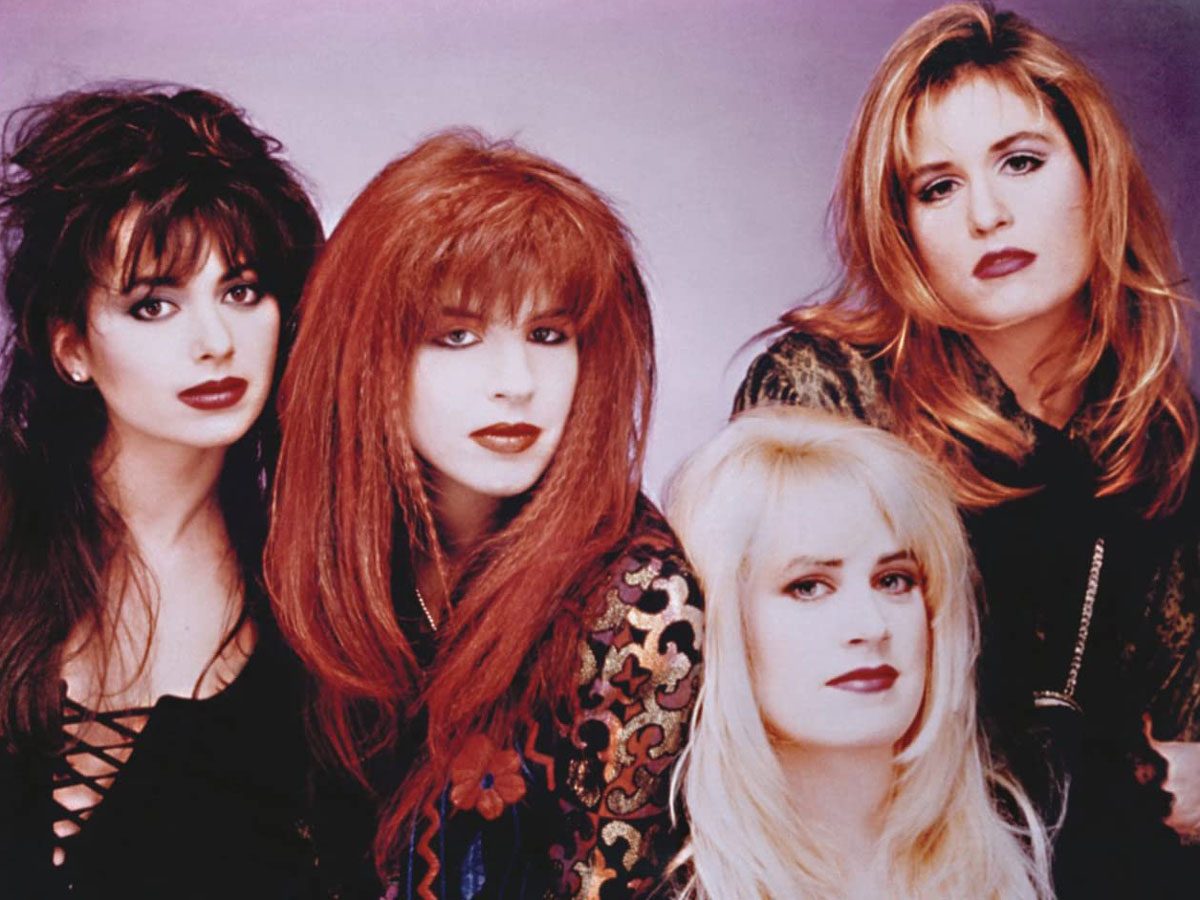
1987: “Walk Like an Egyptian” — The Bangles
Songwriter Liam Sternberg wrote “Walk Like an Egyptian” after witnessing people on a ferry boat struggling to keep their balance—their movements reminded him of figures on Ancient Egyptian drawings. Who knew?
Check out these things everyone had in their homes in the 1980s.
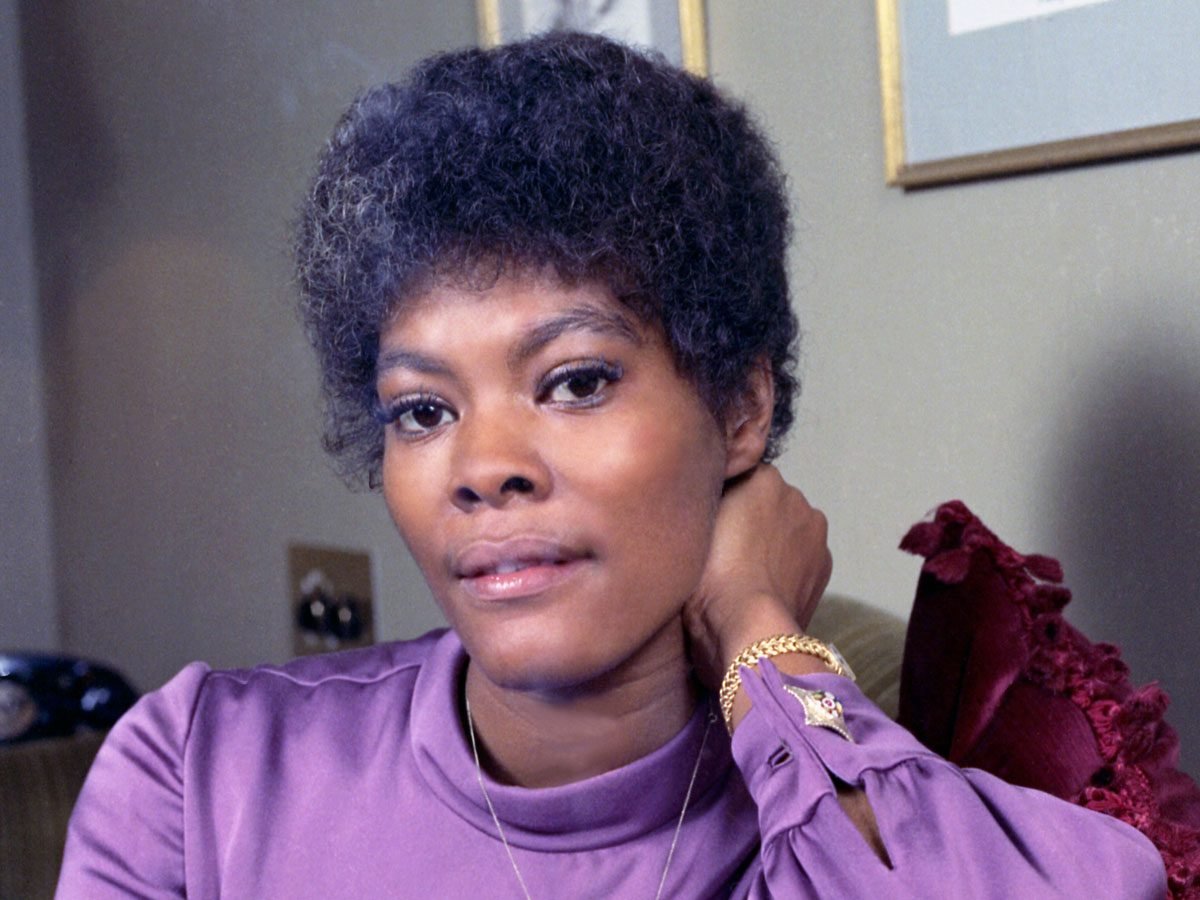
1986: “That’s What Friends Are For” — Dionne & Friends
In October 1985, Dionne Warwick assembled Stevie Wonder, Gladys Knight and Elton John to record “That’s What Friends Are For,” a charity single for the American Foundation for AIDS Research. The single raised over $3 million for the cause.
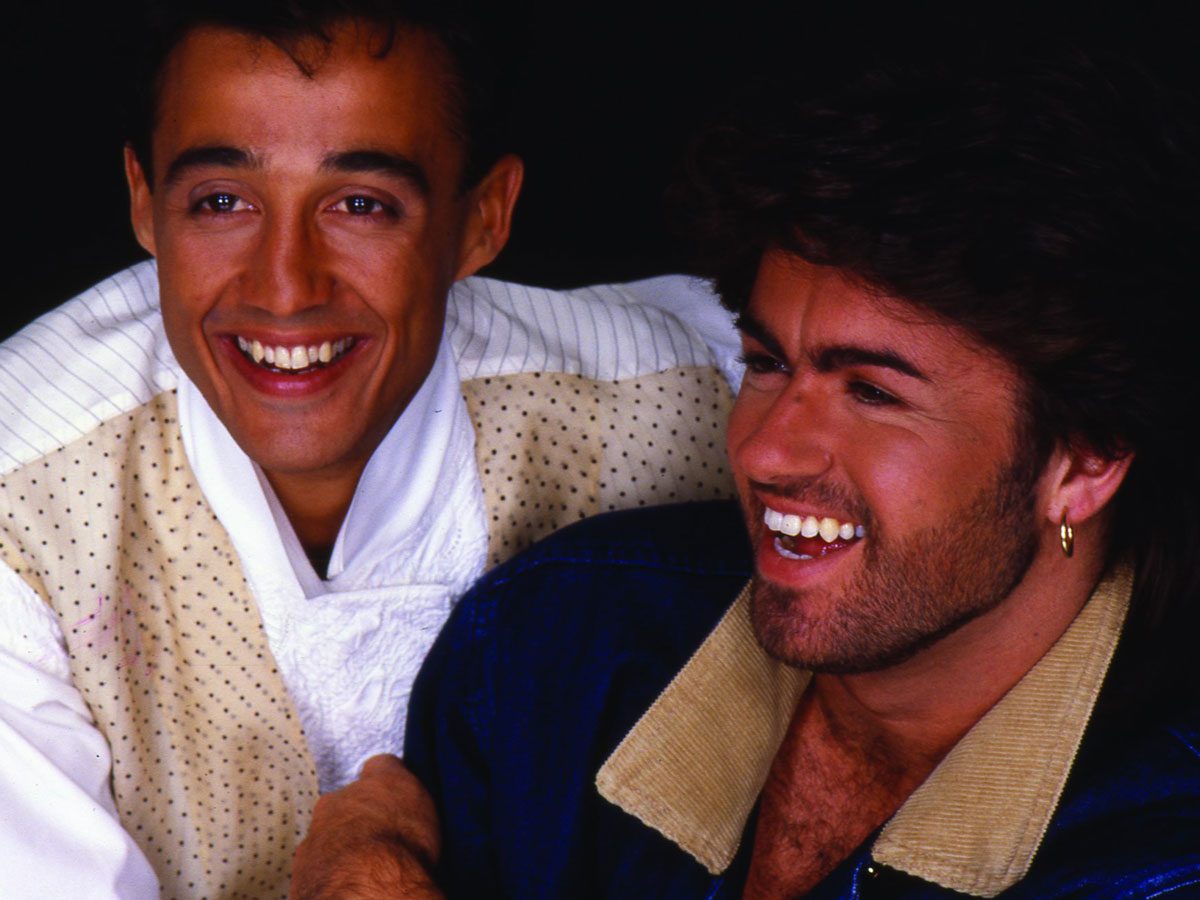
1985: “Careless Whisper” — George Michael
The opening saxophone riff of “Careless Whisper” is legendary, while the lyrics detail a man’s inability to make love to his partner again after cheating.
Can’t get enough of everything ’80s? Take a look back at 10 times Degrassi High was the best thing on television.
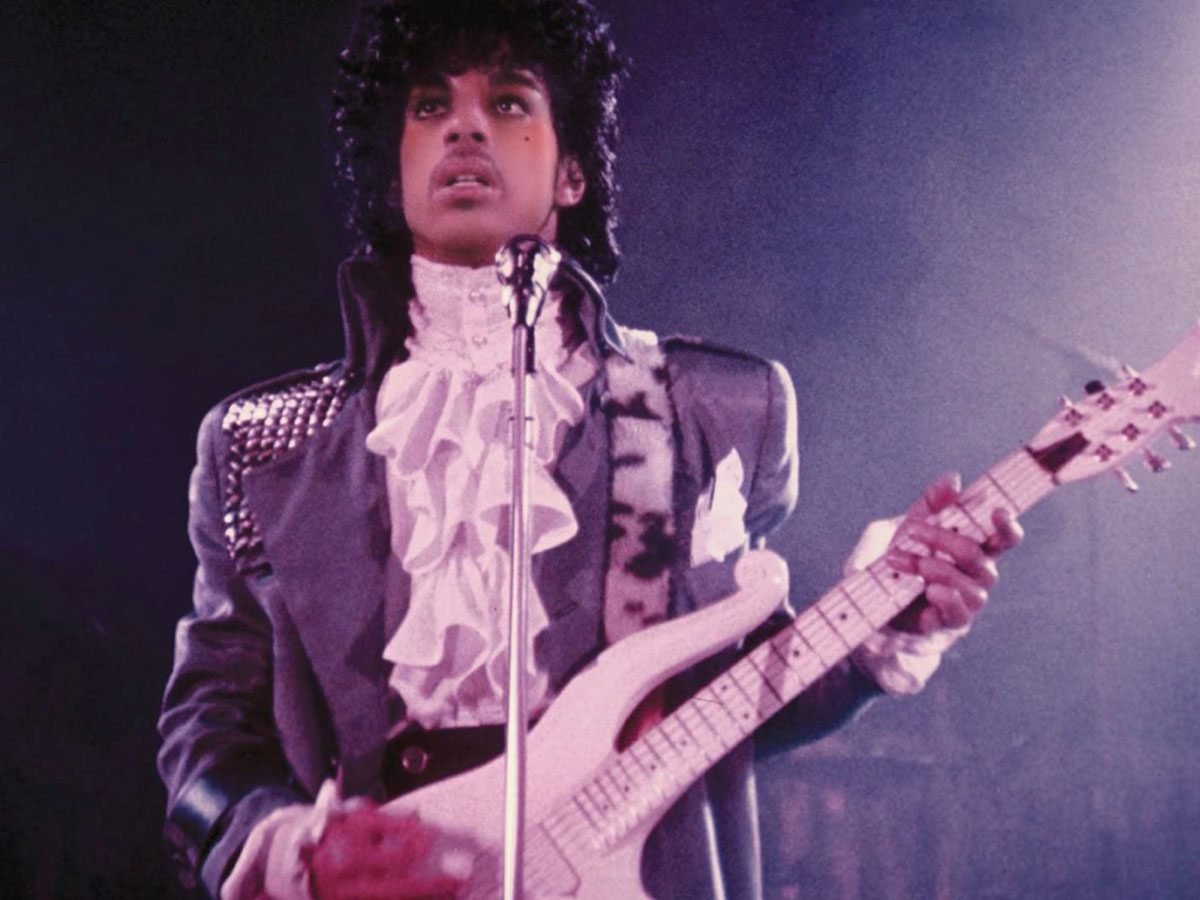
1984: “When Doves Cry” — Prince
Topping the charts for five weeks over the summer of 1984, “When Doves Cry” has the distinction of keeping Bruce Springsteen’s “Dancing in the Dark” stuck at the second spot. As a result, The Boss never had a No. 1 hit.
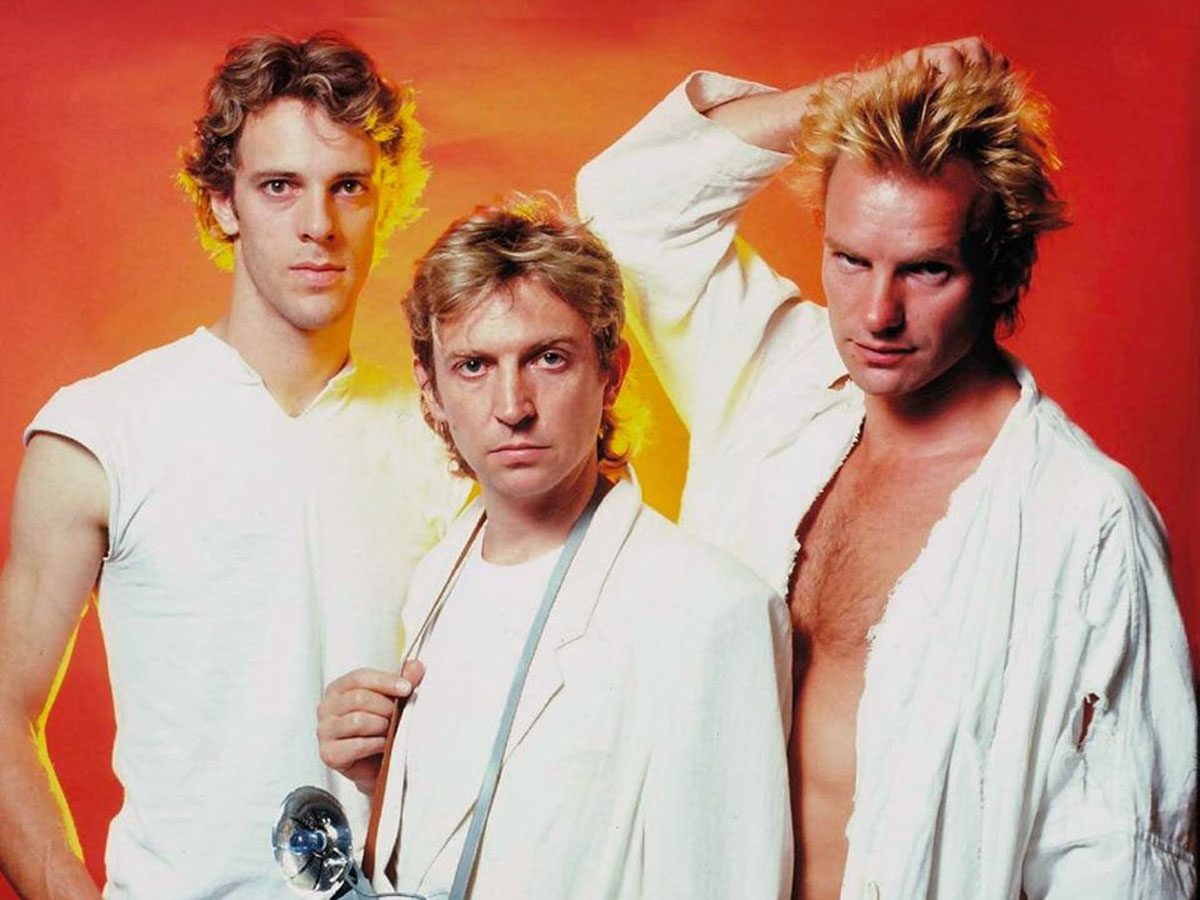
1983: “Every Breath You Take” — The Police
It’s a testament to the seductiveness of “Every Breath You Take”—the most played song in radio history—that some listeners are unaware it was written from the perspective of a stalker. “It sounds like a comforting love song,” said Sting in a later interview. “I didn’t realize at the time how sinister it is.”
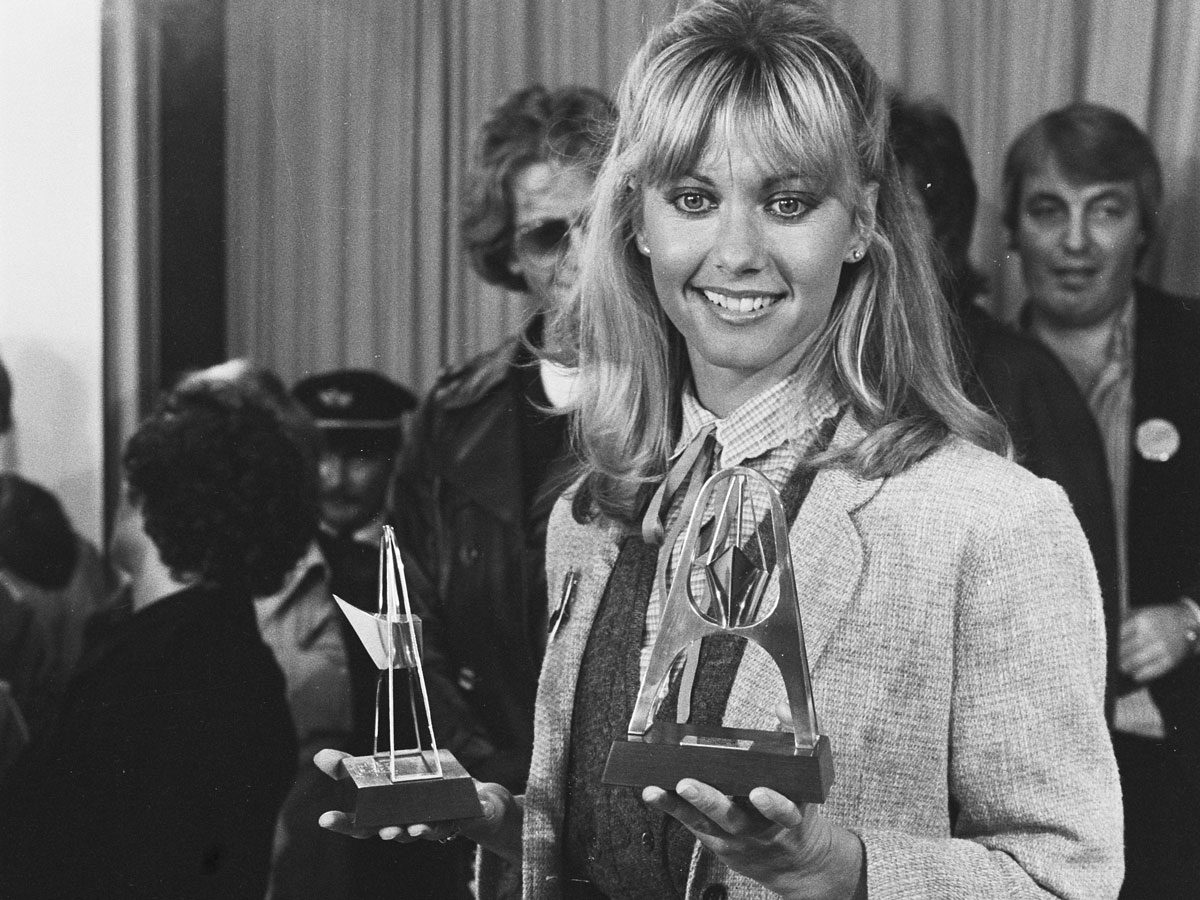
1982: “Physical” — Olivia Newton-John
Originally written for Rod Stewart and Tina Turner, “Physical” eventually landed in the hands of Olivia Newton-John. The song’s sexually frank lyrics—as well as its fitness-inspired music video—were very controversial at the time.
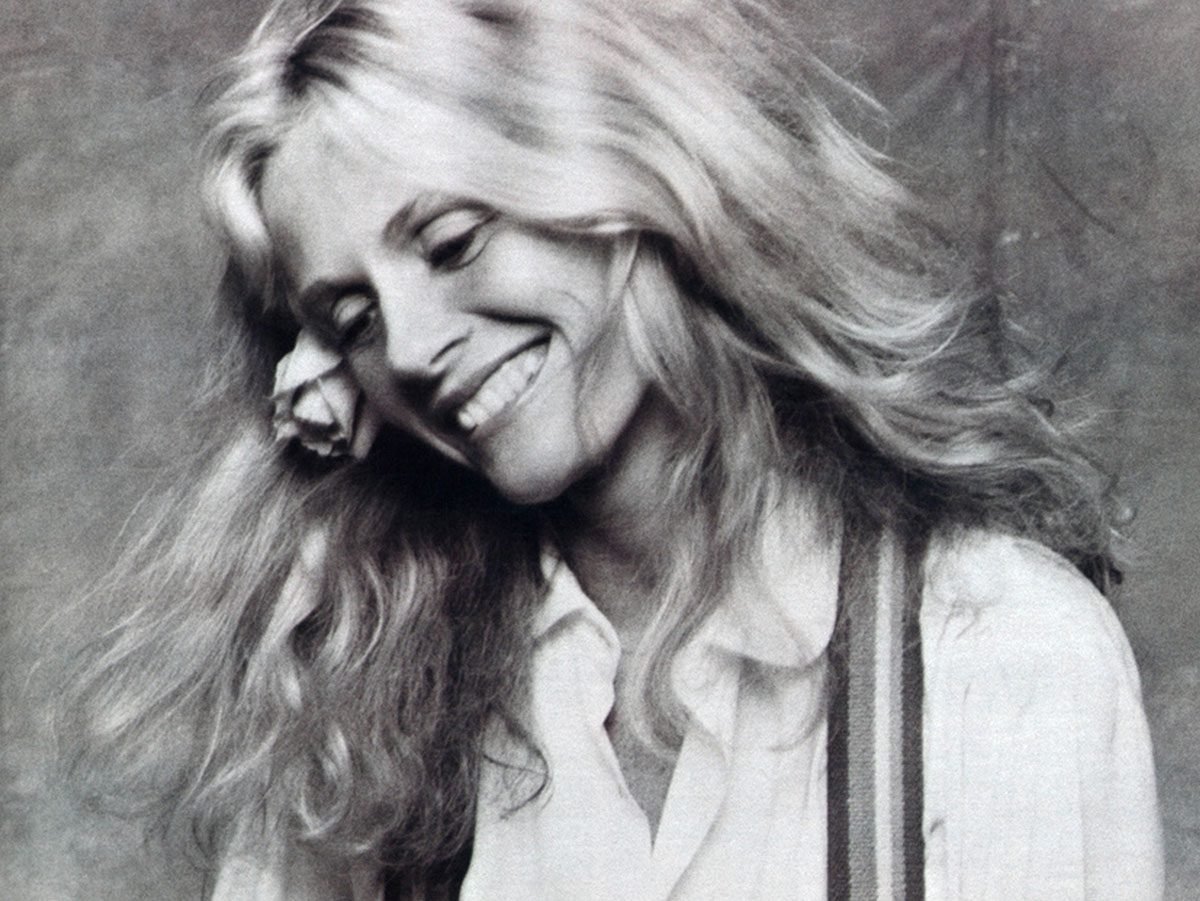
1981: “Bette Davis Eyes” — Kim Carnes
Co-writer Jackie DeShannon was inspired to pen “Bette Davis Eyes” after watching the iconic actress in the 1942 film Now Voyager. The version by Kim Carnes topped the Billboard Hot 100 for nine weeks in the spring of 1981, and went on to win Grammy Awards for Record of the Year and Song of the Year.
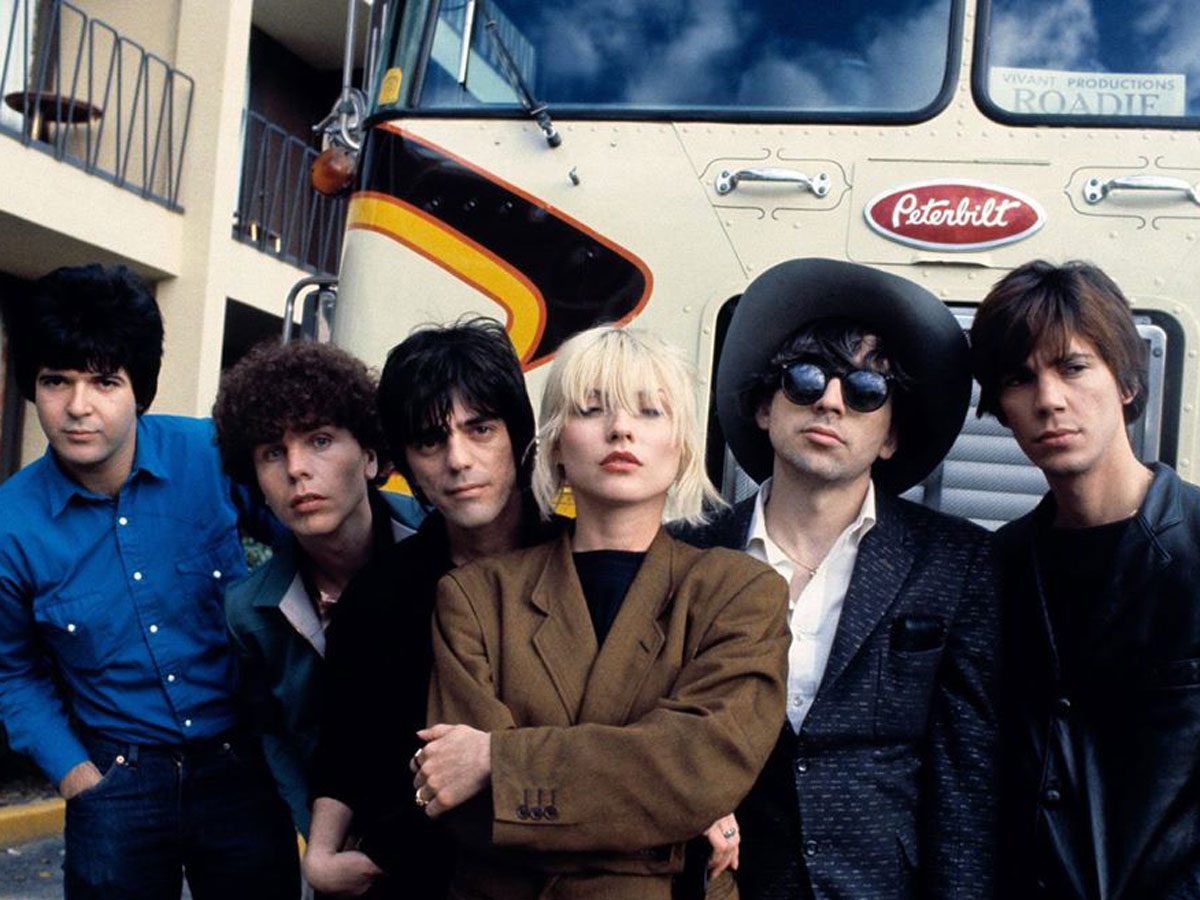
1980: “Call Me” — Blondie
Written by lead singer Debbie Harry and disco producer Giorgio Morodor, “Call Me” was the theme song of the Richard Gere film American Gigolo, which—you guessed it—depicts the misfortunes of a popular male escort.
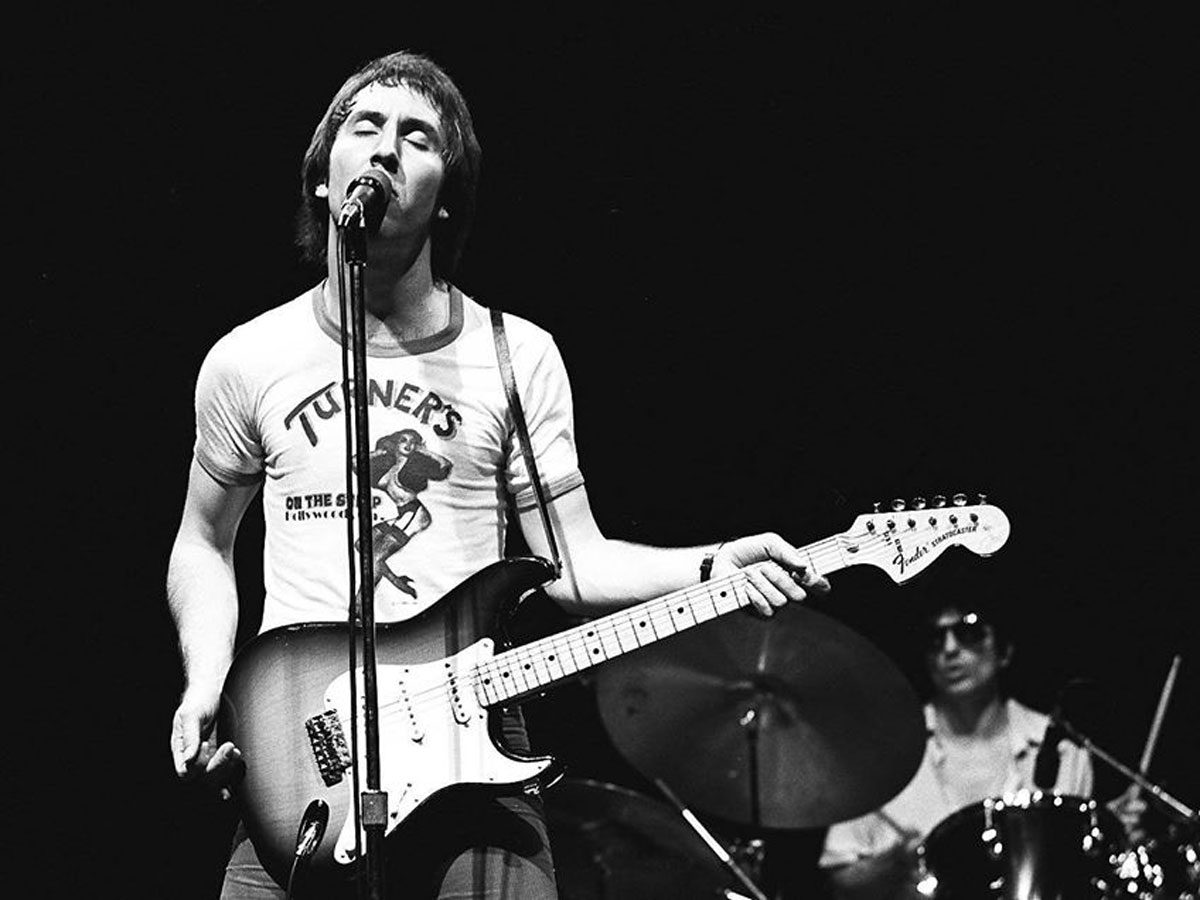
1979: “My Sharona” — The Knack
Lead singer Doug Fieger wrote “My Sharona” about then-girlfriend Sharona Alperin, who also posed for the cover of the single. The two eventually broke up and married other people, but remained good friends until Fieger’s passing in 2010.
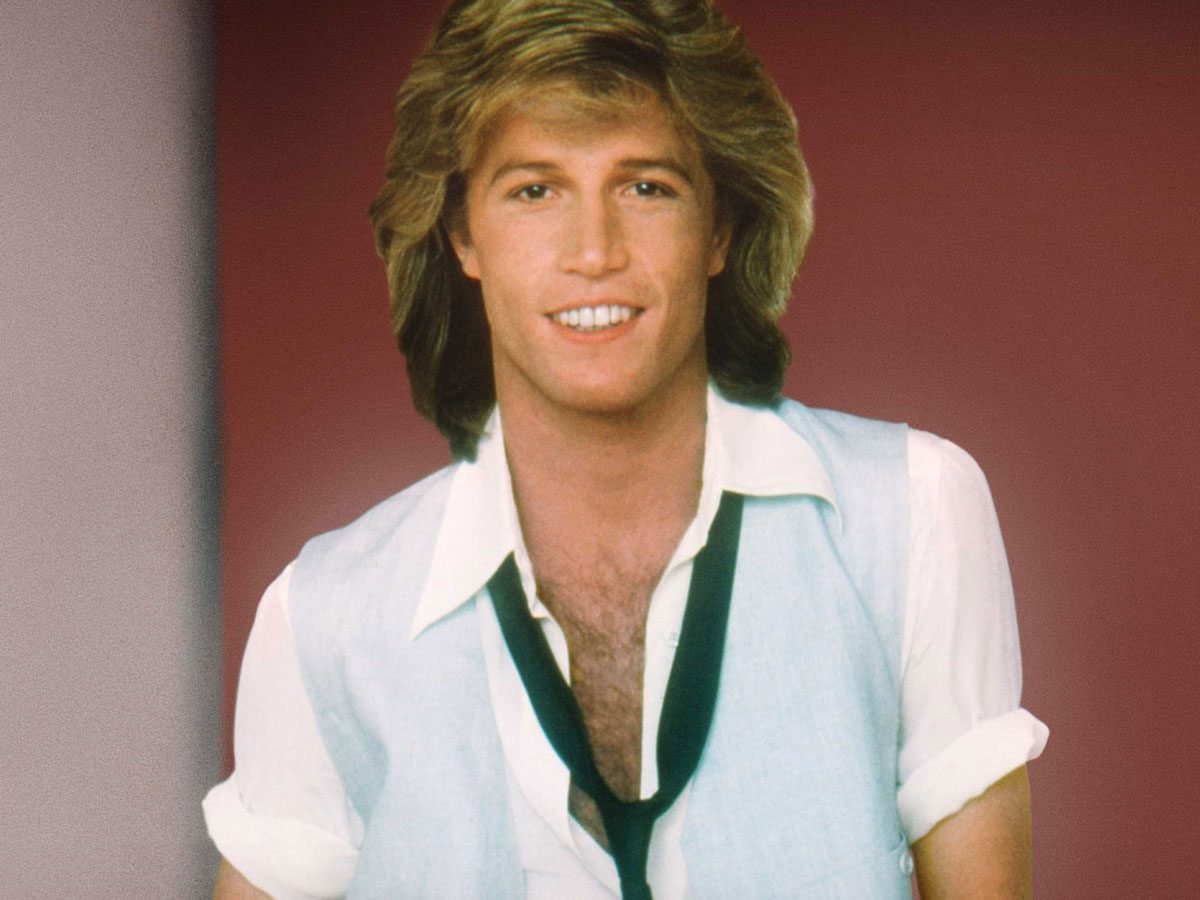
1978: “Shadow Dancing” — Andy Gibb
Andy Gibb was the younger brother of Barry, Robin and Maurice Gibb of The Bee Gees. His older brothers helped him write many of his songs, include “Shadow Dancing,” which stayed at No. 1 on the Billboard charts for seven weeks.
Feeling nostalgic? Check out 10 classic TV shows that could only have been made in Canada.
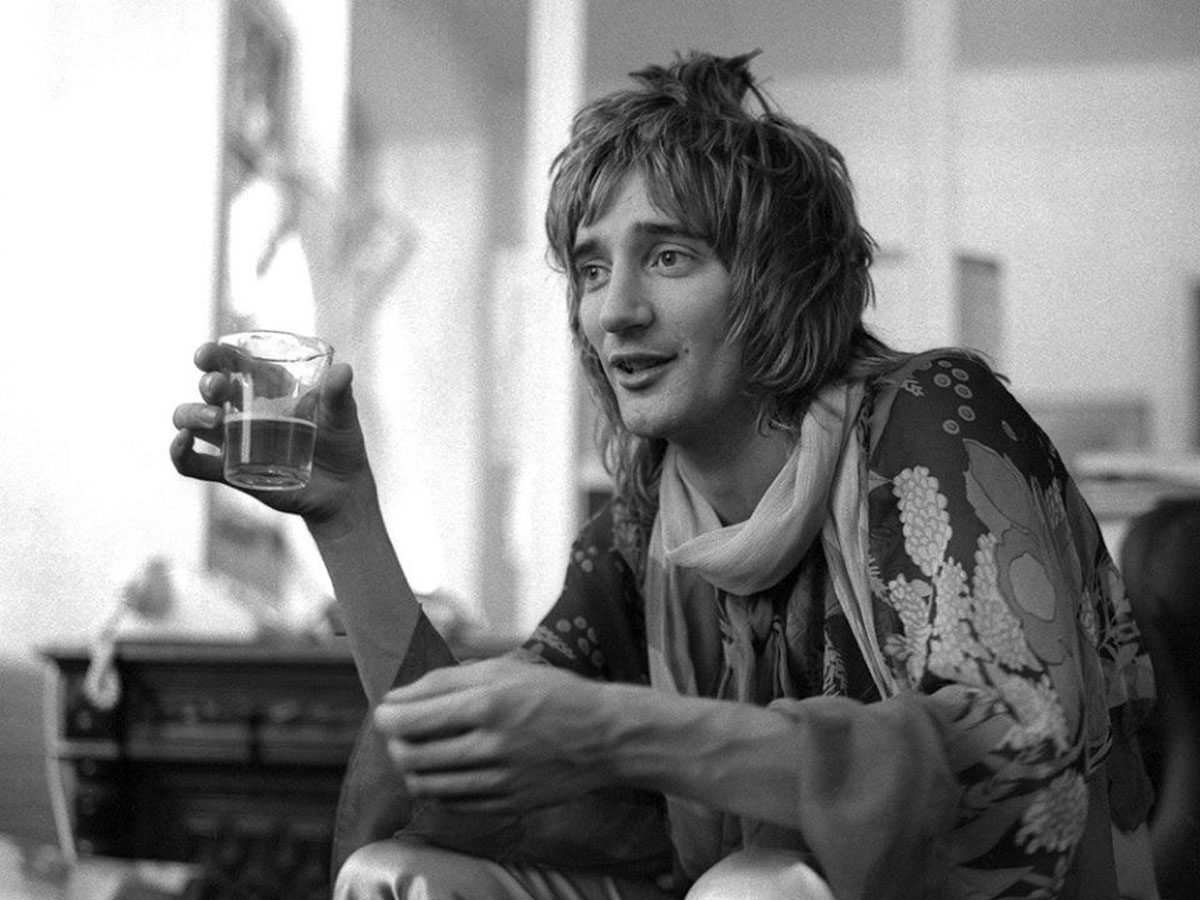
1977: “Tonight’s the Night (Gonna Be Alright)” — Rod Stewart
The BBC initially banned the song because of its overtly sexual lyrics, but later reversed its decision. Stewart’s then-girlfriend, Swedish actress Britt Ekland, appeared in the music video and provided the French vocals at the end of the song.
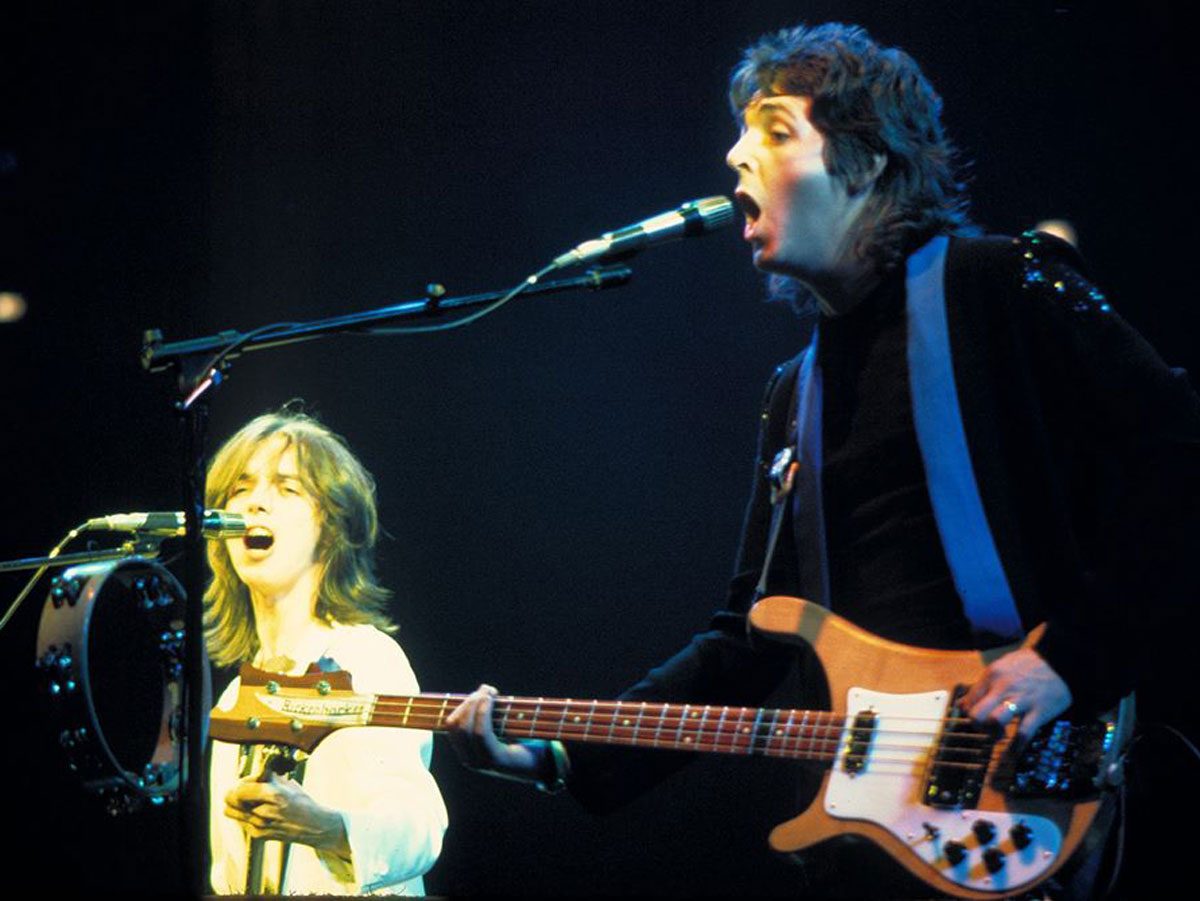
1976: “Silly Love Songs” — Wings
This disco and funk-inspired No. 1 hit was Paul McCartney’s response to music critics—and ex-Beatles bandmate John Lennon—who accused him of only writing “silly love songs.” McCartney’s delightful retort: “And what’s wrong with that? I’d like to know.”
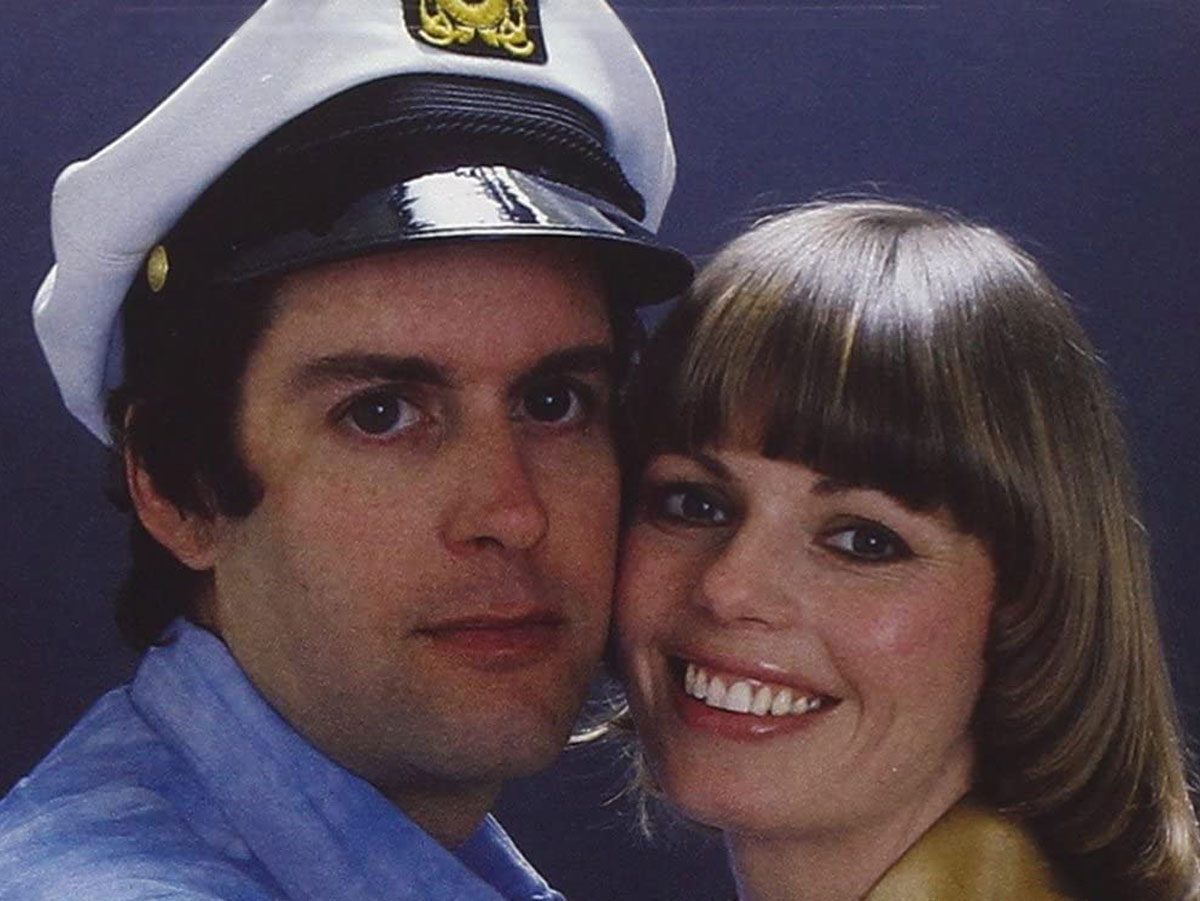
1975: “Love Will Keep Us Together” — Captain & Tennille
In a sad bit of irony, husband-and-wife duo Daryl “Captain” Dragon and Toni Tennille announced they were getting divorced in 2014 after 39 years of marriage. The two remained close friends, however, and Tennille was by Dragon’s side when he died from complications of kidney failure on Jan. 2, 2019.
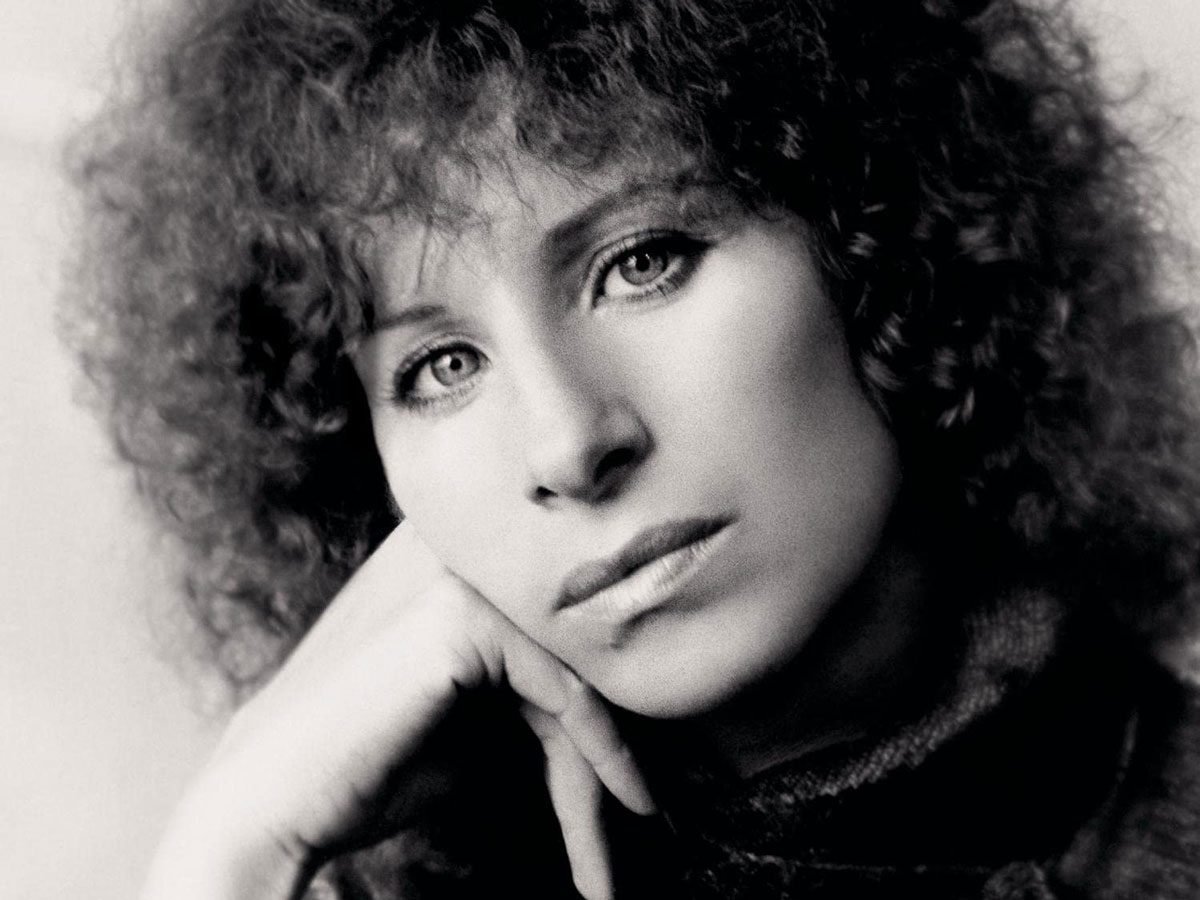
1974: “The Way We Were” — Barbra Streisand
“The Way We Were” was the theme song for the 1973 romantic drama of the same name. The film told the story of a couple (Barbra Streisand and Robert Redford) who fall in love despite being complete opposites, and later reminisce about their time together.
Check out the best romance movies on Netflix Canada.
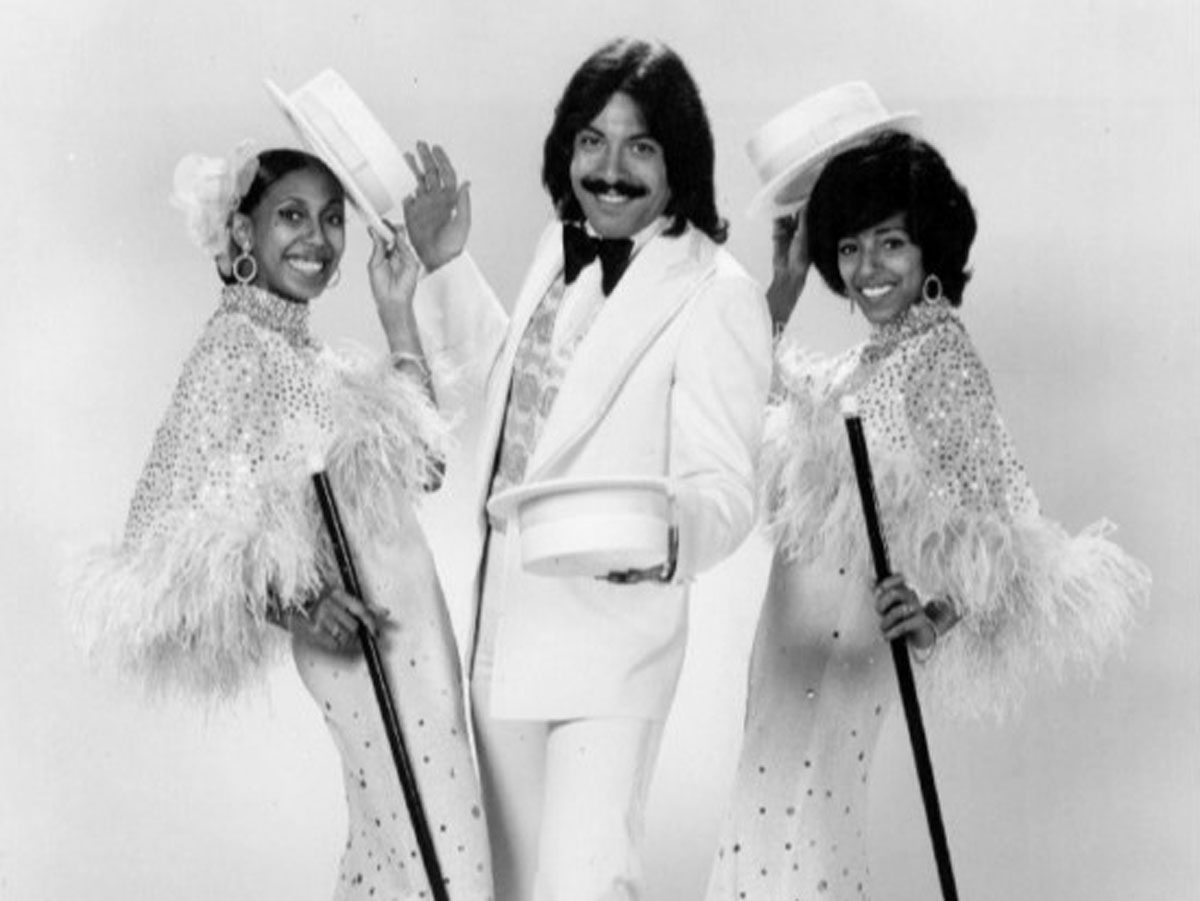
1973: “Tie a Yellow Ribbon ‘Round the Ole Oak Tree” — Tony Orlando and Dawn
This No. 1 hit was based on a short story featured in a 1972 issue of Reader’s Digest called “Going Home,” which followed a newly-released prisoner named Vingo. In the story, Vingo told his ex-wife to tie a yellow ribbon around a famous tree in their hometown as a way of showing whether she wanted him back or not.
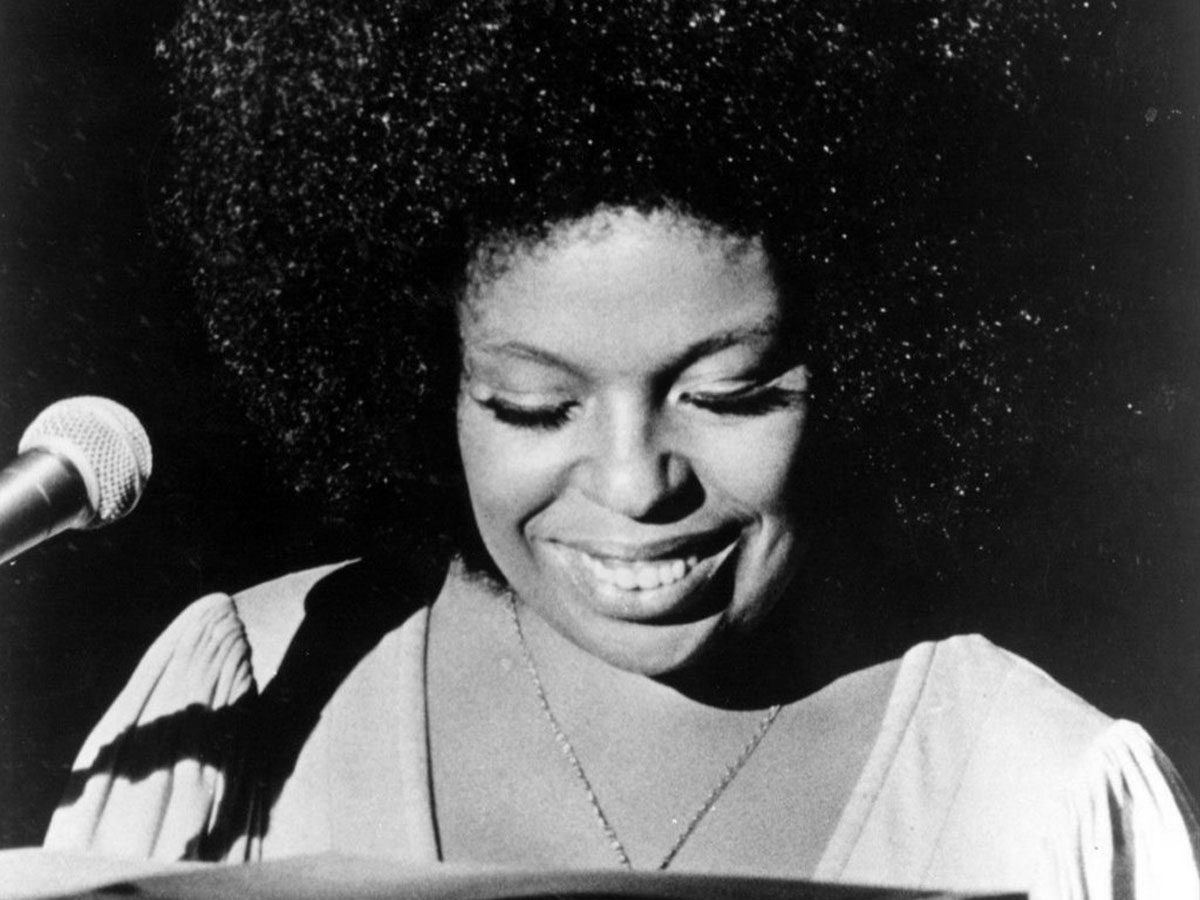
1972: “The First Time Ever I Saw Your Face” — Roberta Flack
Roberta Flack struggled to find an audience before the release of “The First Time Ever I Saw Your Face,” her breakout hit. It won Grammy Awards for Song of the Year and Record of the Year, beating out Don McLean’s “American Pie” in both categories.
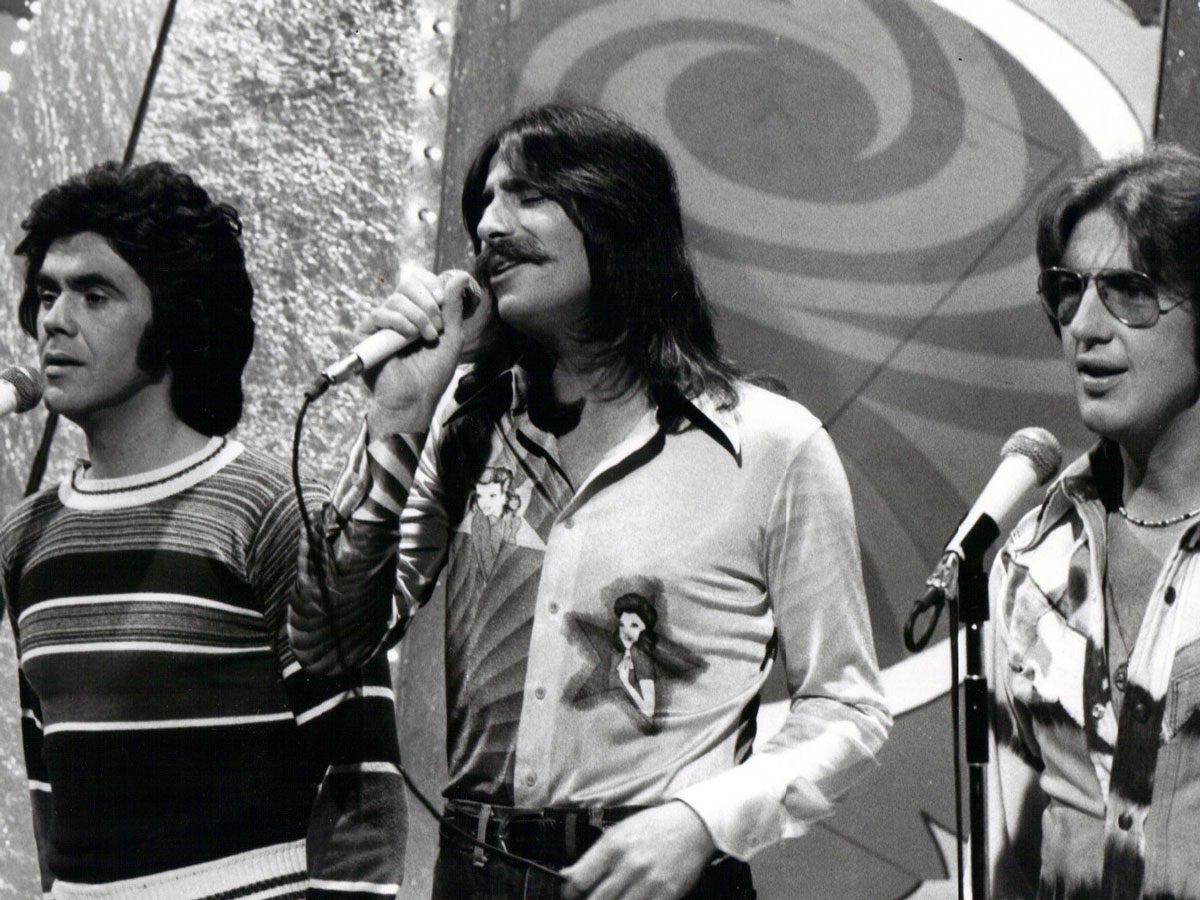
1971: “Joy to the World” — Three Dog Night
Three Dog Night didn’t think much of “Joy to the World” when they recorded it, tacking it onto the album Naturally as filler. To their surprise, the song reached No. 1 and stayed there for six weeks.
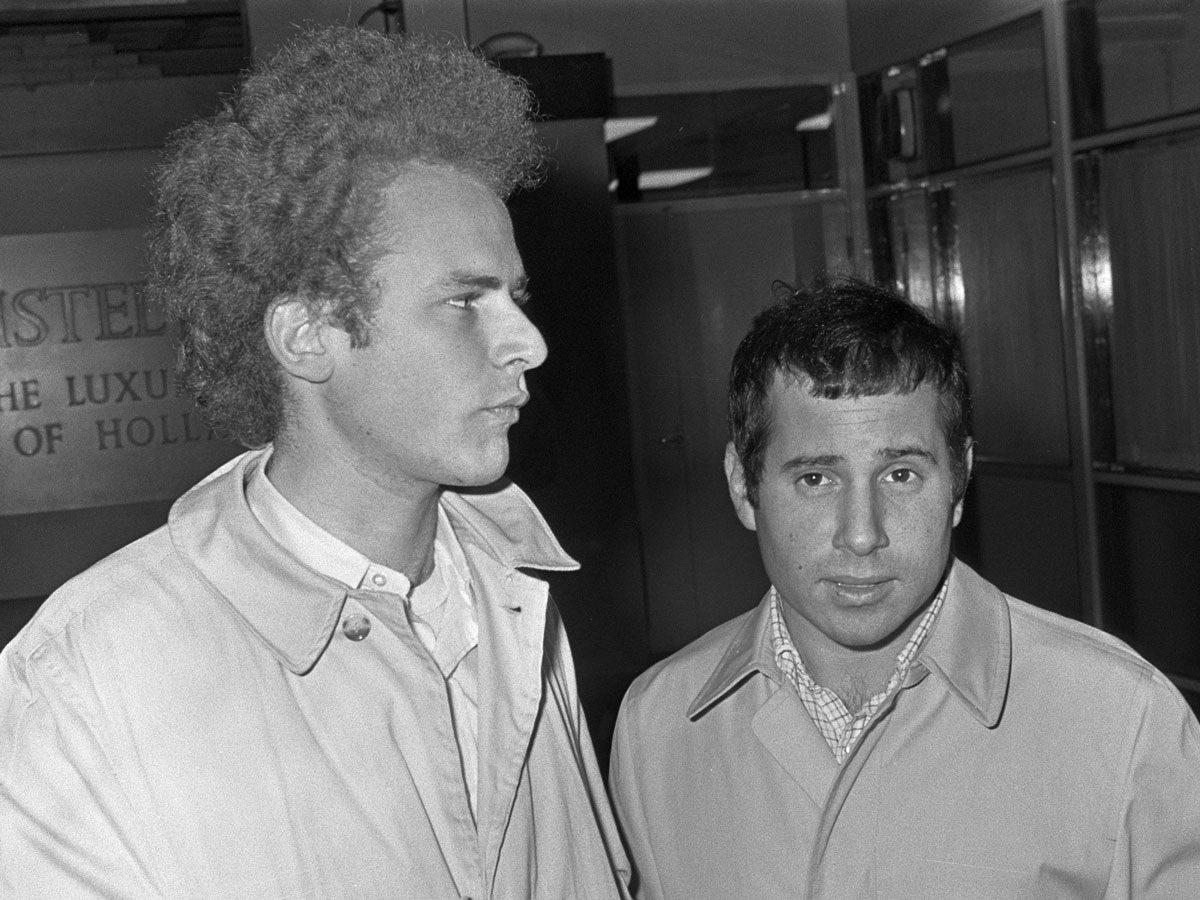
1970: “Bridge Over Troubled Water” — Simon & Garfunkel
At Paul Simon’s suggestion, Art Garfunkel sang this one solo, and the results are legendary. “Bridge Over Troubled Water” sold over six million copies worldwide and later won the Grammy Awards for Record of the Year and Song of the Year.
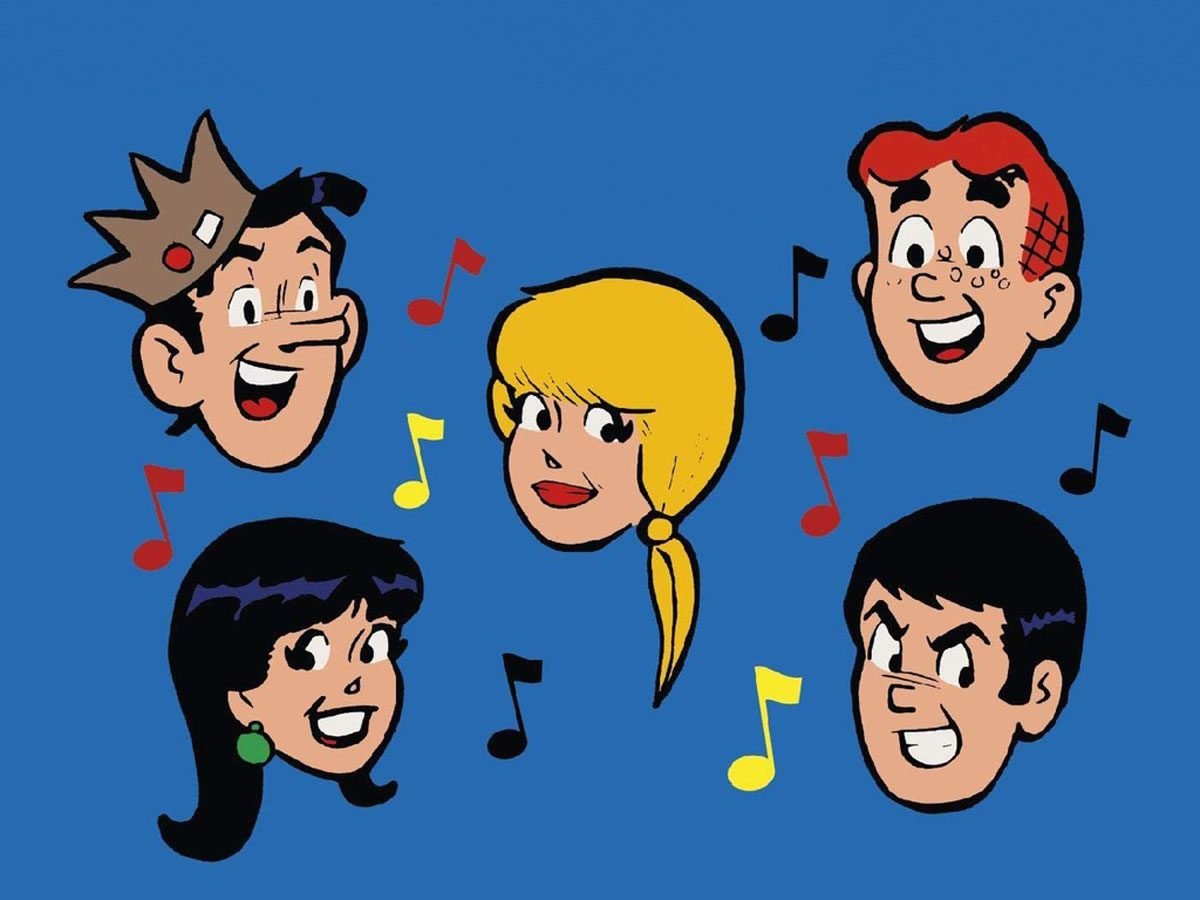
1969: “Sugar, Sugar” — The Archies
The Archies were a fictional band that appeared in the popular cartoon Archie. (The band’s songs were performed by session musicians.) Contrary to popular belief, “Sugar, Sugar” isn’t secretly about drugs, but candy! (Songwriters Andy Kim and Jeff Barry penned the song with pre-schoolers in mind, after all.)

1968: “Hey Jude” — The Beatles
Originally titled “Hey Jules,” Paul McCartney wrote this smash hit as a way to comfort John Lennon’s five-year-old son, Julian, as his parents were going through a divorce. Julian didn’t find out this song was written for him until he was a teenager.
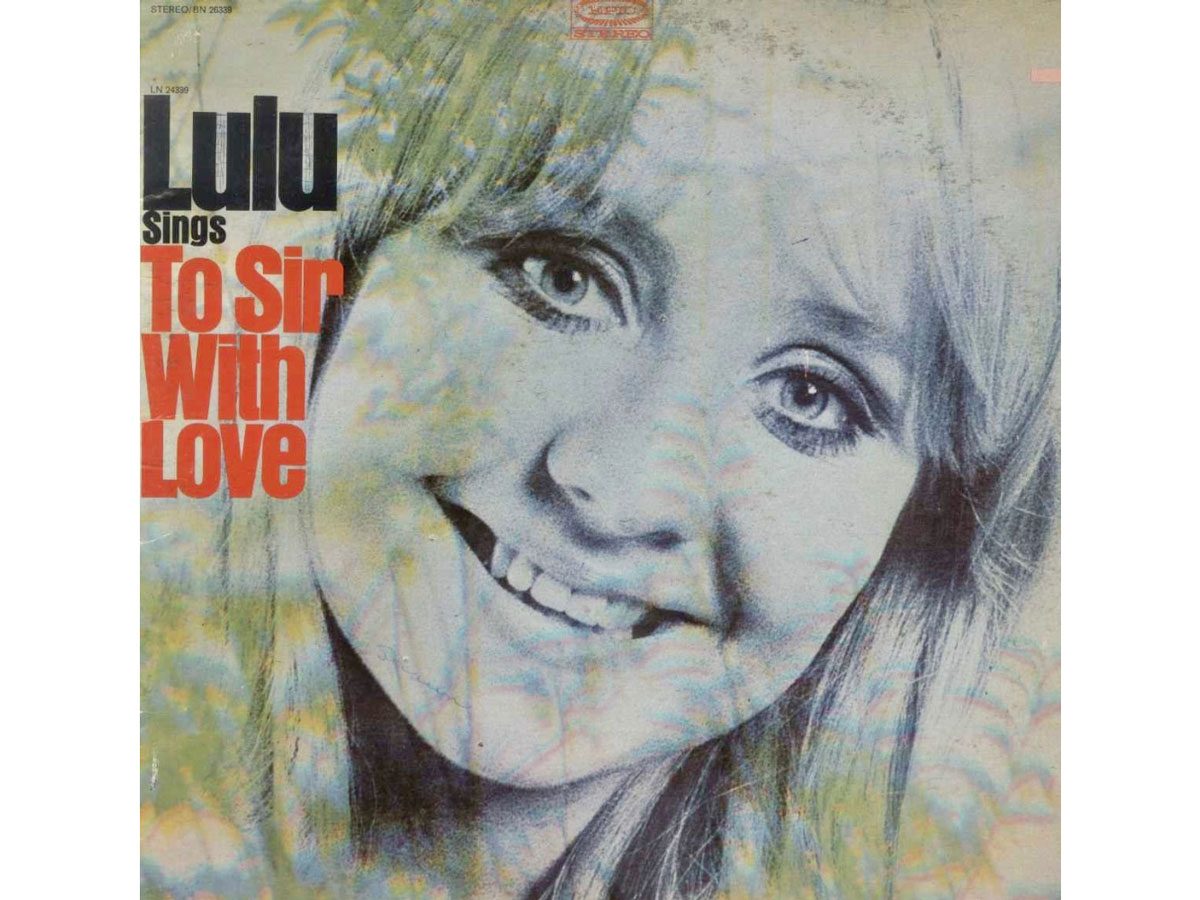
1967: “To Sir with Love” — Lulu
The title song to the 1967 movie of the same name starring Sidney Poitier, “To Sir with Love” reached No. 1 for five weeks. Scottish singer Lulu had a small cameo in the film. Fun fact: Lulu went on to perform the theme tune for James Bond’s showdown with The Man With the Golden Gun.
Here’s every James Bond film ranked—from worst to best.
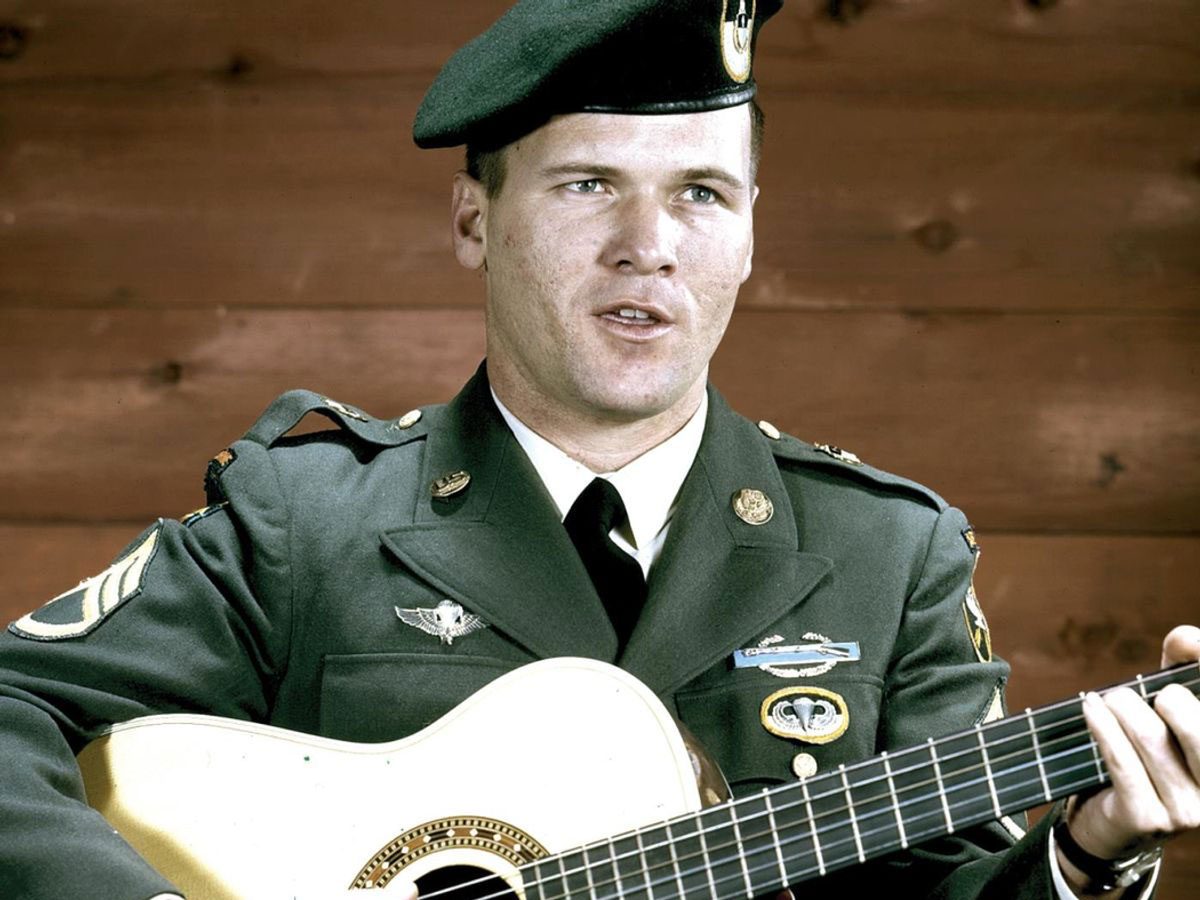
1966: “Ballad of the Green Berets” — Barry Sadler
After serving in Vietnam from 1964 to ’65, staff sergeant Barry Sadler, a Green Beret medic, signed a recording contract with RCA Records. He recorded a dozen songs, including “Ballad of the Green Berets,” a patriotic ballad that paid tribute to his fellow Special Forces soldiers.
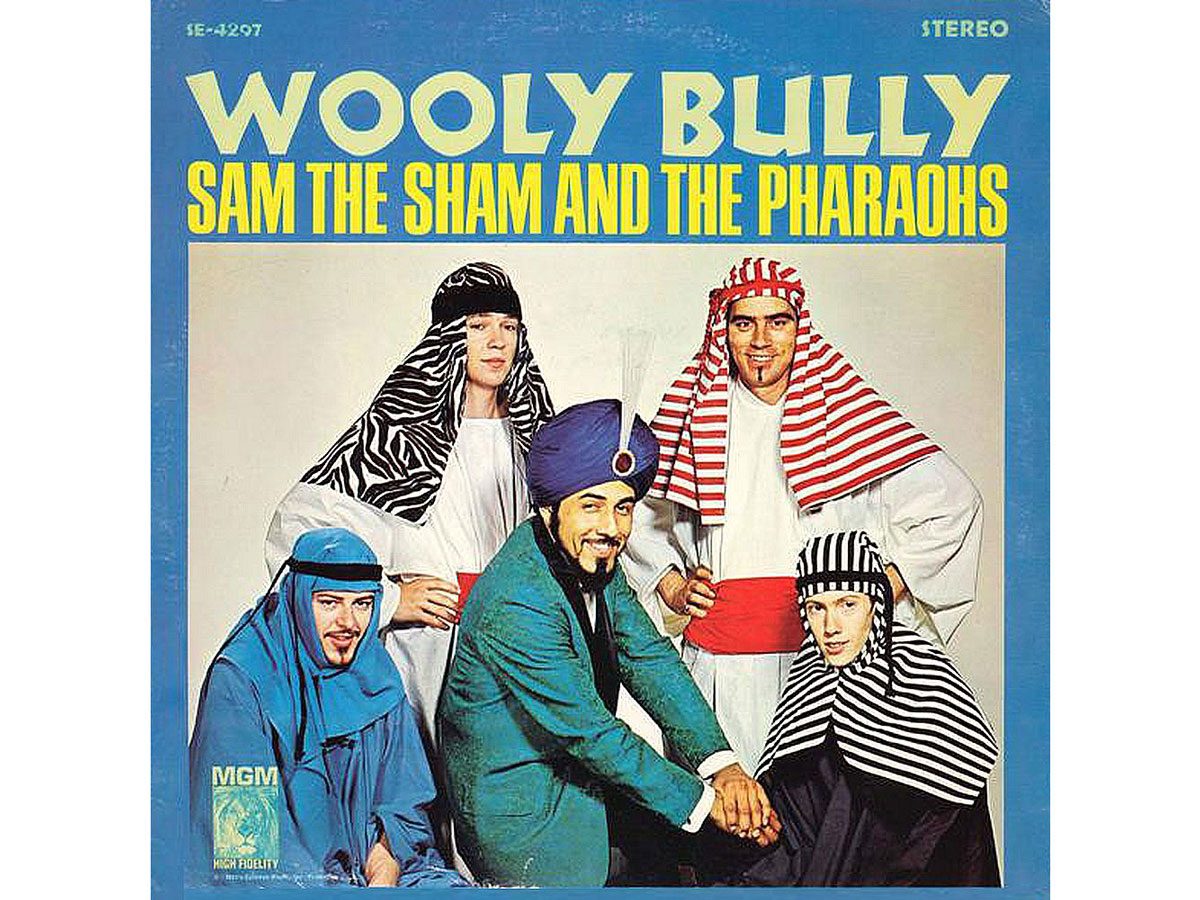
1965: “Wooly Bully” — Sam the Sham & the Pharaohs
Despite being the best-selling track of 1965, this popular garage rock parody never actually made it to No. 1.
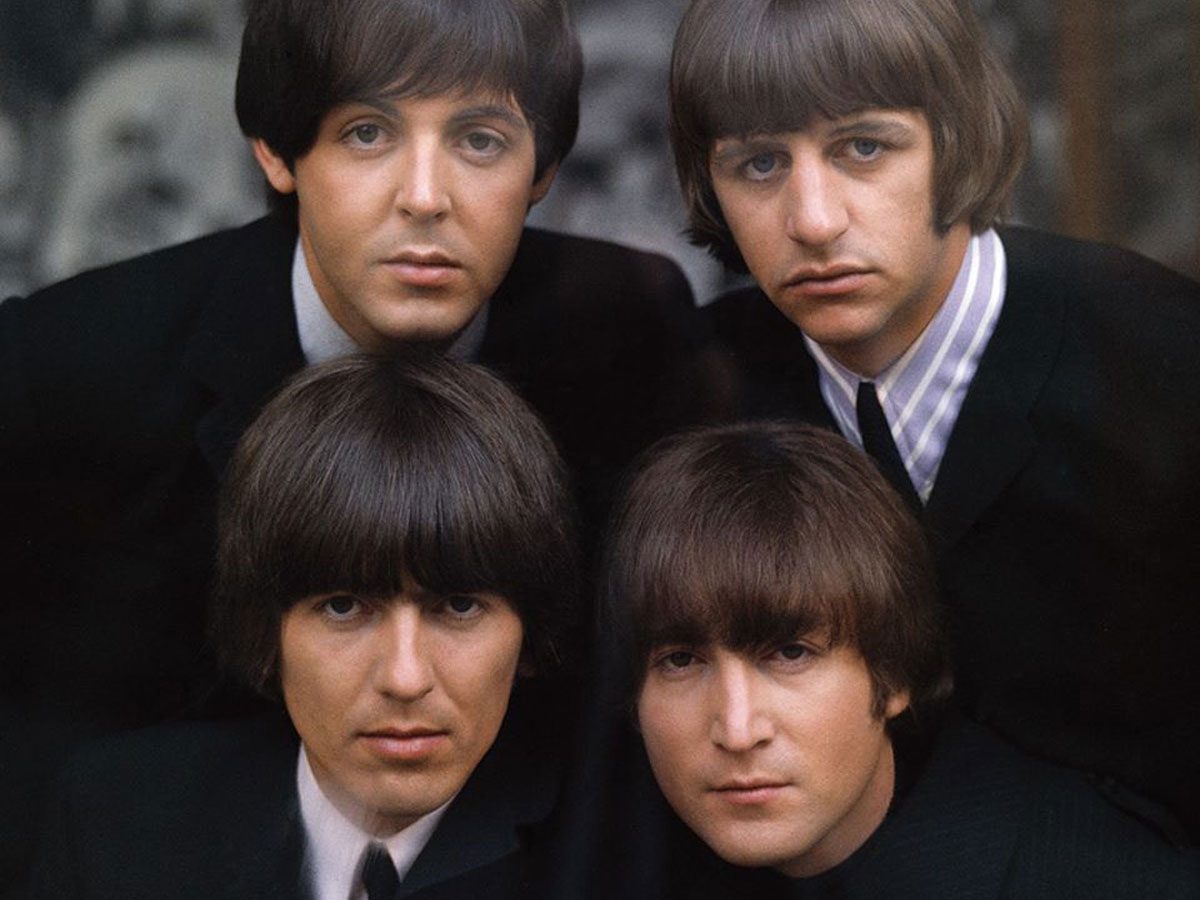
1964: “I Want to Hold Your Hand” — The Beatles
The first Beatles song to make it big in America, “I Want to Hold Your Hand” created a stateside media frenzy that was unprecedented for a “foreign” band. It stayed atop the Billboard Hot 100 for seven weeks until it was knocked off—by another Beatles song.
Find out how John Lennon’s iconic car ended up in a B.C. museum.
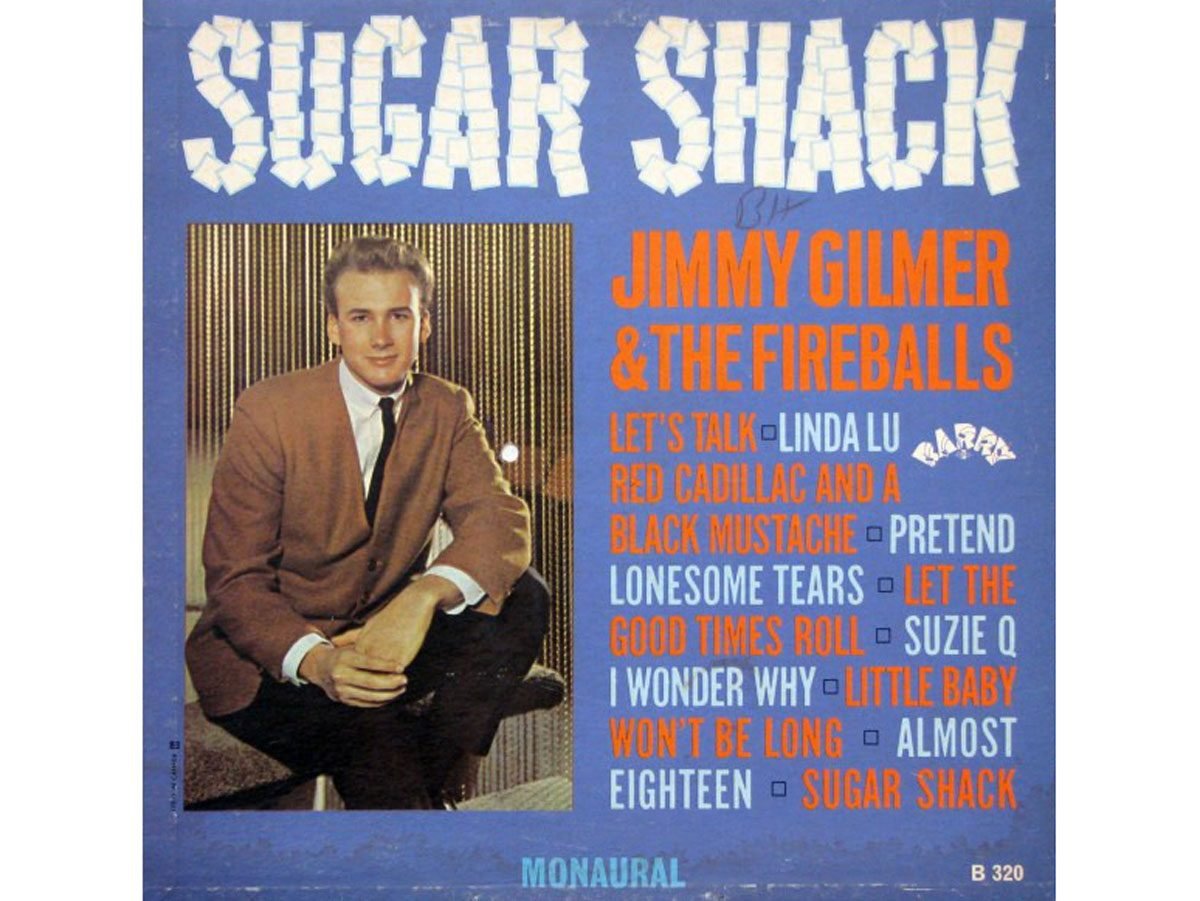
1963: “Sugar Shack” — Jimmy Gilmer and the Fireballs
This rock ‘n’ roll classic, which tells the tale of a married couple who reminisce about their courtship at a coffeehouse, spent five weeks at the No. 1 spot in 1963.
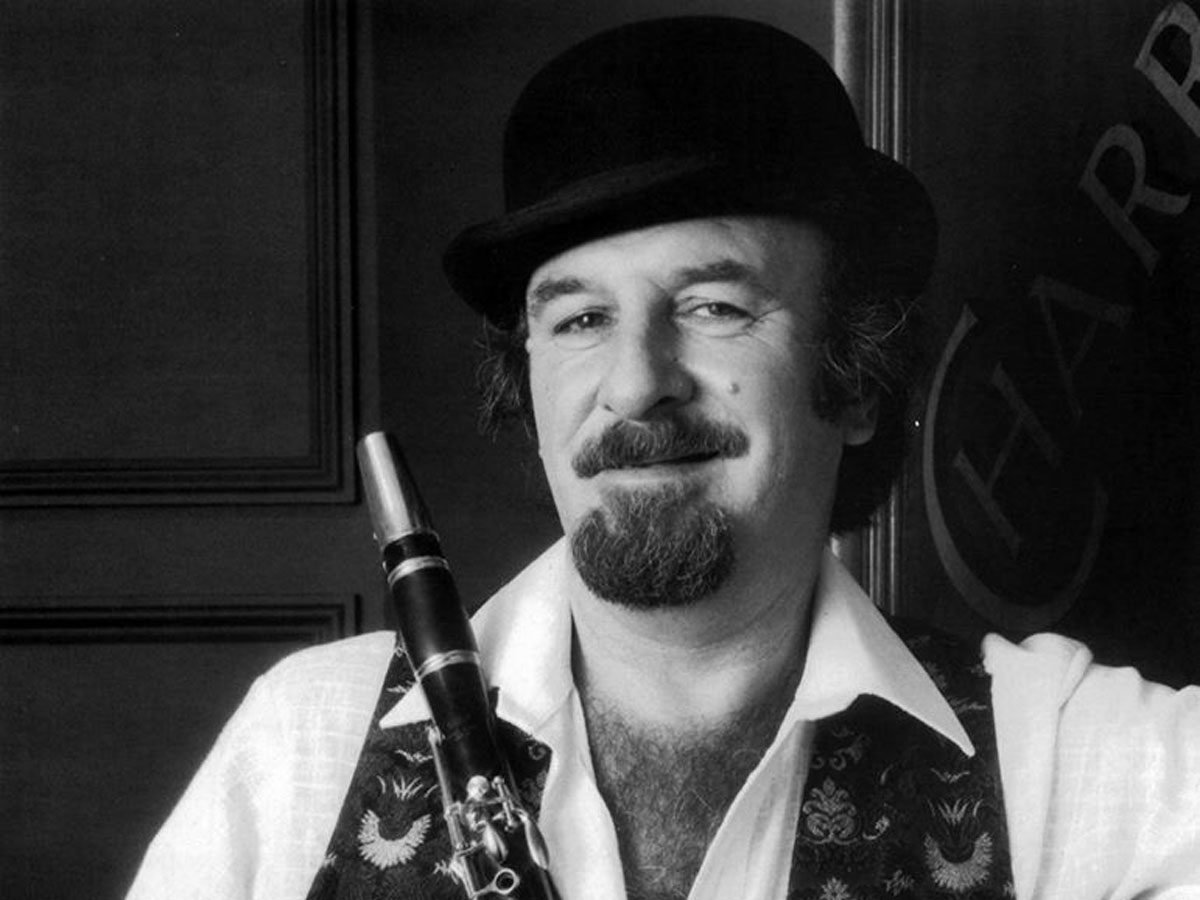
1962: “Stranger on the Shore” — Acker Bilk
This popular instrumental tune was originally titled “Jenny”—it was written by Acker Bilk for his daughter—but was renamed after it became the theme song for the British television show Stranger on the Shore.
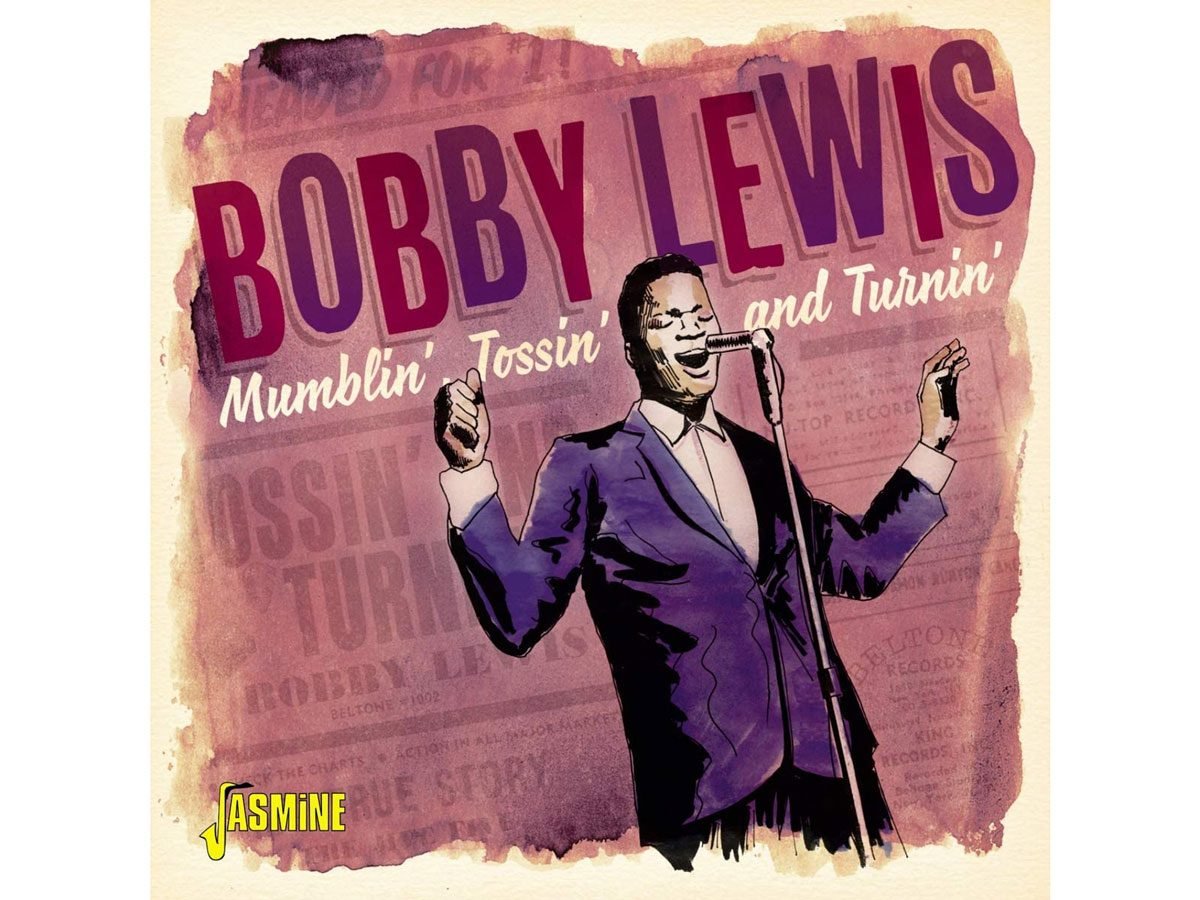
1961: “Tossin’ and Turnin’” — Bobby Lewis
This R&B hit re-entered the public consciousness in 1978 after being featured in National Lampoon’s Animal House. In 2008, Billboard ranked “Tossin’ and Turnin’” as the 27th biggest song of all time.
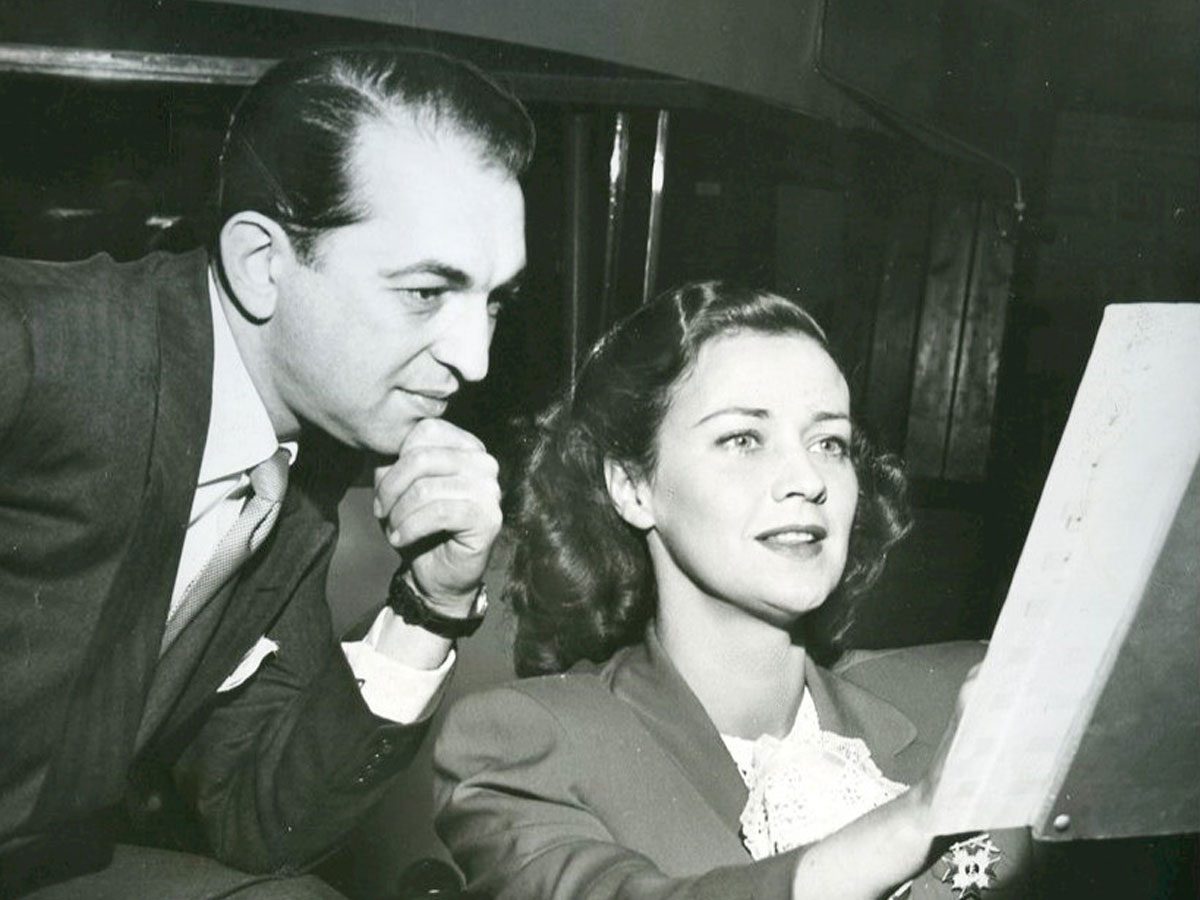
1960: “Theme from A Summer Place” — Percy Faith
This famously chill tune was originally written by Max Steiner for the romantic drama A Summer Place. Percy Faith’s rearranged, re-recorded version can be heard in films as varied as The Omega Man, Con Air and Ocean’s Eleven.
Here are the best summer movies of all time.
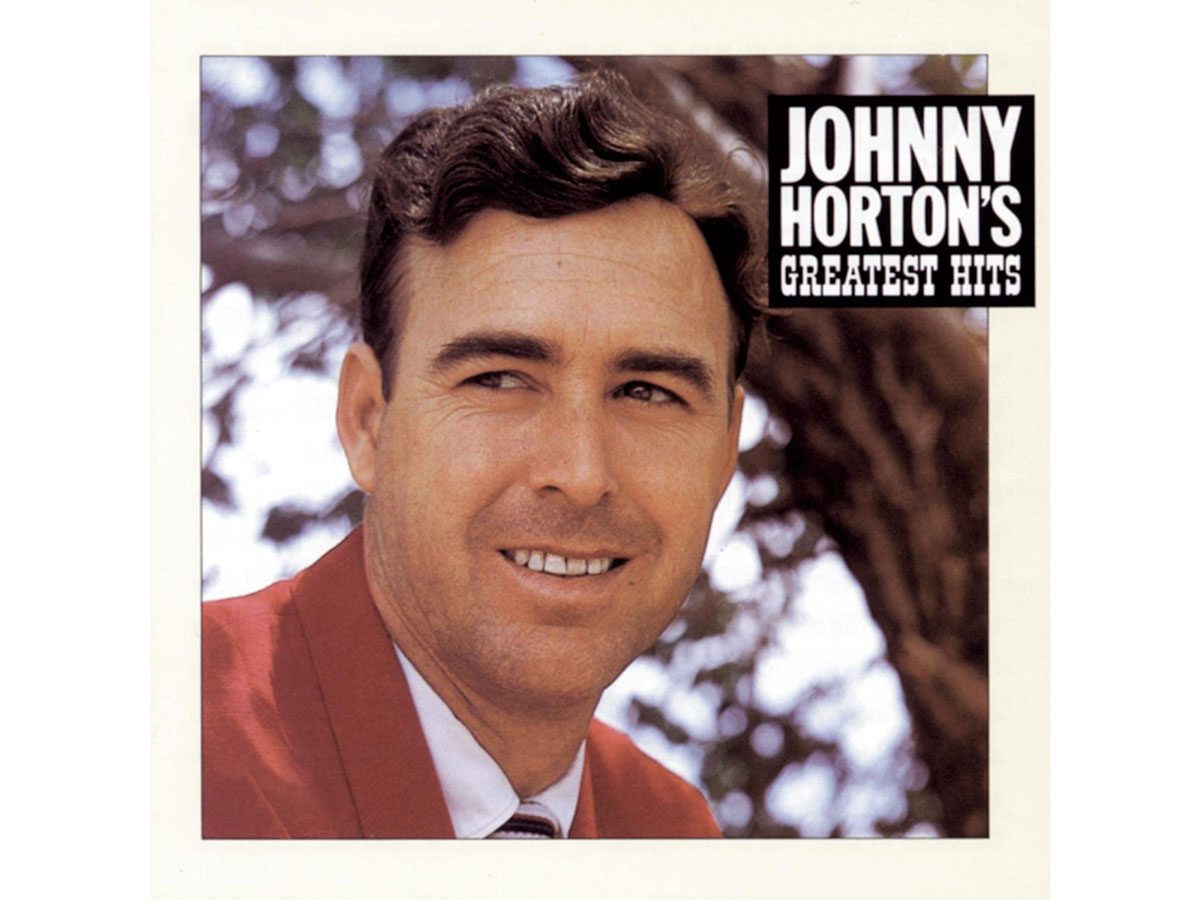
1959: “The Battle of New Orleans” — Johnny Horton
This country hit lightheartedly recounts the Battle of New Orleans, which took place on Jan. 8, 1815, between British and American forces near Chalmette, Louisiana. Despite being heavily outnumbered, the Americans defeated the British in just 30 minutes.
Test your knowledge with these history questions everyone gets wrong.
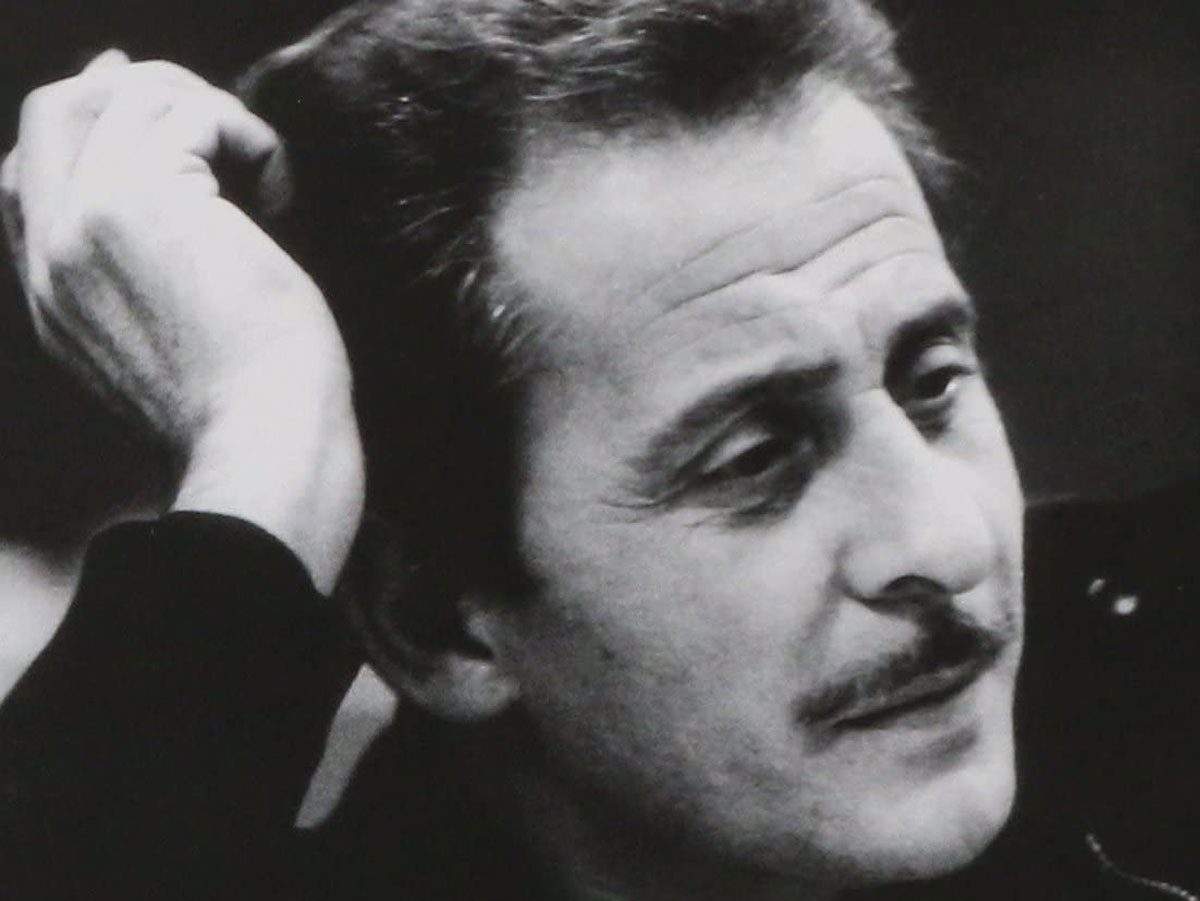
1958: “Nel Blu, Dipinto di Blu (Volare)” — Domenico Modugno
After placing third in the 1958 Eurovision Song Contest, this Italian hit spent five non-consecutive weeks atop the Billboard Hot 100. “Volare” went on to win Record of the Year and Song of the Year at the first-ever Grammy Awards.
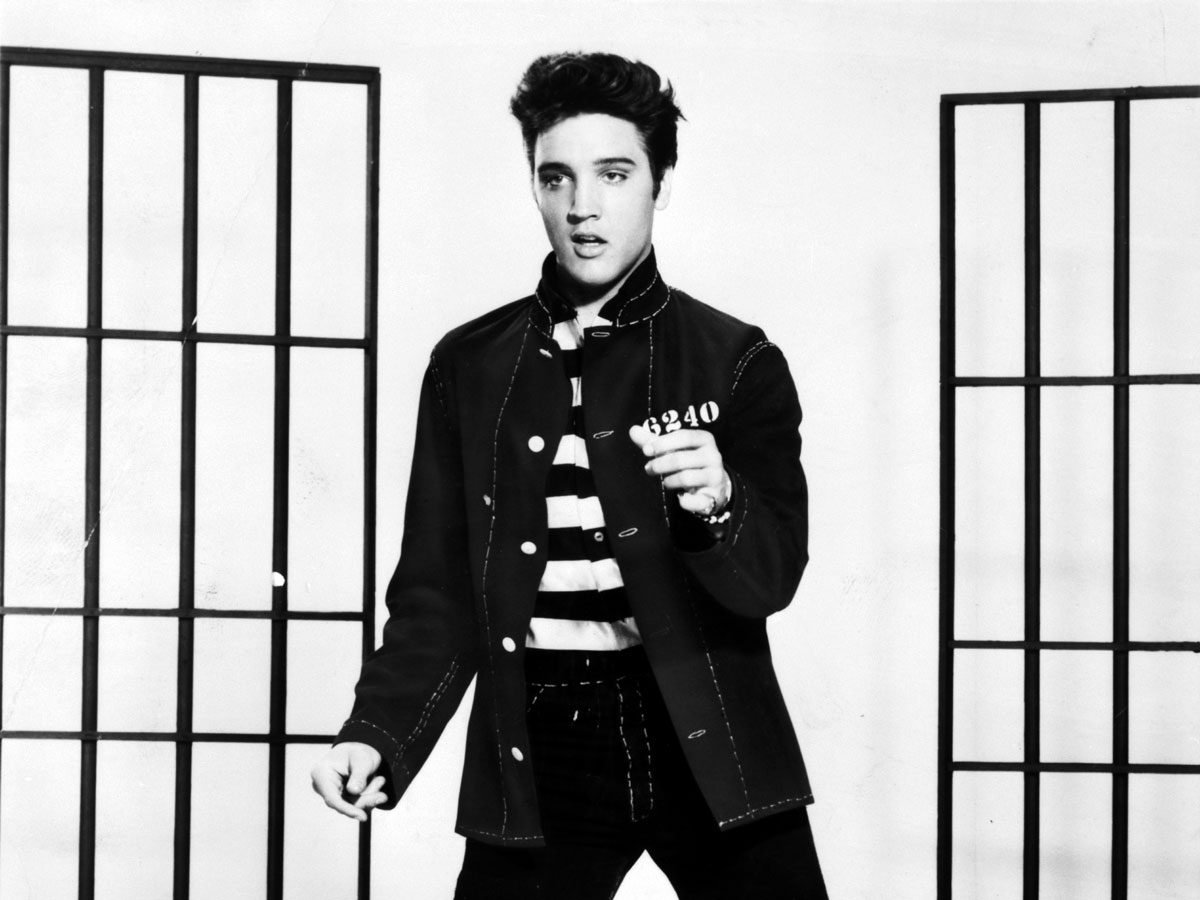
1957: “All Shook Up” — Elvis Presley
This bouncy ditty, which finds Elvis at his most lovestruck, spent eight weeks atop Billboard’s Hot 100.
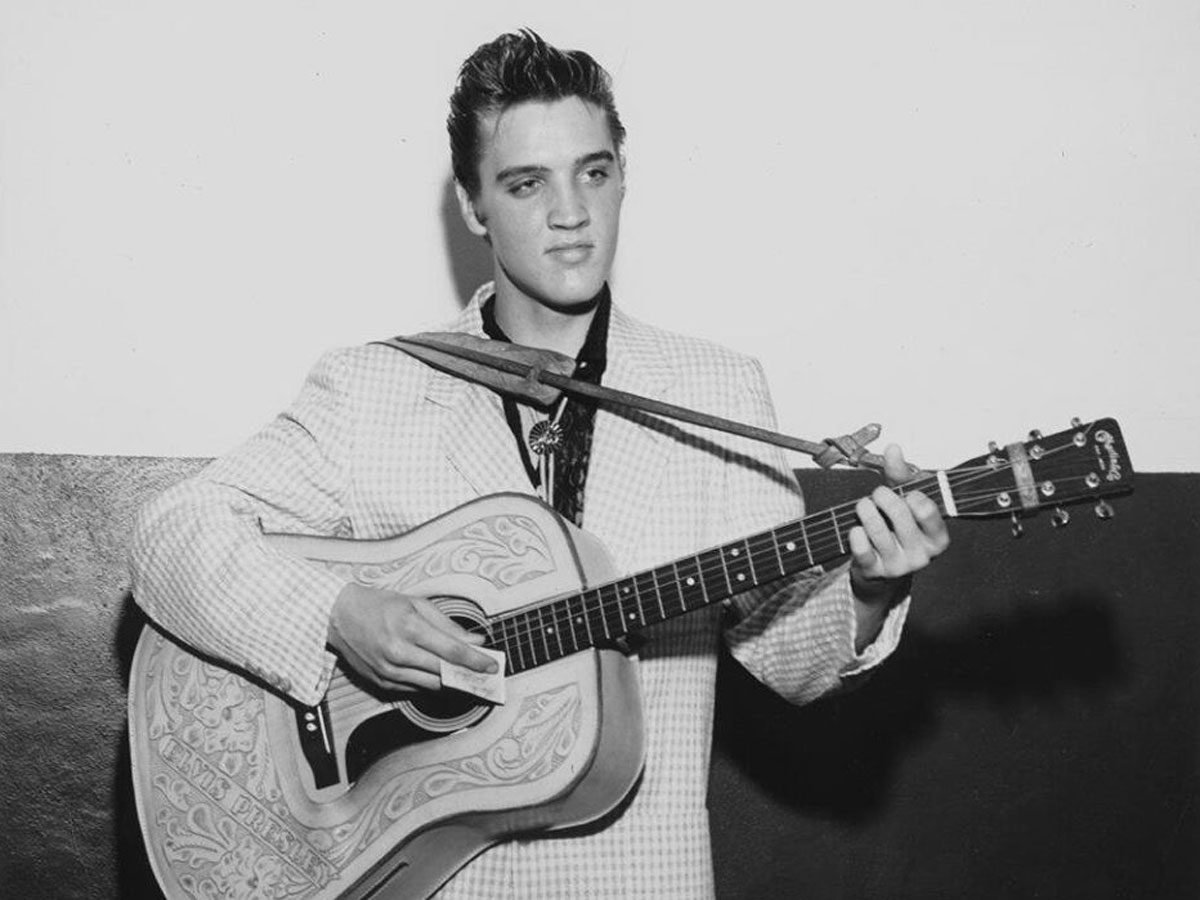
1956: “Heartbreak Hotel” — Elvis Presley
On Jan. 10, 1956, a 21-year-old Elvis Presley walked into the Methodist Television, Radio and TV Studios in Nashville, Tennessee to record a few songs, including “Heartbreak Hotel.” With its reverb-soaked vocals and spare instrumentation, “Heartbreak Hotel” still sounds fresh.
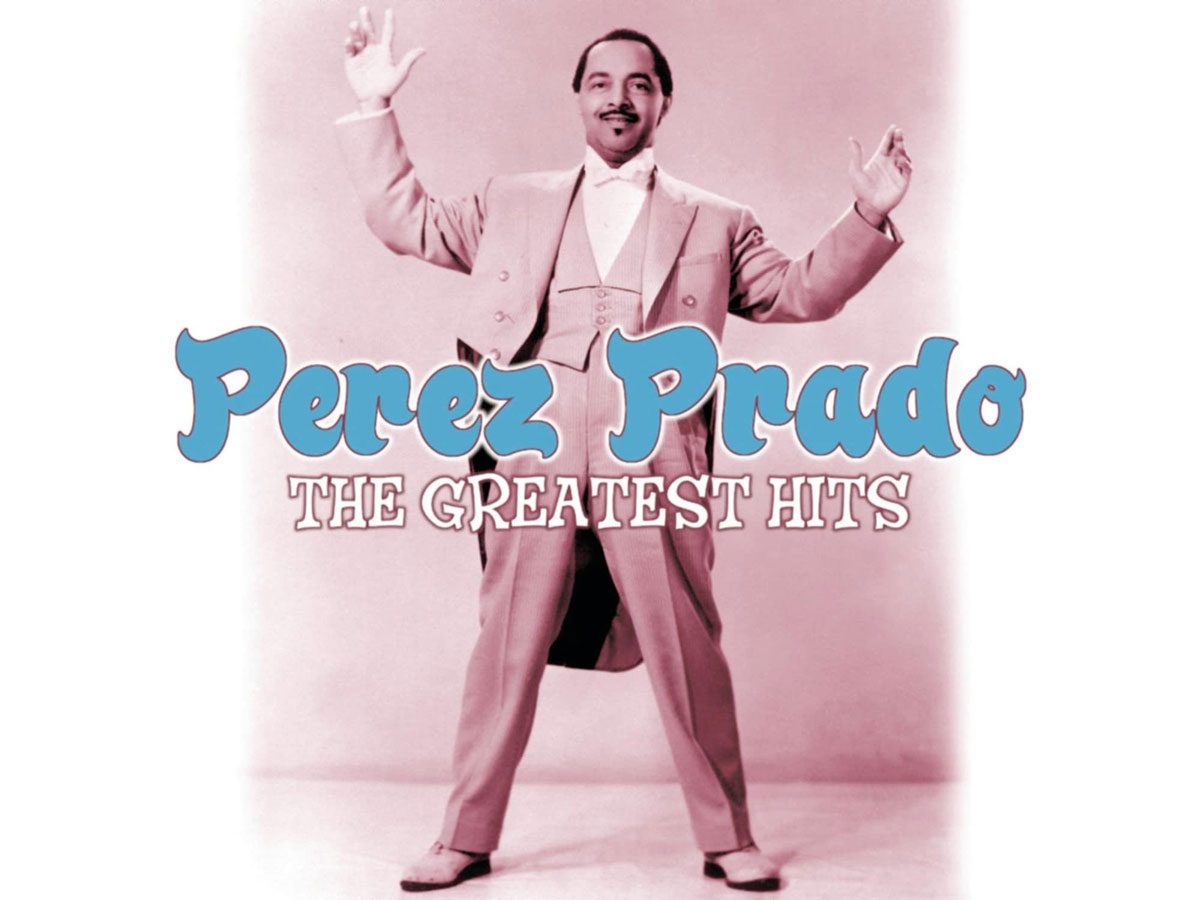
1955: “Cherry Pink and Apple Blossom White” — Pérez Prado
Cuban composer and bandleader Pérez Prado helped popularize mambo in the United States during the 1950s. His most successful single, “Cherry Pink and Apple Blossom White,” was featured in the Jane Russell film Underwater.
This marriage advice from the 1950s still holds true.
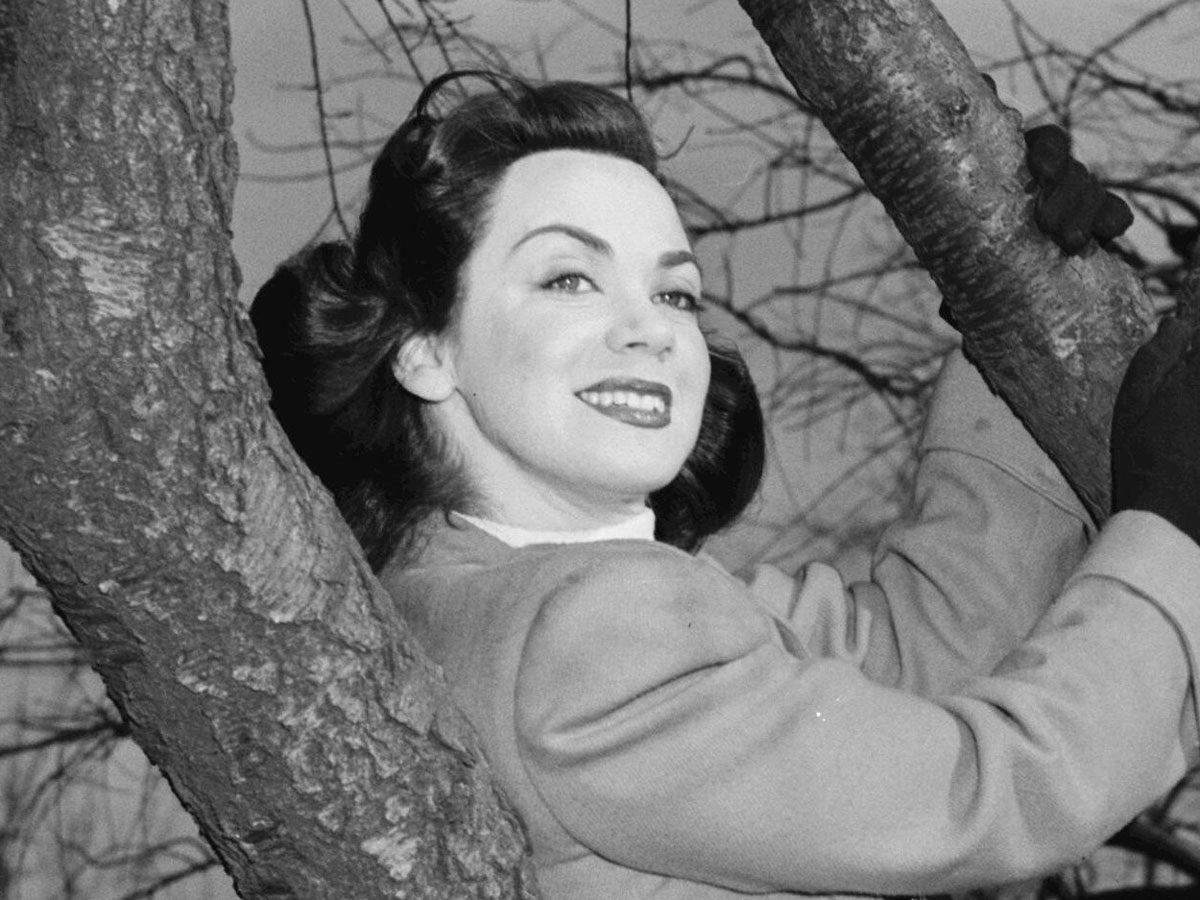
1954: “Little Things Mean a Lot” — Kitty Kallen
Before scoring her biggest solo success with “Little Things Mean a Lot,” Kitty Kallen sang in groups led by some of the most famous musicians of the time, including Artie Shaw, Harry James and Jimmy Dorsey.
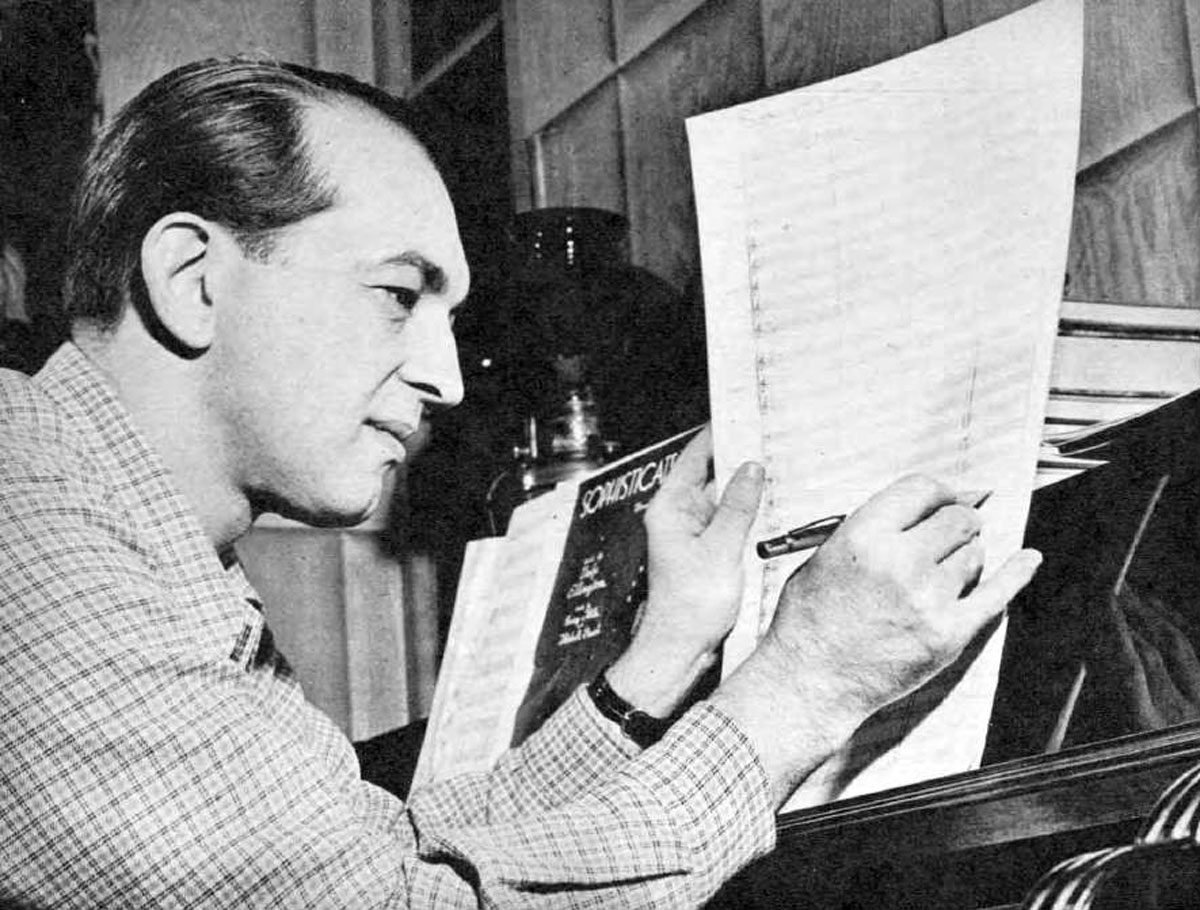
1953: “Song from Moulin Rouge” — Percy Faith
Also known as “Where Is Your Heart,” this No. 1 hit from Moulin Rouge plays during the scene in which Jane Avril (Zsa Zsa Gabor) serenades the audience at her cabaret house. Singer Felicia Sanders provided the vocals for the song.
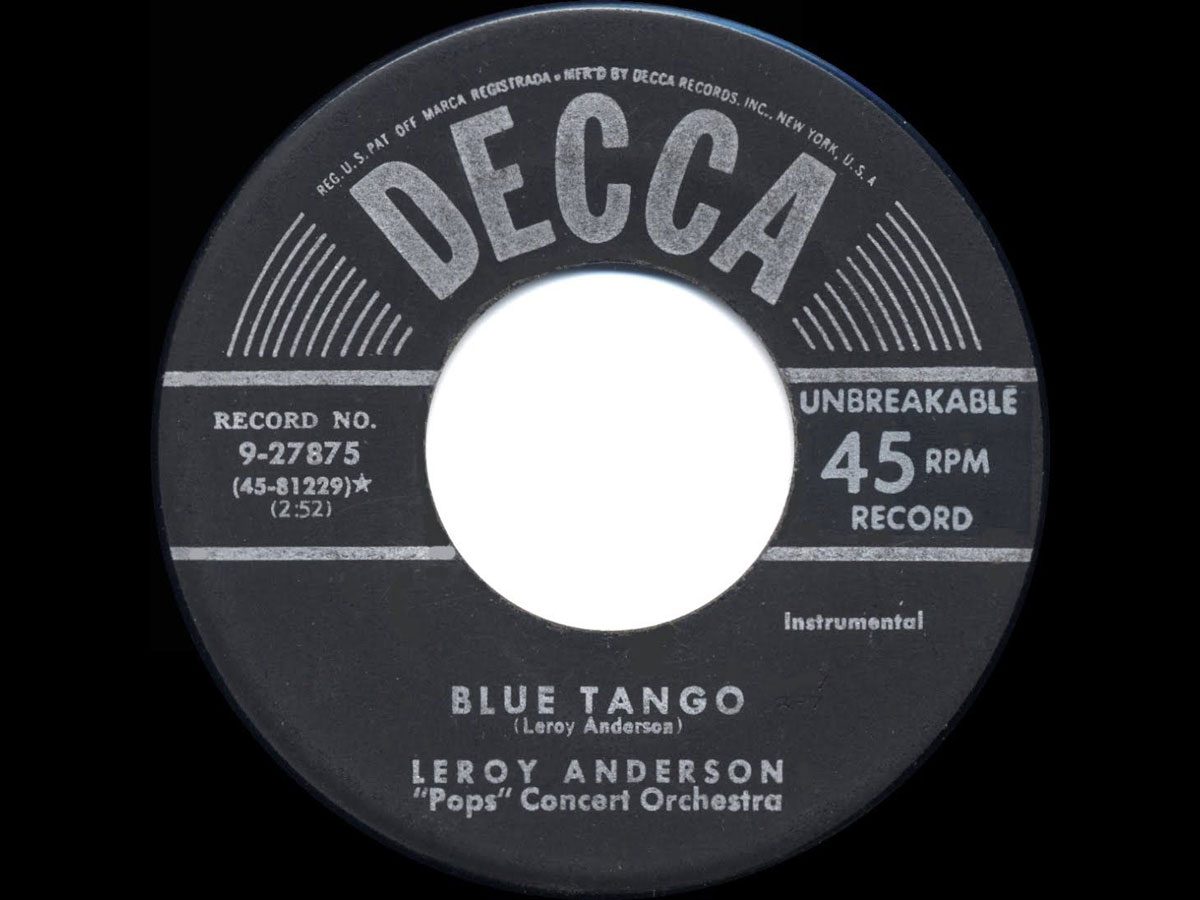
1952: “Blue Tango” — Leroy Anderson
This instrumental composition was named the No. 1 song of 1952 by Billboard, beating out the likes of “You Belong to Me” by Jo Stafford and “Cry” by Johnnie Ray.
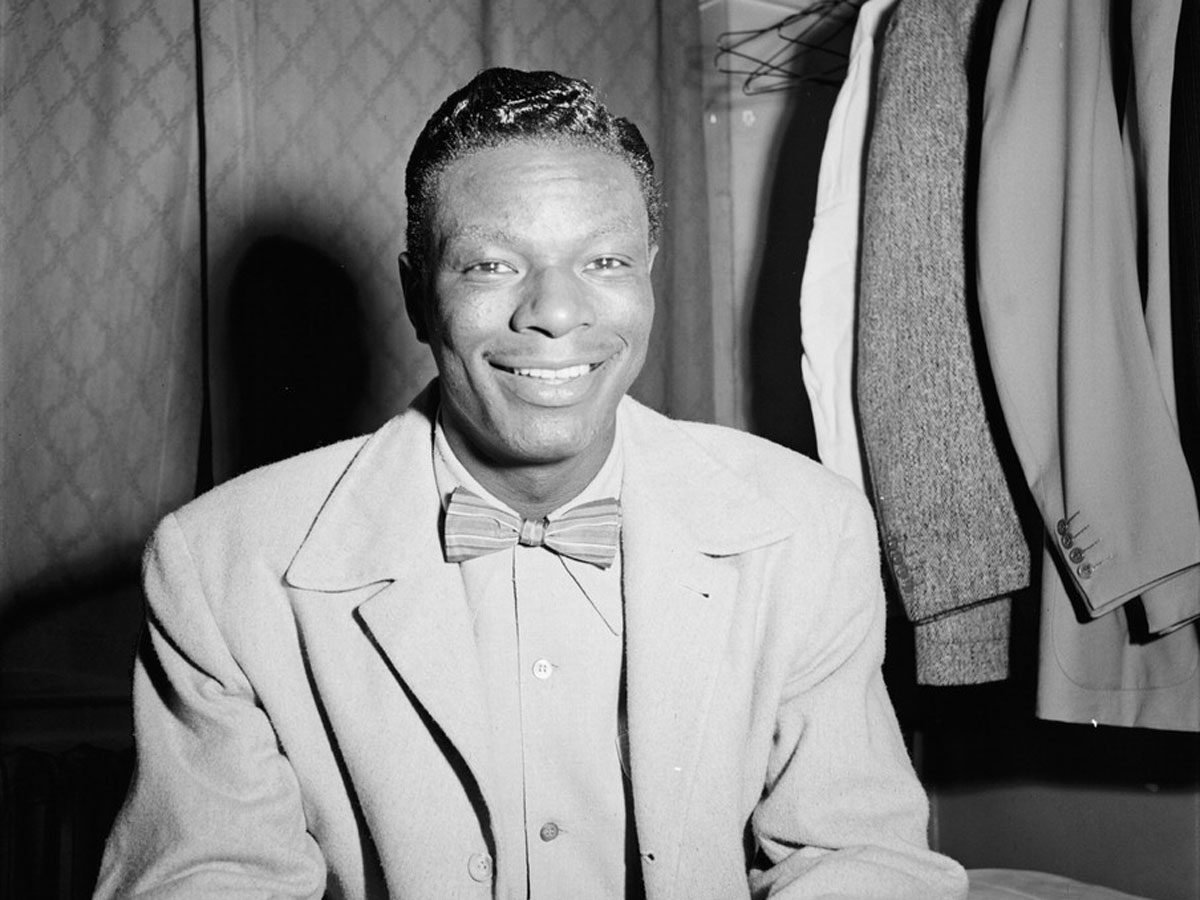
1951: “Too Young” — Nat King Cole
This romantic ballad, which follows a pair of young lovers struggling to find acceptance from the adults around them, was reportedly one of Nat King Cole’s favourites.
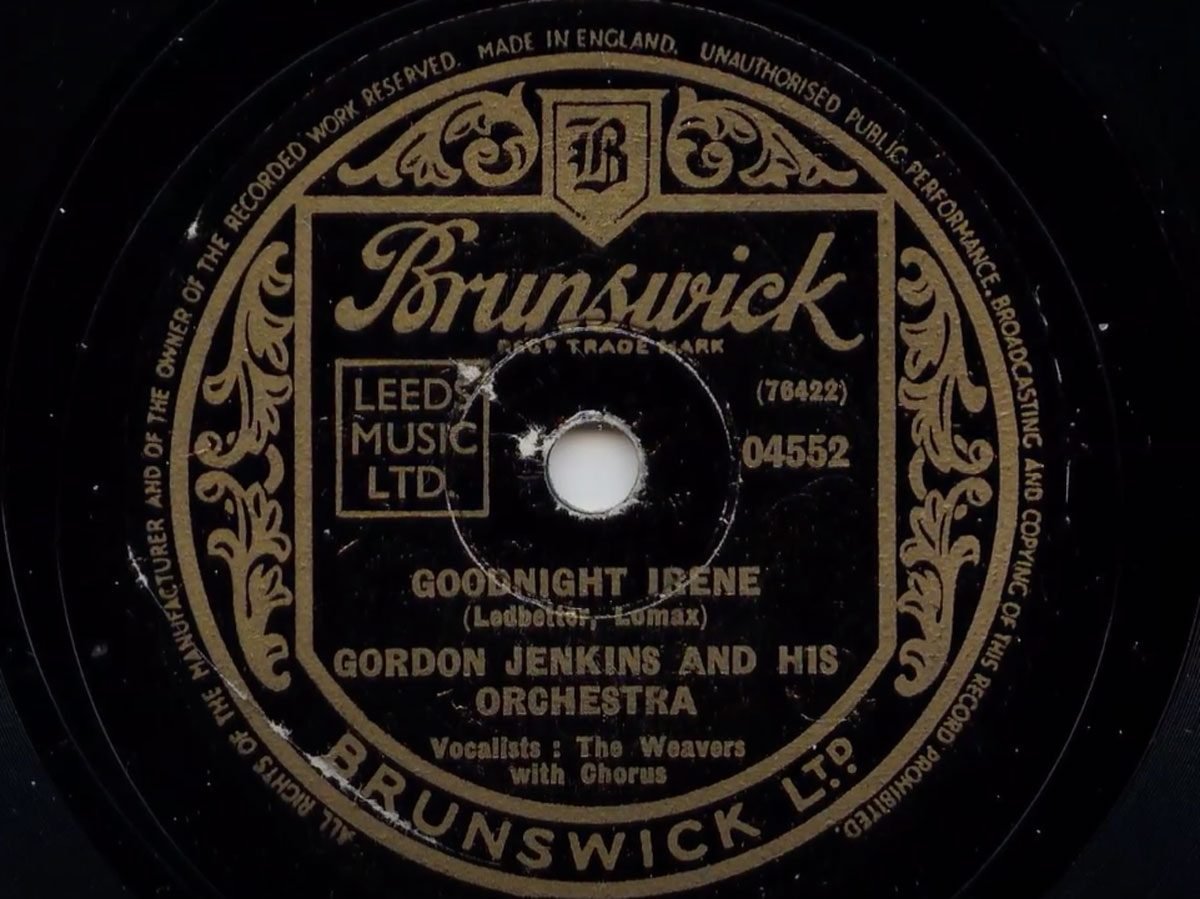
1950: “Goodnight, Irene” — Gordon Jenkins and The Weavers
The strings that open this No. 1 hit may conjure up old Disney movie soundtracks, but “Goodnight, Irene” is actually about a man who begins having suicidal thoughts after breaking up with his best girl. Here’s a lyric: “Sometimes I take a great notion, to jump into the river and drown.”
Take a nostalgic look back at 15 things kids from the ’50s will remember.
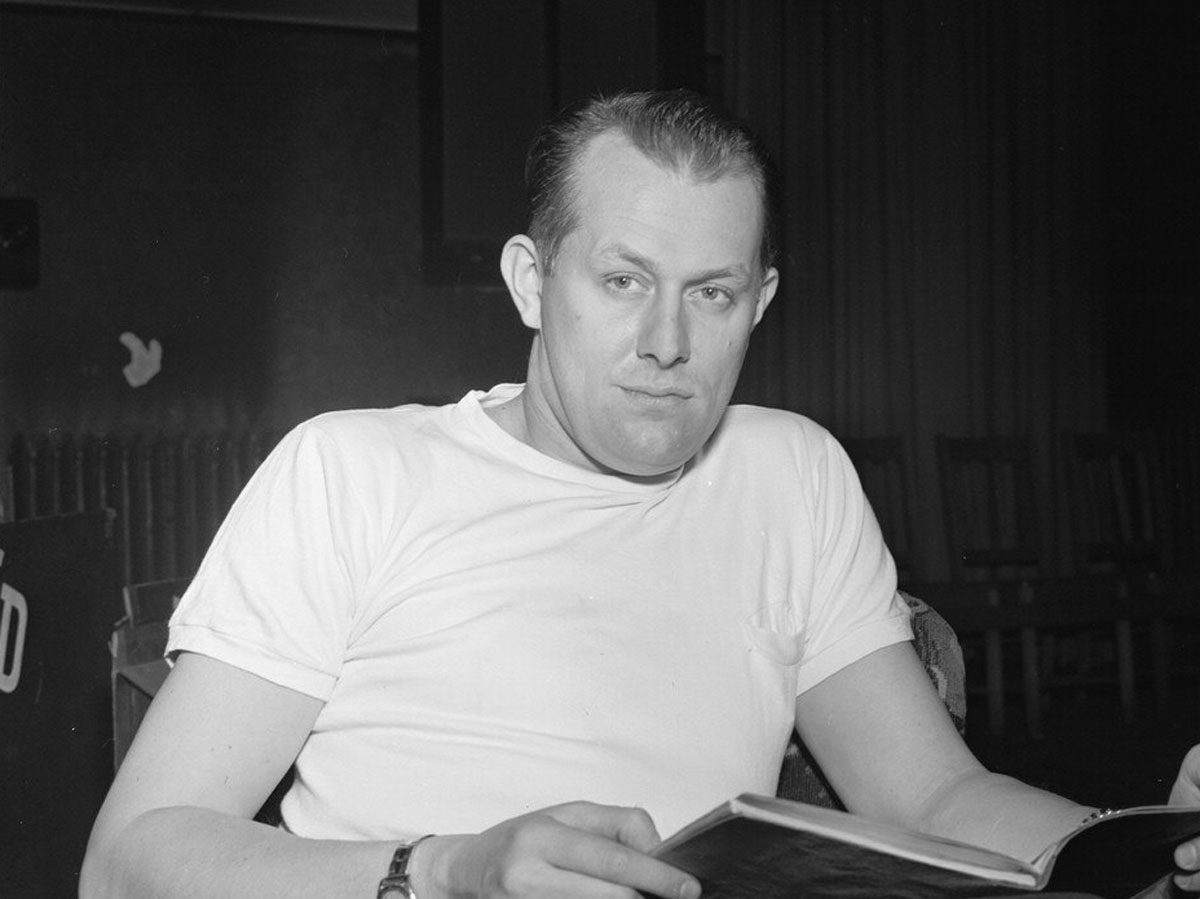
1949: “Riders in the Sky” — Vaughn Monroe Orchestra
This cowboy-styled country song by baritone singer Vaughn Monroe truly has pop culture longevity: it’s been covered by artists as varied as Johnny Cash and Debbie Harry… and Finnish death metal band Children of Bodom.
Find out what it was like living in Edmonton in the ’40s.
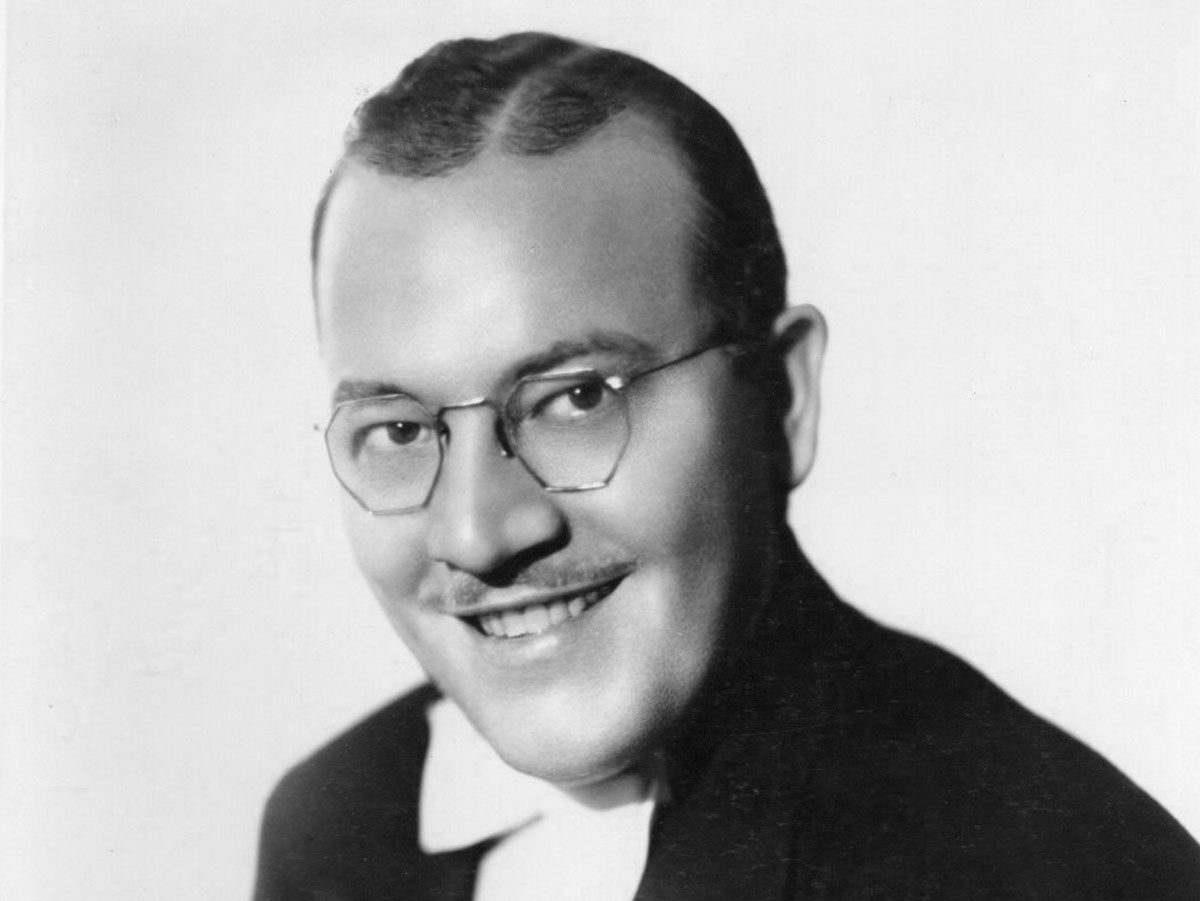
1948: “Twelfth Street Rag” — Pee Wee Hunt
“Twelfth Street Rag” was one of the most famous songs from the ragtime era, between 1895 and 1919. This recording by jazz trombonist and bandleader Pee Wee Hunt sold more than three million copies in 1948.
Do these songs bring back memories? For more nostalgia, check out the most popular car the year you were born.
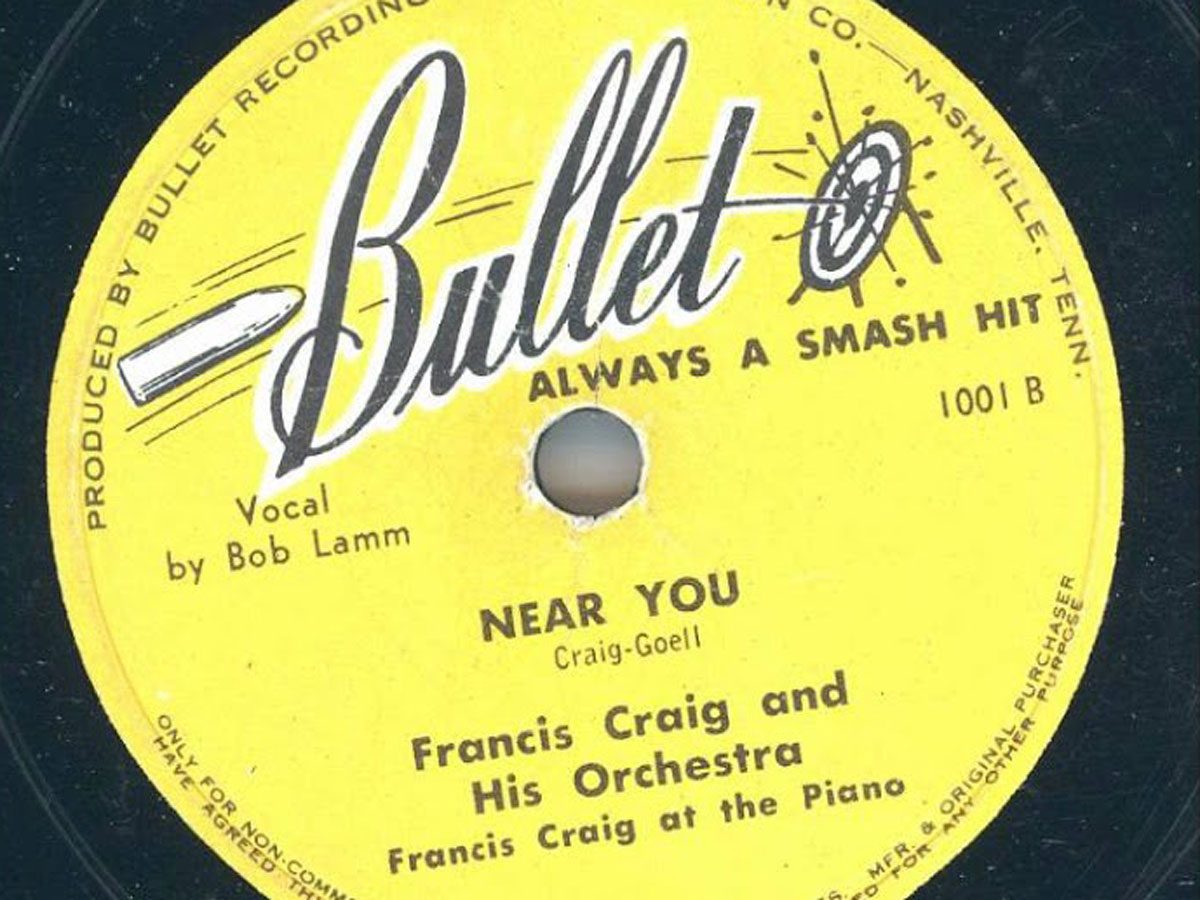
1947: “Near You” — Francis Craig and His Orchestra
Francis Craig was a renowned honky-tonk piano player who led his own Nashville-based dance band throughout the 1920s and ’30s.
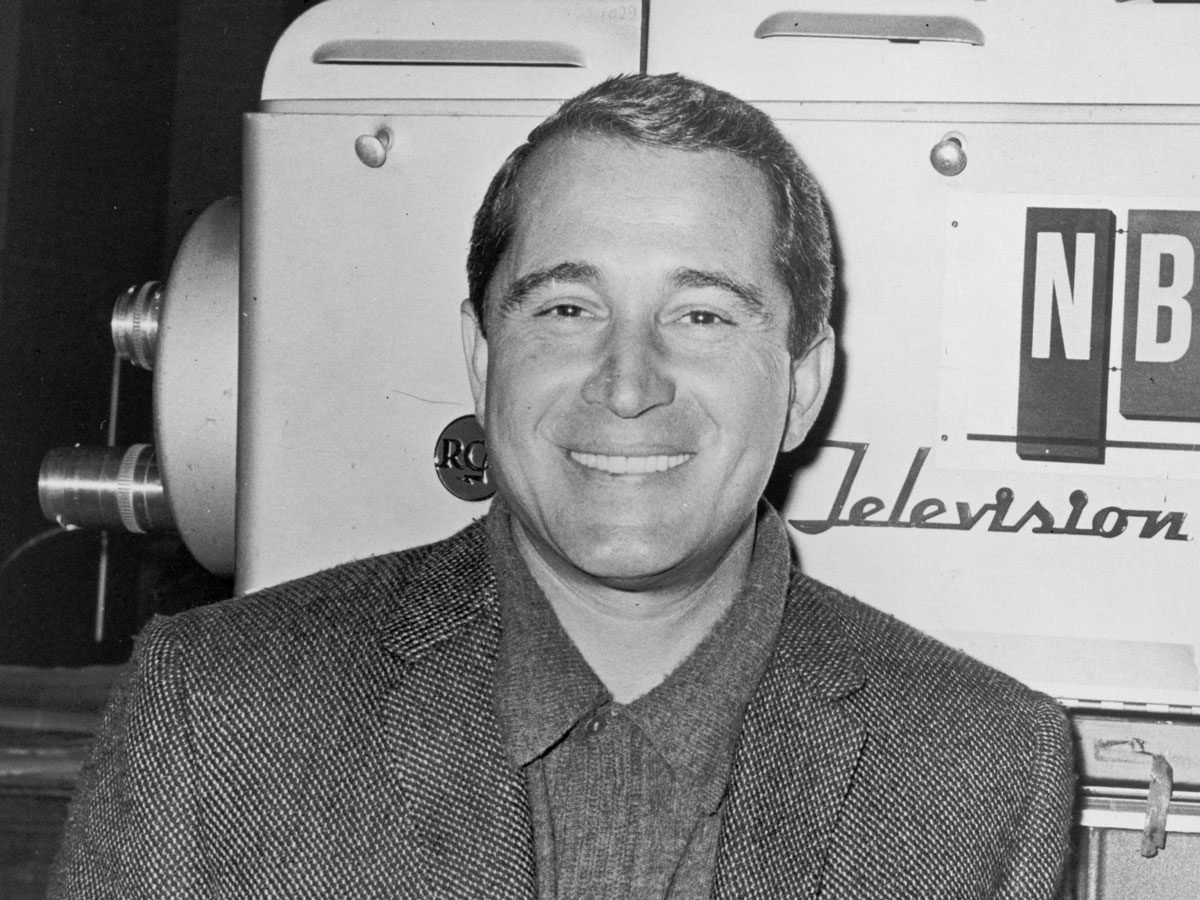
1946: “Prisoner of Love” — Perry Como
Legend has it that lyricist Leo Robin wrote the lyrics to “Prisoner of Love” in less than one hour in 1931. Popular baritone Russ Columbo sang the original, but the best-known version belongs to Perry Como.
Next, find out the biggest box office hits the year you were born!